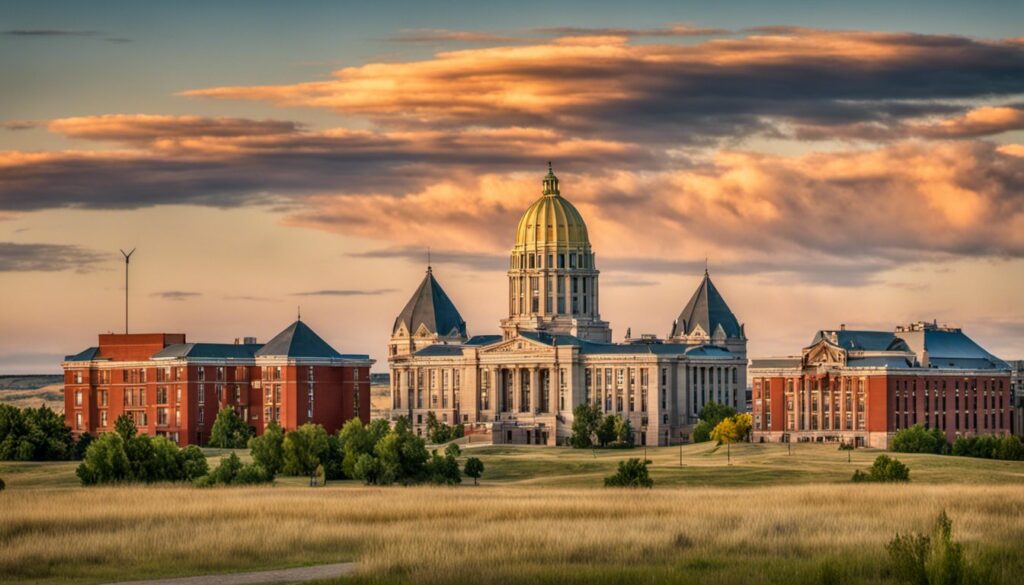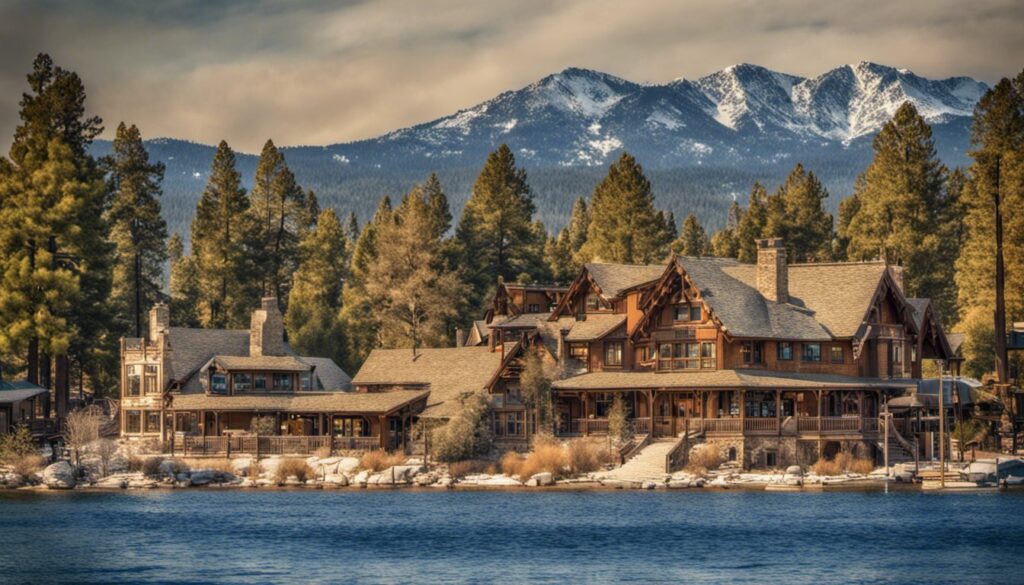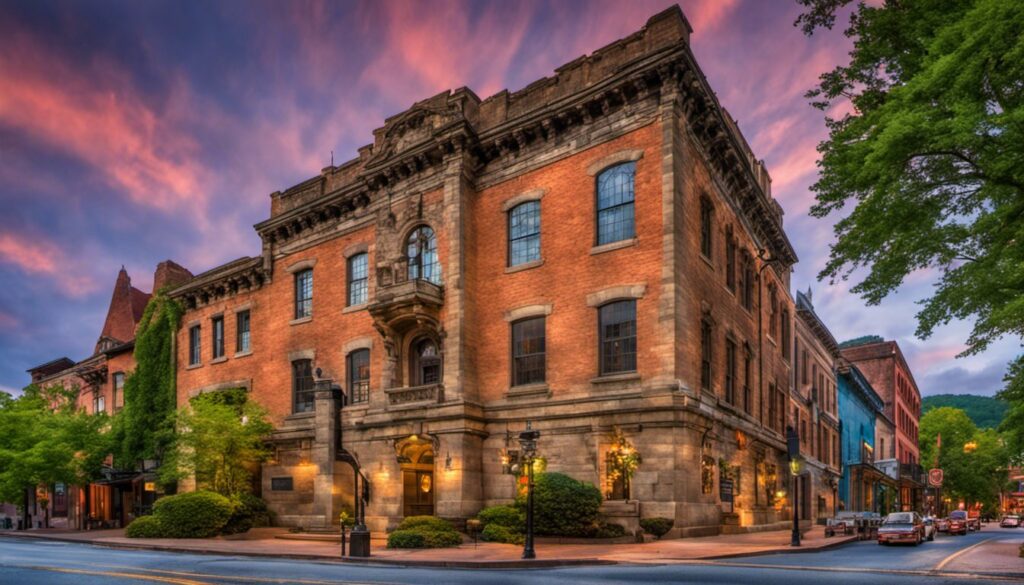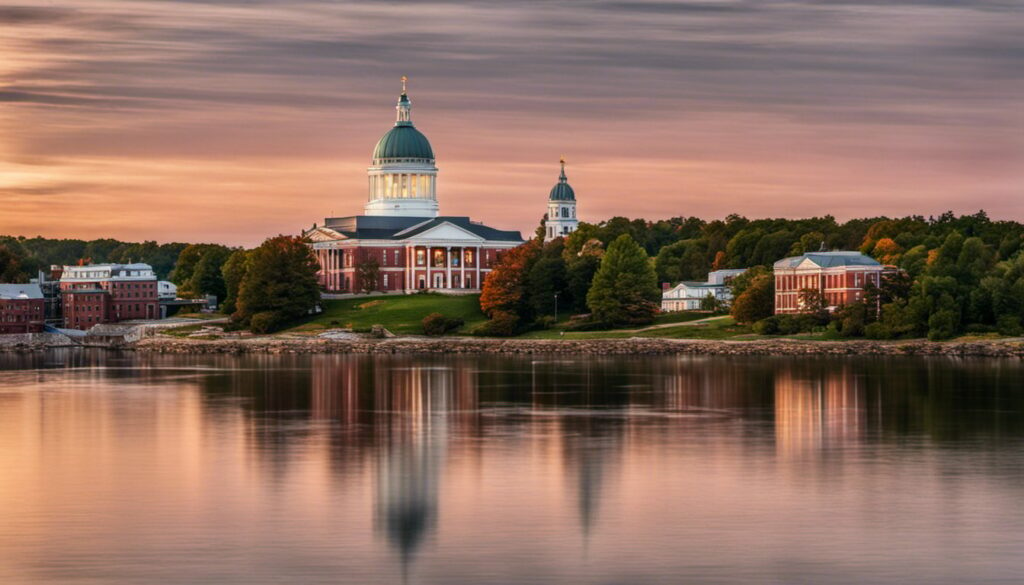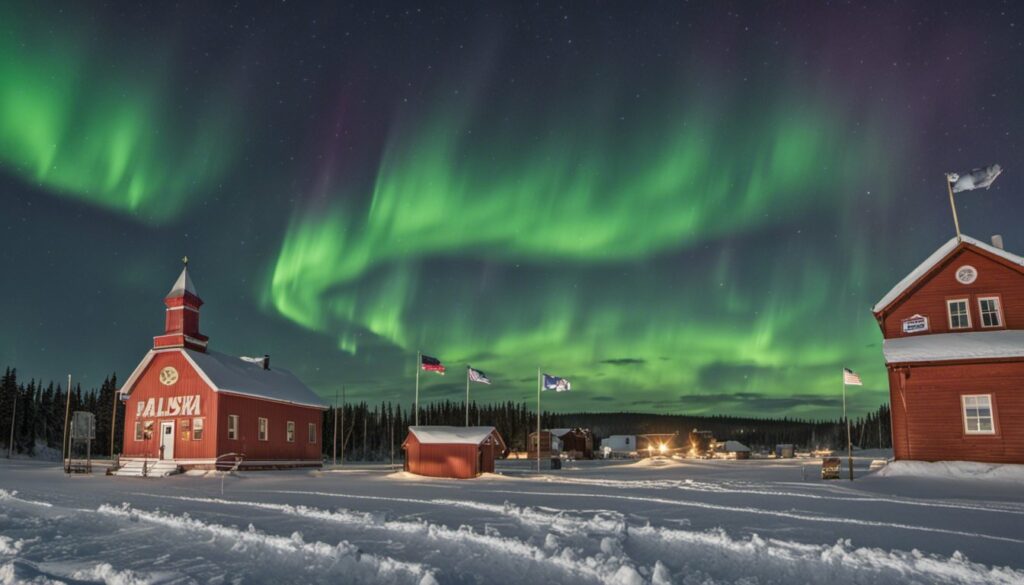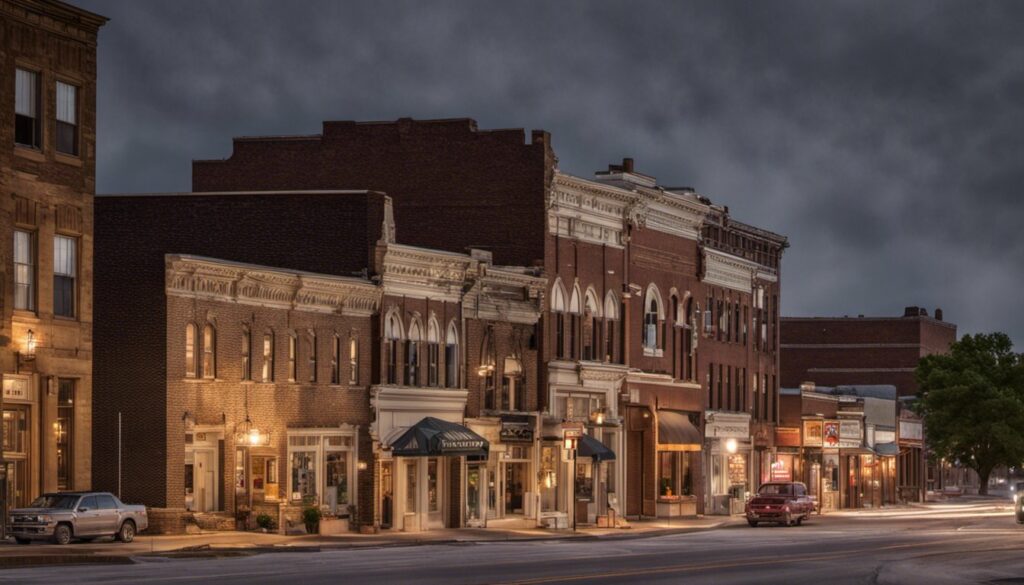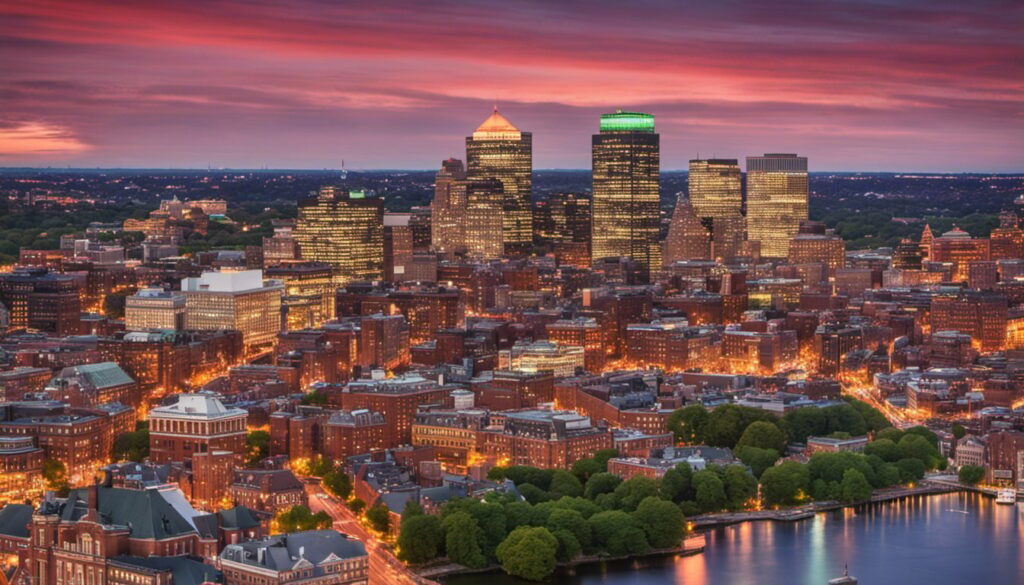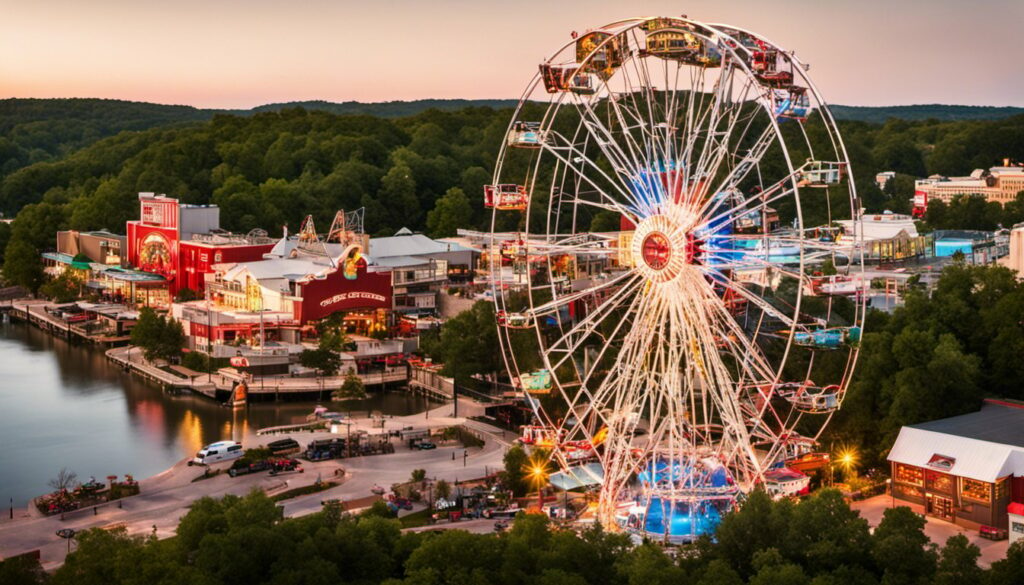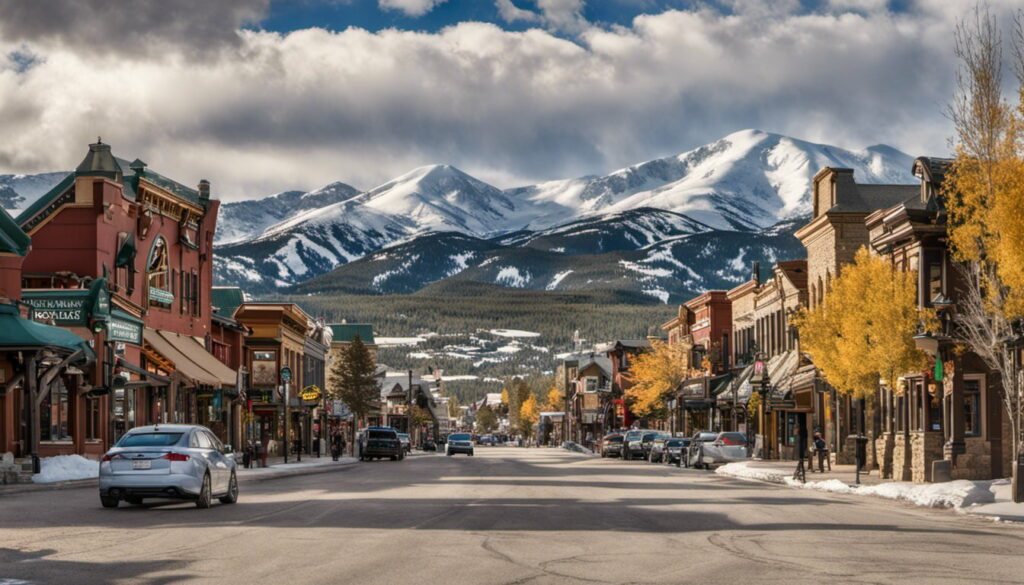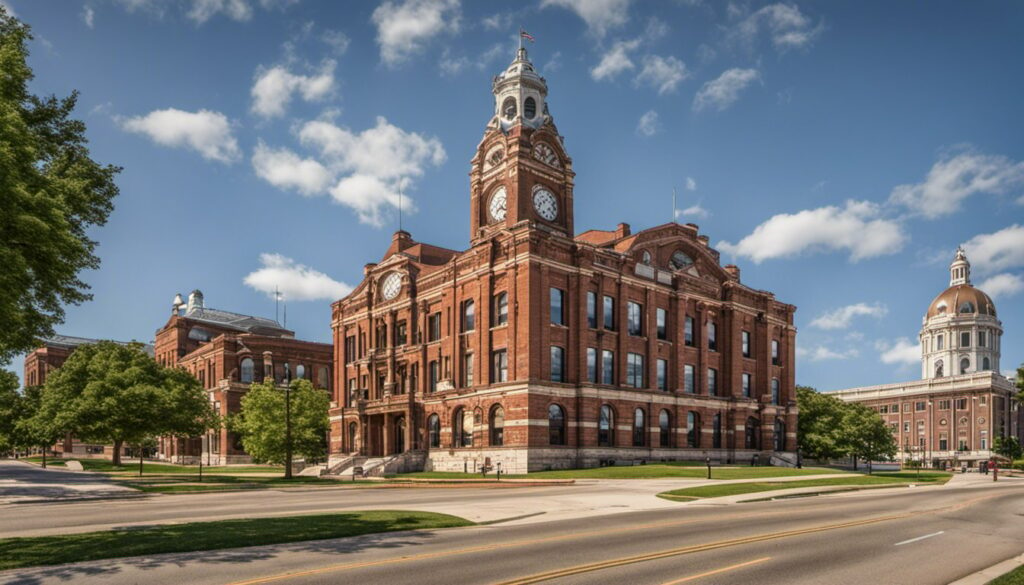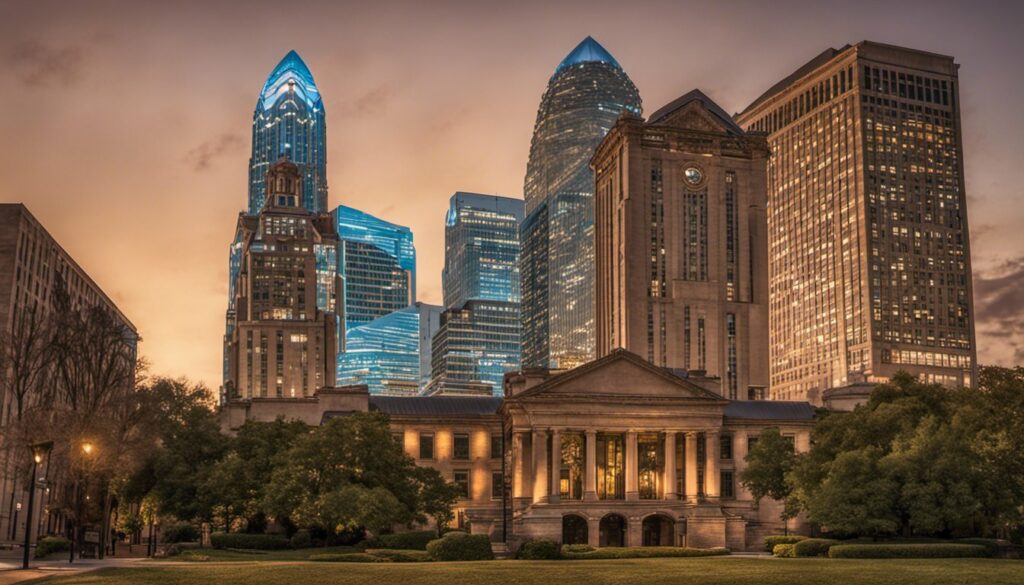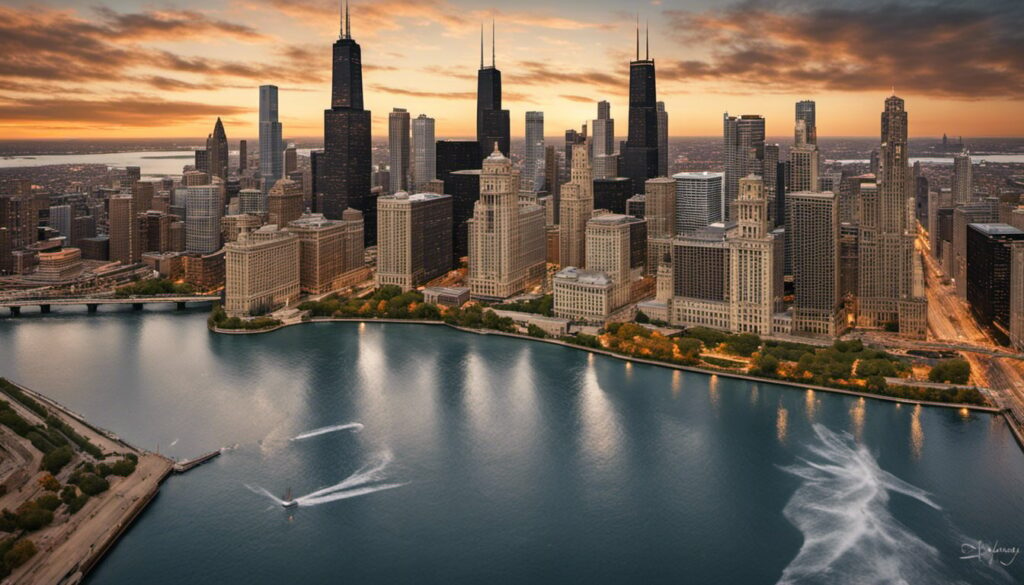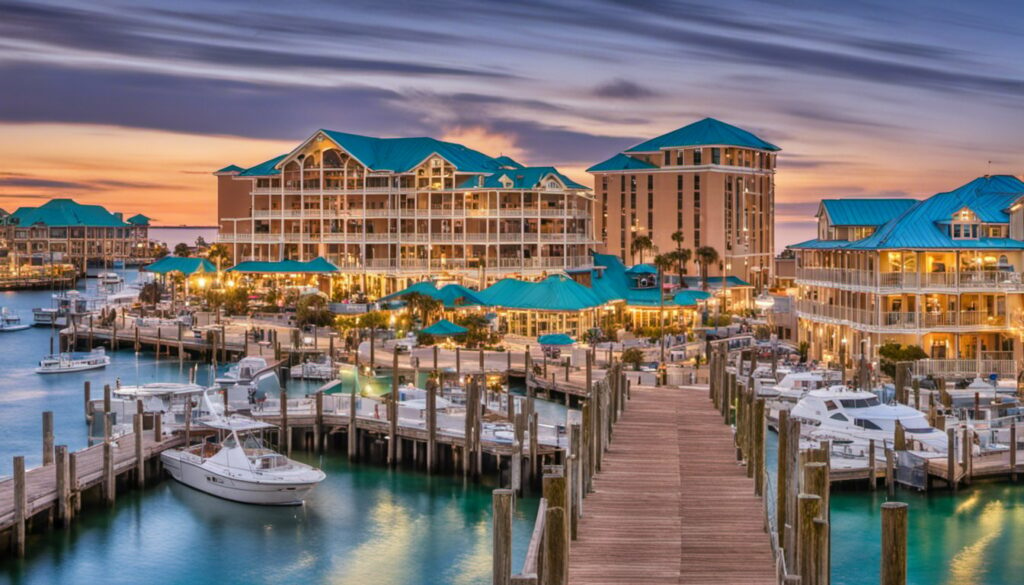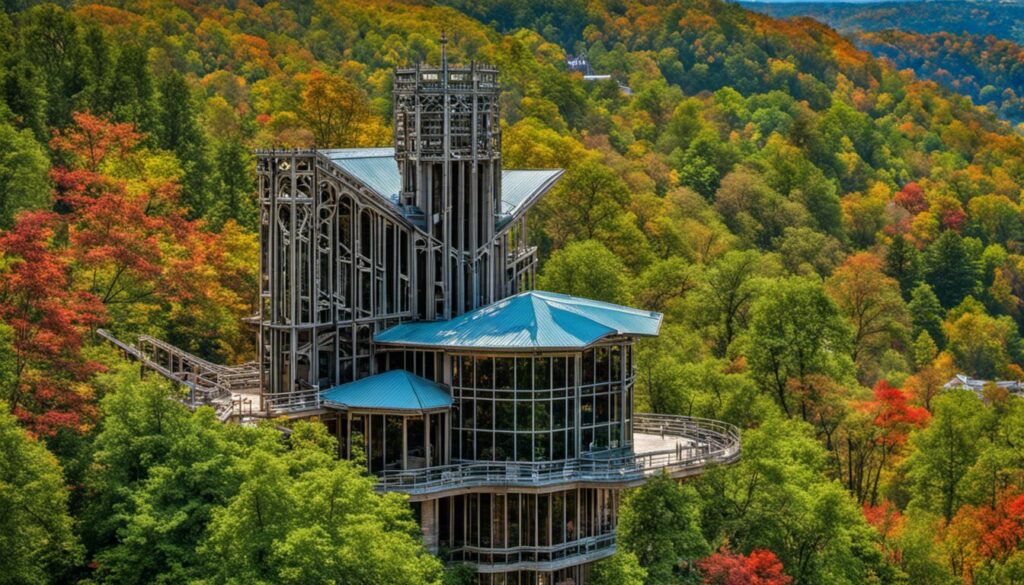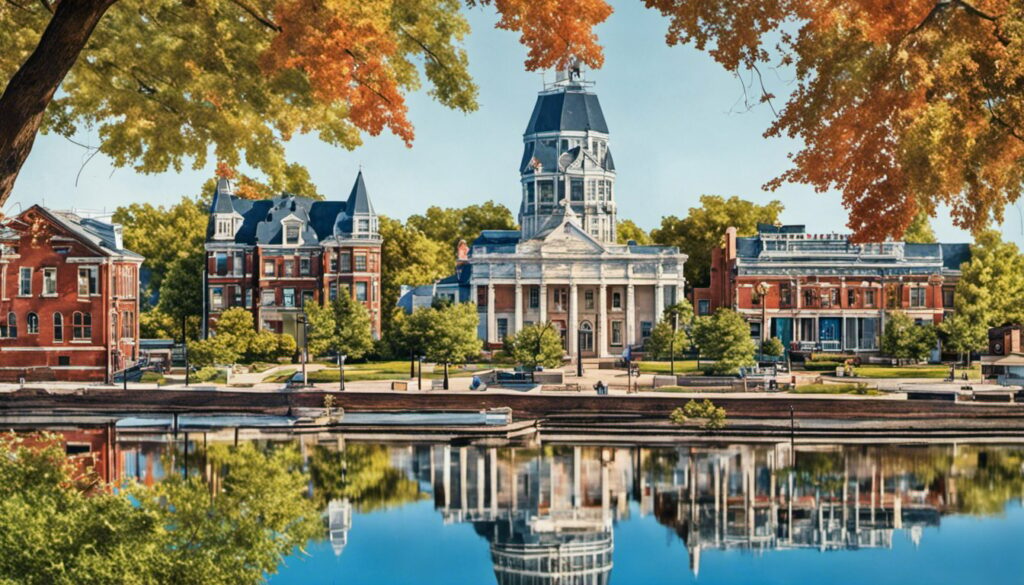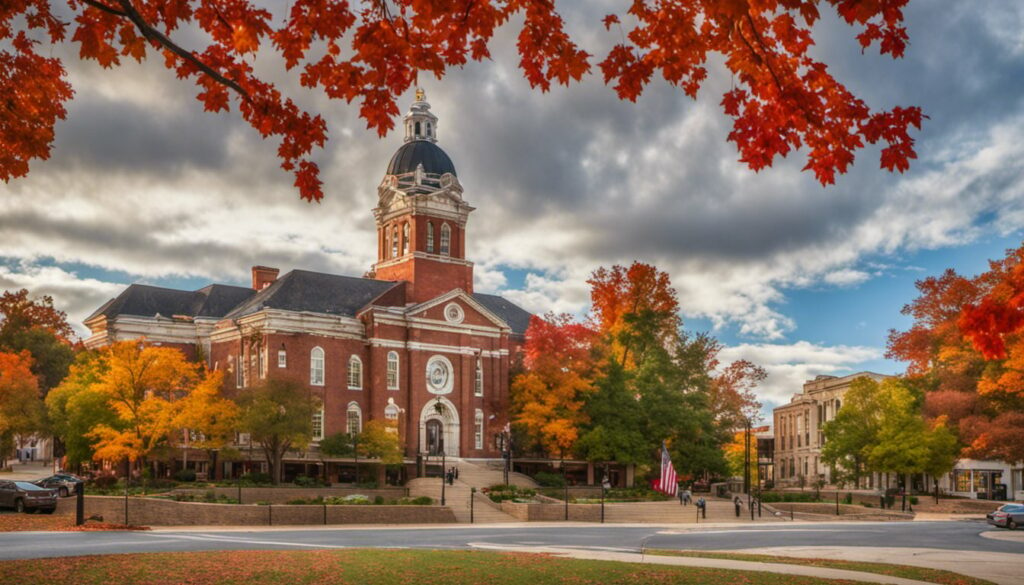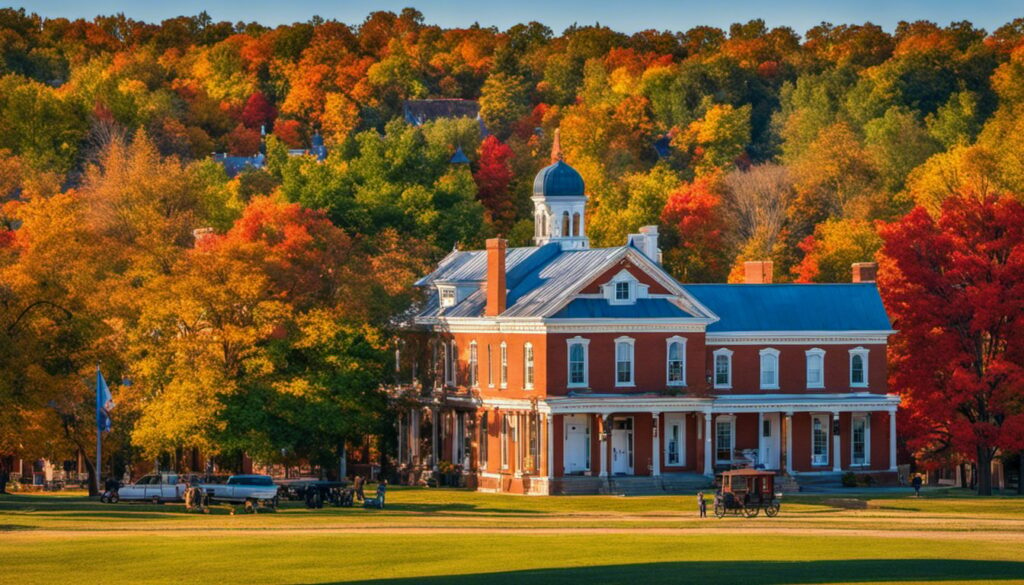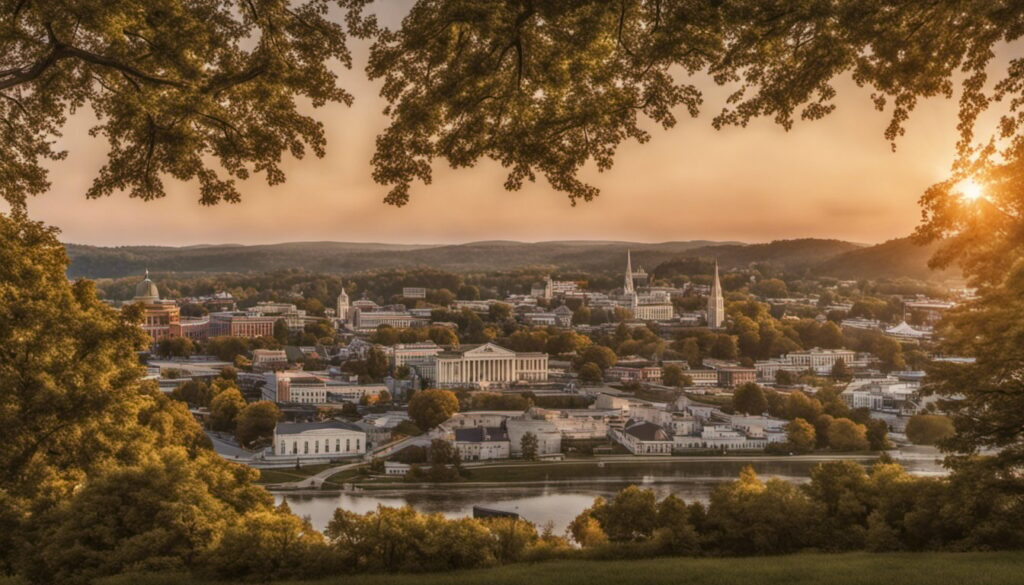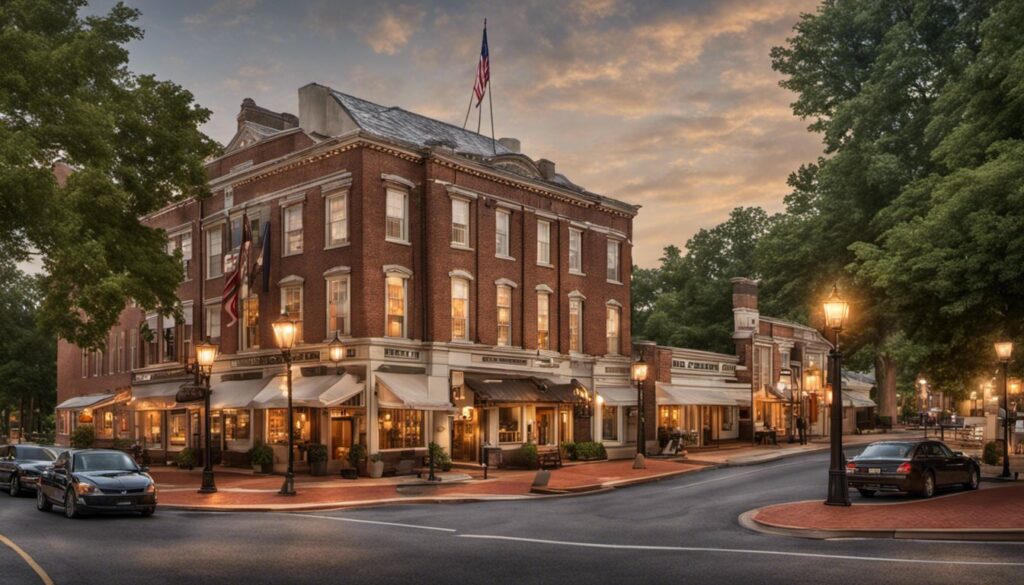Table Of Content
- Excitedly Exploring: Historical Sites and Famous Landmarks in North Dakota
- Exploring the State Parks
- Historical Landmarks and Their Significance
- Exploring the Rich History of North Dakota
- Art and Exhibits in North Dakota
- Famous Cities and Their Attractions
- Unique Experiences in North Dakota
- Frequently Asked Questions
Excitedly Exploring: Historical Sites and Famous Landmarks in North Dakota
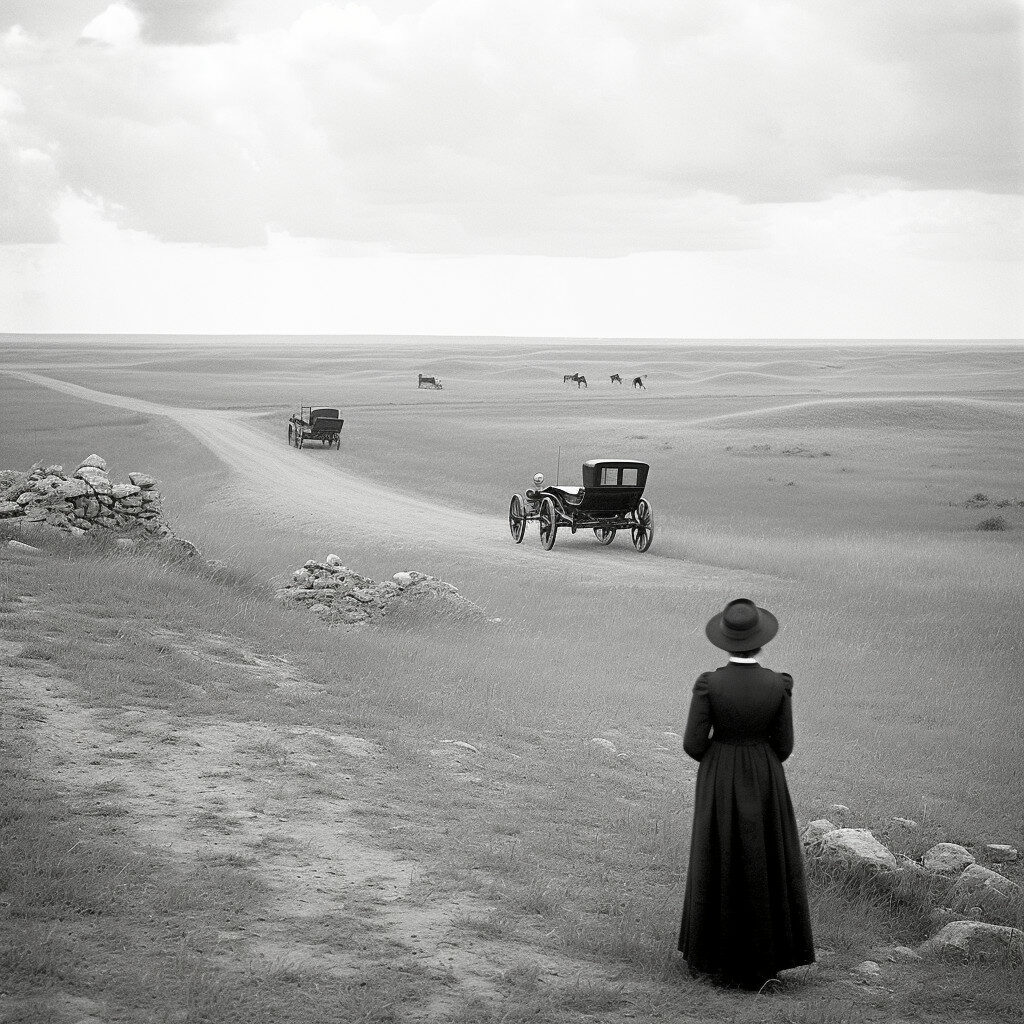
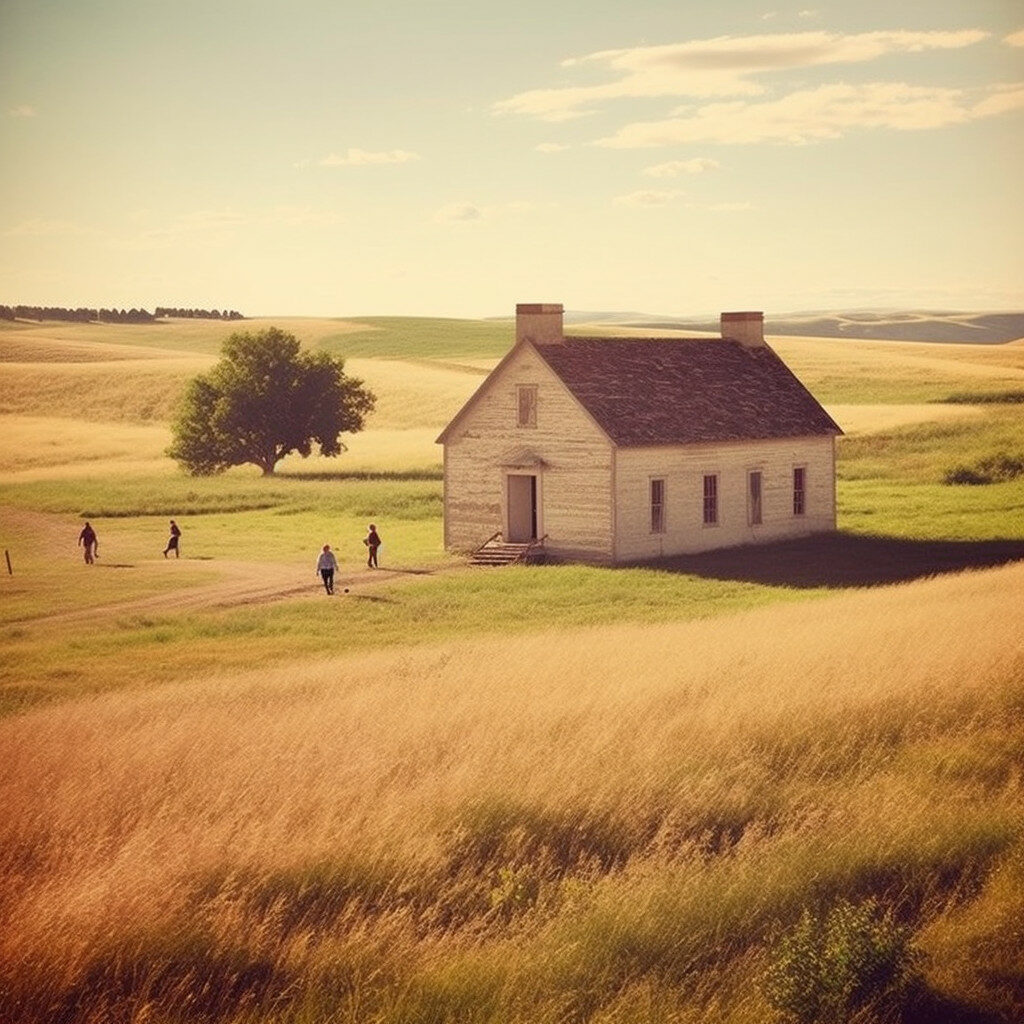
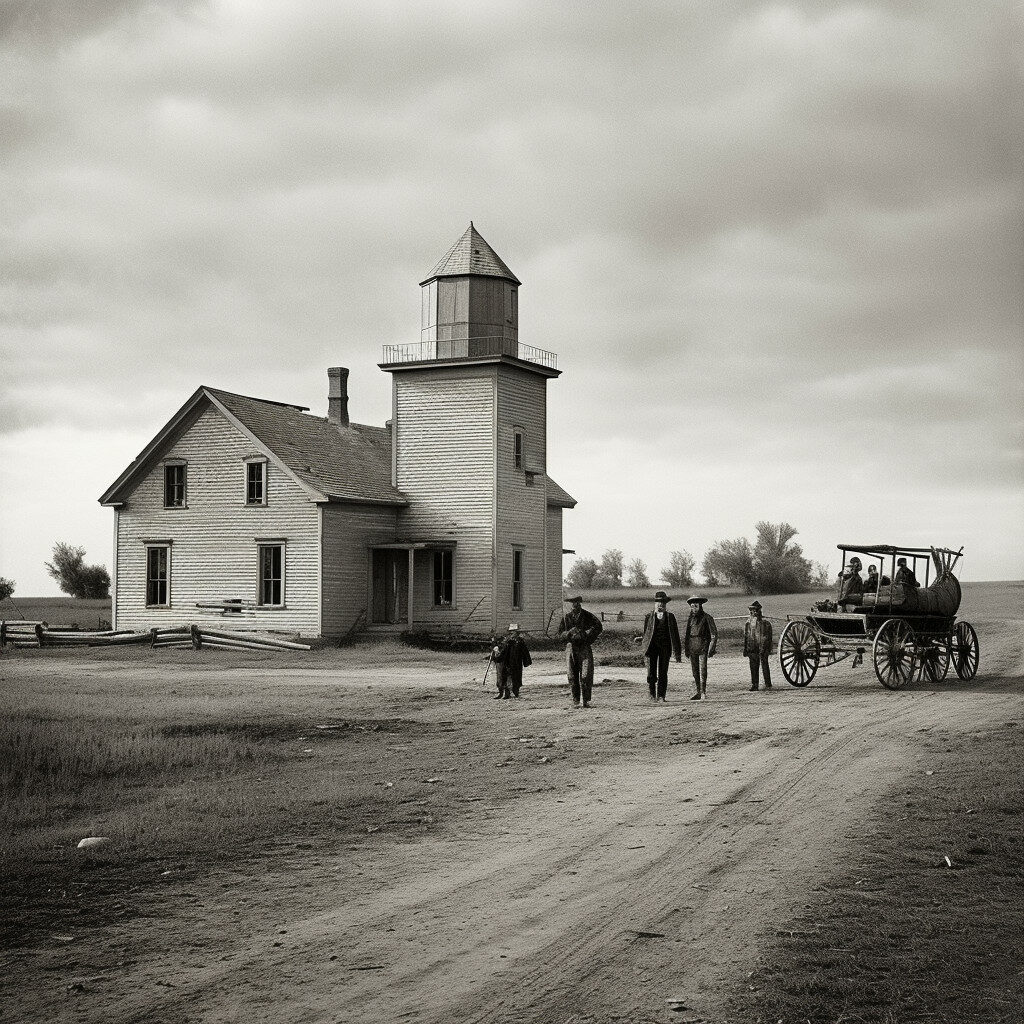
Are you planning a trip to North Dakota and want to explore the state’s rich history and landmarks? North Dakota is a state with a fascinating past, and there are many historical sites and famous landmarks that you can visit to learn more about the state’s history and culture. From national parks to museums to historic buildings, there are plenty of places to explore in North Dakota.
One of the most popular ways to explore North Dakota’s history is by visiting the state parks. North Dakota is home to many state parks that offer a glimpse into the state’s past, as well as its natural beauty. You can explore the rugged Badlands of Theodore Roosevelt National Park, or visit the historic Fort Abraham Lincoln State Park, where you can see the reconstructed home of General Custer. Whether you’re interested in history, nature, or both, there’s a state park in North Dakota that’s perfect for you.
If you’re interested in exploring the rich history of North Dakota, there are many historical landmarks and sites that you can visit. Some of the most popular include the Bagg Bonanza Farm, the oldest surviving courthouse in North Dakota, and the Menoken Indian Village Site. These sites offer a glimpse into the state’s past, and are a great way to learn more about North Dakota’s unique history and culture.
Exploring the State Parks
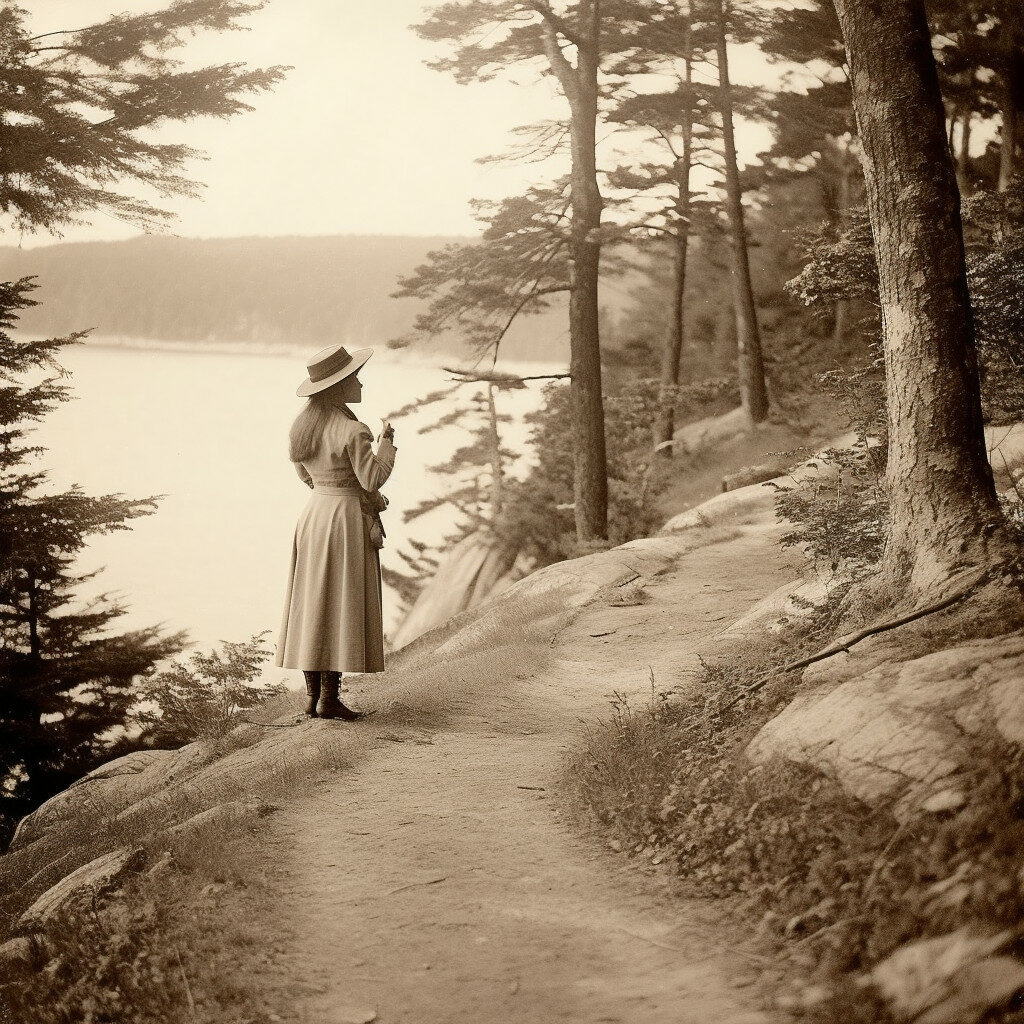
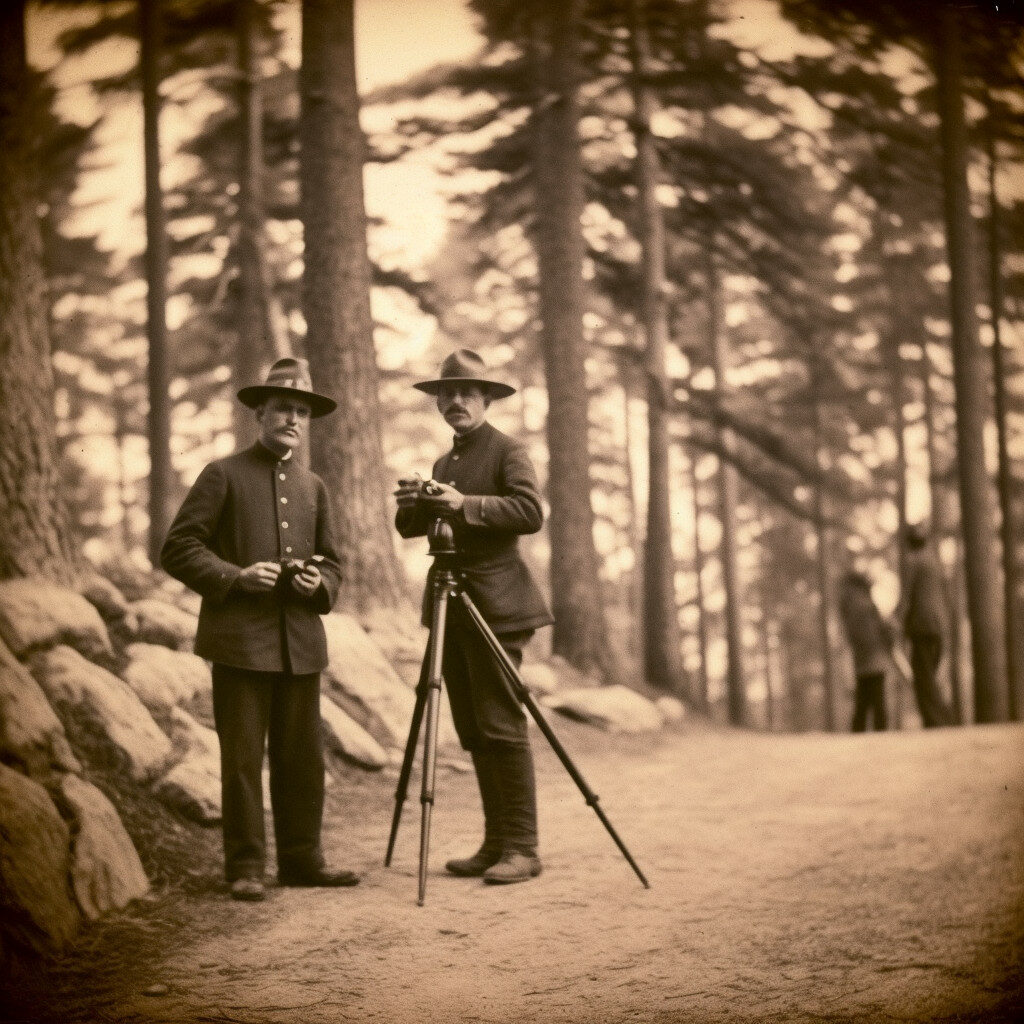
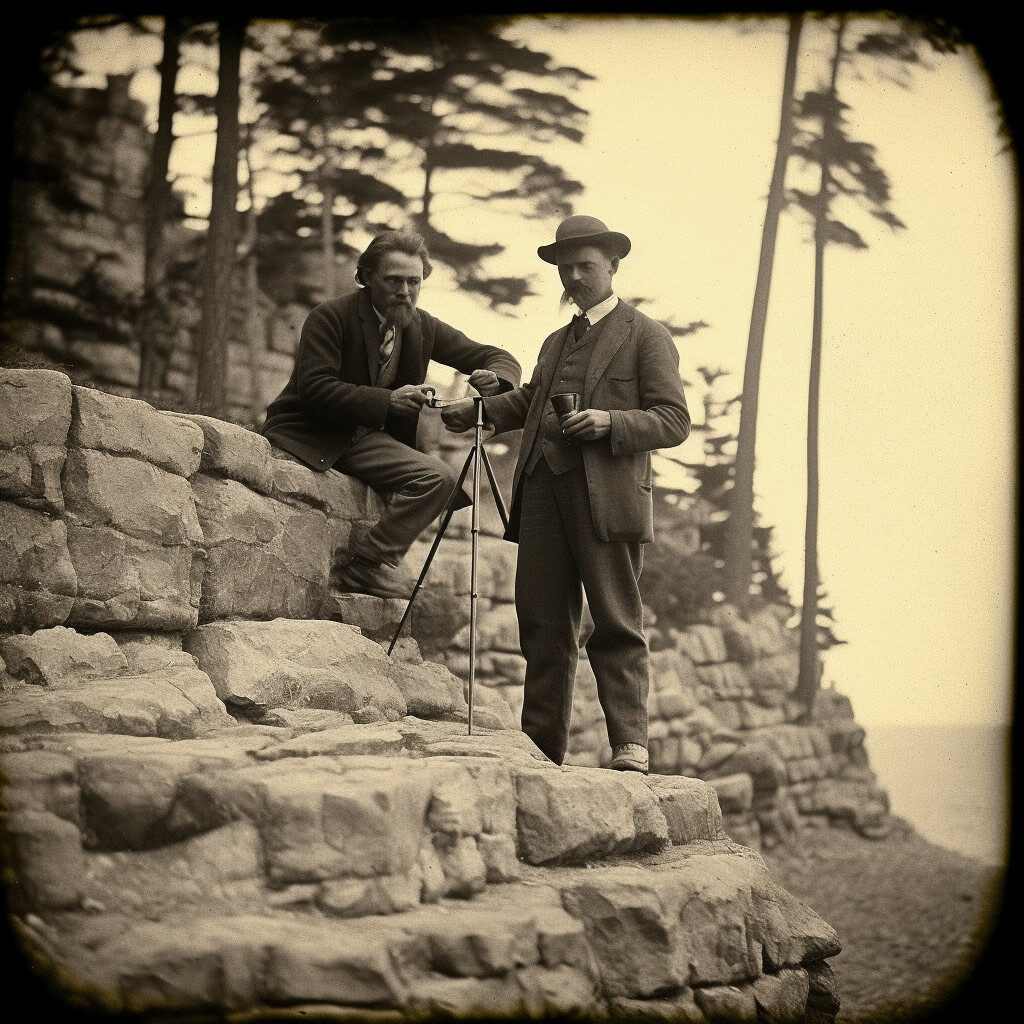
You are in for a treat when it comes to exploring the state parks in North Dakota. From the majestic crags of the Badlands to the delicate blooms of a botanical garden, the state parks offer an up-close look at the state’s beauty and diversity.
One of the most famous state parks in North Dakota is the Theodore Roosevelt National Park. Established to honor U.S. President Theodore Roosevelt, it is the only national park named after a single person in the United States. The park is divided into three units: the North Unit, the South Unit, and the Elkhorn Ranch Unit. Each unit has its own unique features and attractions, such as the Oxbow Overlook at Sunrise in the North Unit, the Painted Canyon Overlook in the South Unit, and the site of the Elkhorn Ranch in the Elkhorn Ranch Unit.
Another popular state park is the Little Missouri State Park, which offers visitors a chance to explore the rugged beauty of the Badlands. The park is home to a variety of wildlife, including bison, elk, and pronghorn, as well as a network of hiking trails that wind through the canyons and valleys of the park.
If you’re interested in history, be sure to visit the Fort Abraham Lincoln State Park. The park is home to the reconstructed Fort Abraham Lincoln, which was an important military post during the Indian Wars of the late 19th century. You can take a guided tour of the fort, explore the reconstructed Mandan Indian Village, or hike the trails that wind through the park.
Other state historic sites that are worth a visit include the Fort Buford State Historic Site, the Fort Totten State Historic Site, the Fort Mandan State Historic Site, and the Ronald Reagan Minuteman Missile State Historic Site. Each site offers a unique glimpse into North Dakota’s rich history and heritage, from the military history of Fort Buford to the Native American history of Fort Totten.
No matter which state park you choose to explore, you’re sure to be amazed by the natural beauty and rich history of North Dakota. So pack your bags, grab your hiking boots, and get ready for an adventure you’ll never forget!
Historical Landmarks and Their Significance
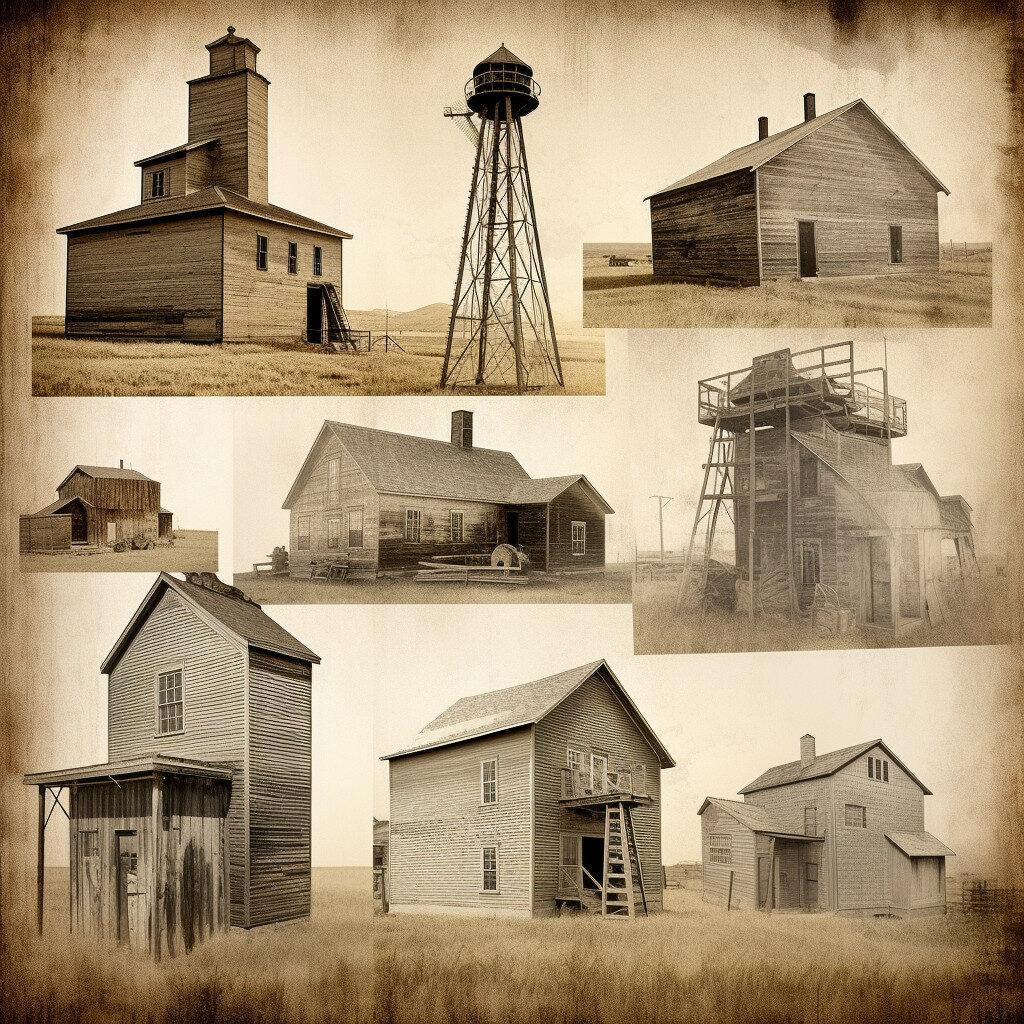
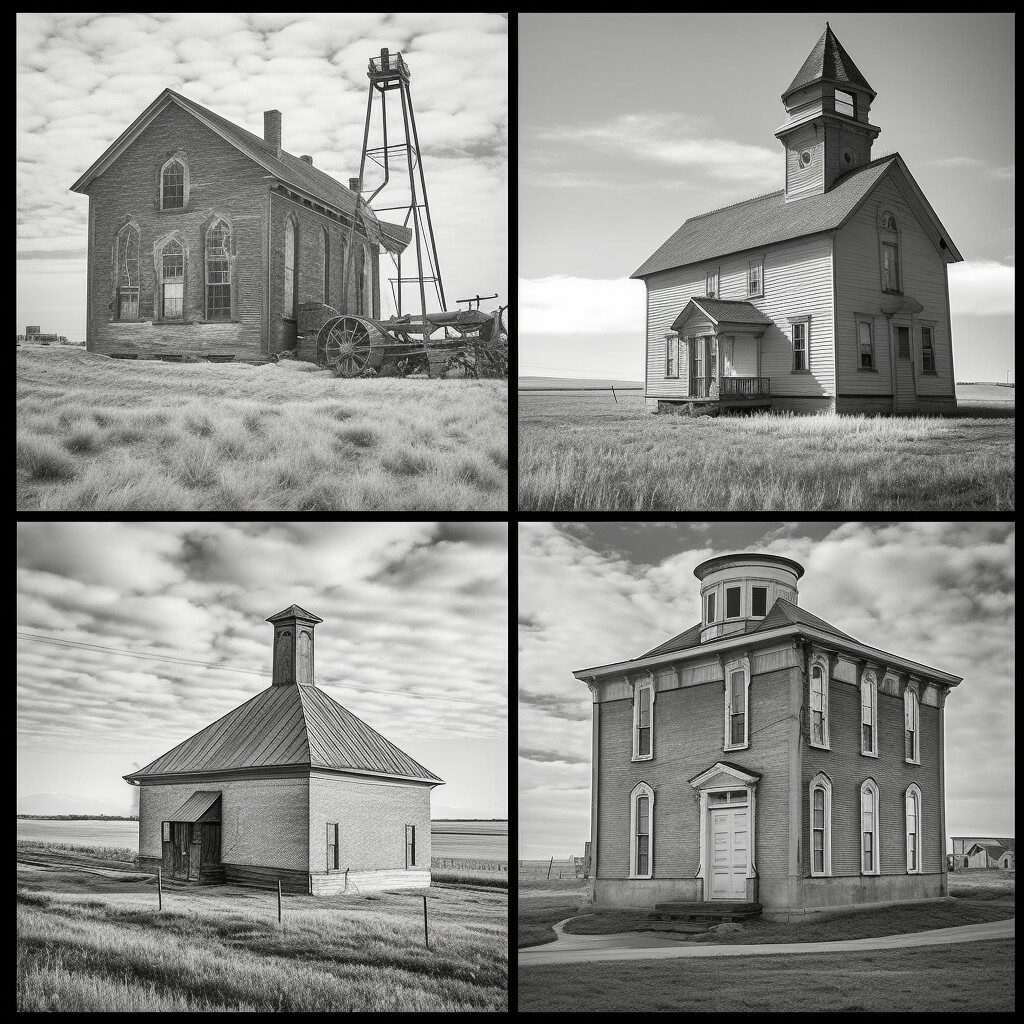
North Dakota is a state with a rich history, and its historical landmarks are a testament to that. Exploring these landmarks is a great way to learn about the state’s past and gain a deeper appreciation for its heritage. Here are some of the most notable historical landmarks in North Dakota and their significance:
- Fort Abraham Lincoln: This fort was built in the 1860s and served as a major military post during the Indian Wars. It was also the home of General George Custer and his wife, Elizabeth. Today, the fort is a state park and offers tours of the reconstructed buildings, including Custer’s house.
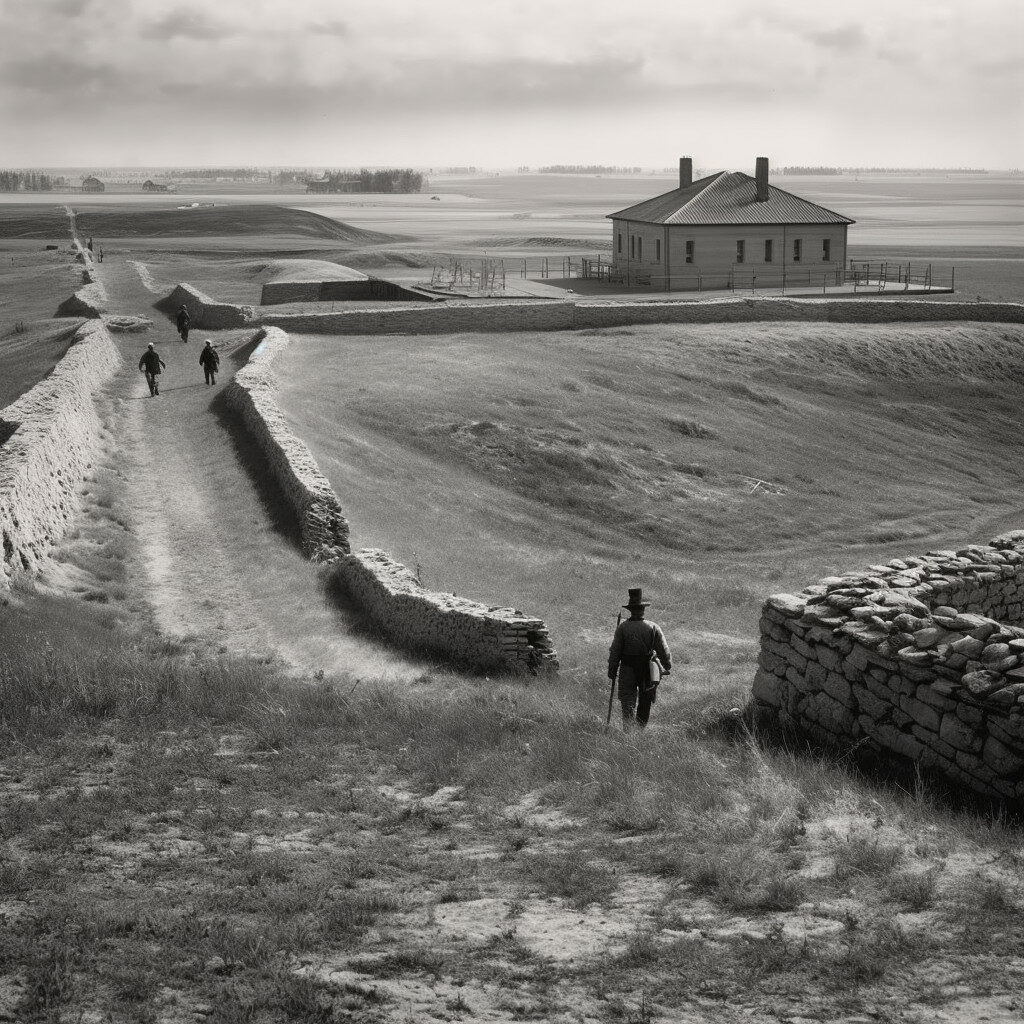
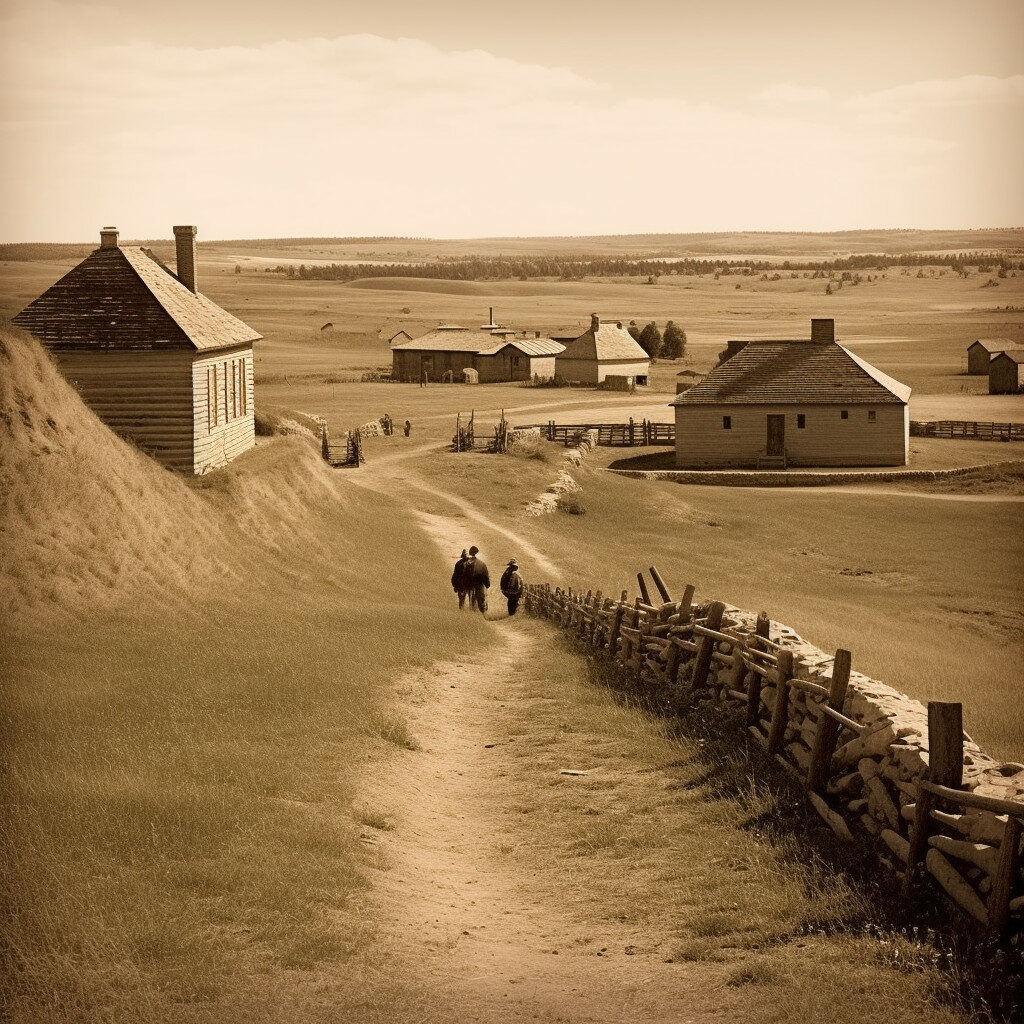
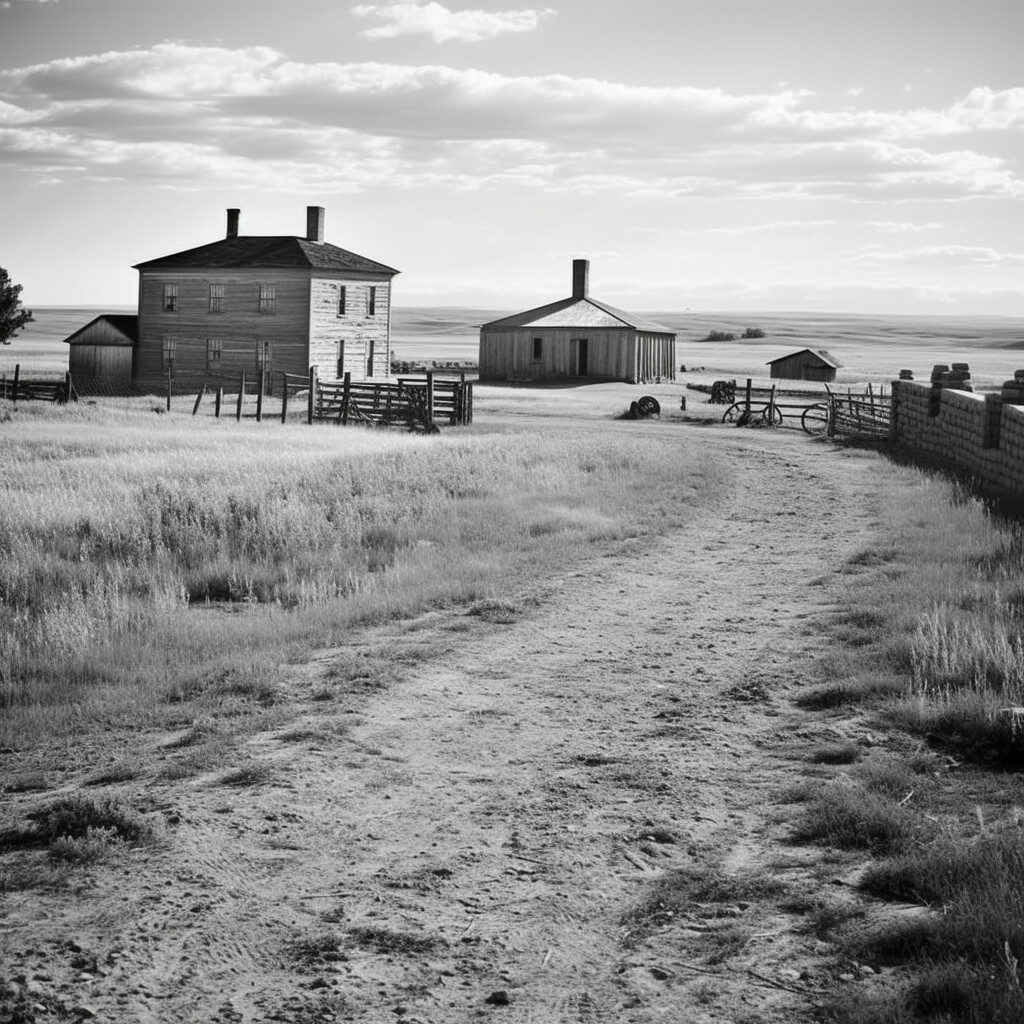
- Fort Union Trading Post: This trading post was established in 1828 and operated for over 40 years. It was a major hub of commerce in the region, trading furs, buffalo robes, and other goods. Today, the site is a national historic site and offers a glimpse into the life of a fur trader in the 19th century.
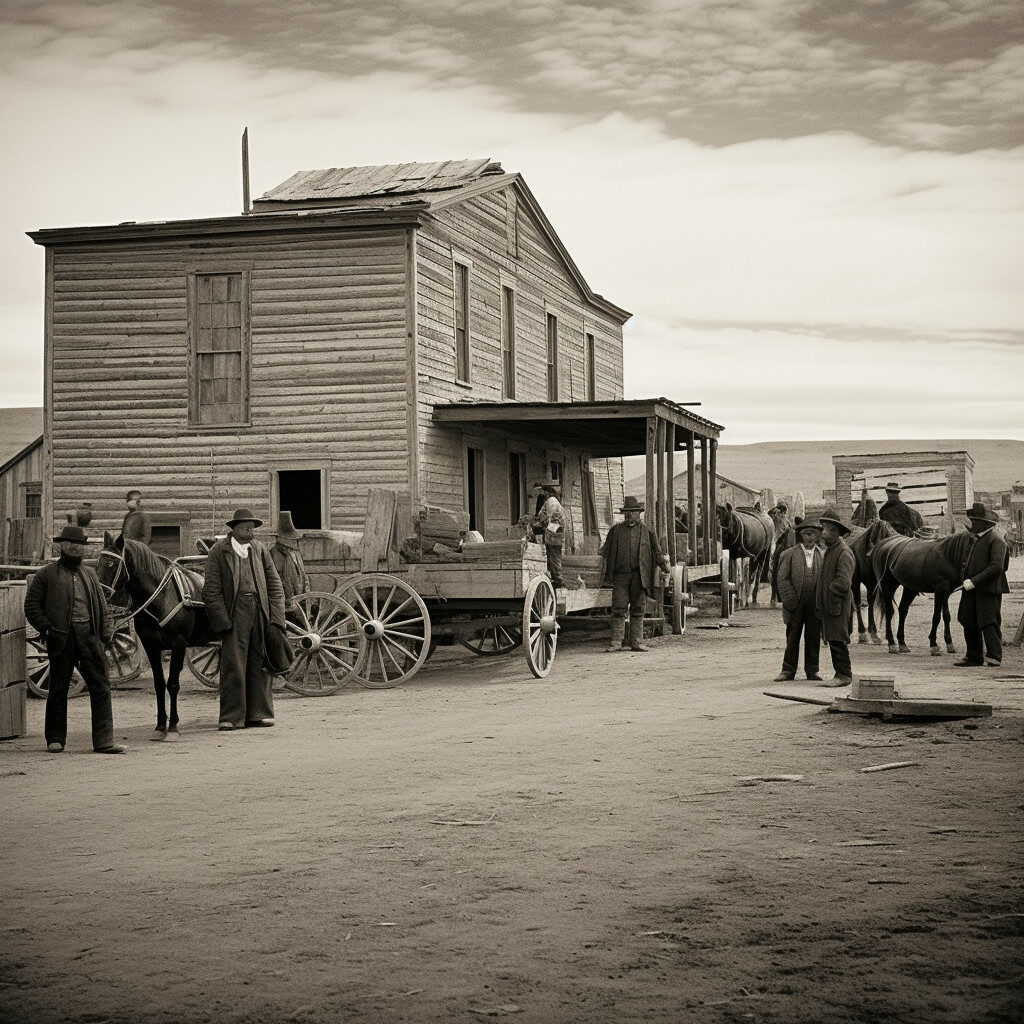
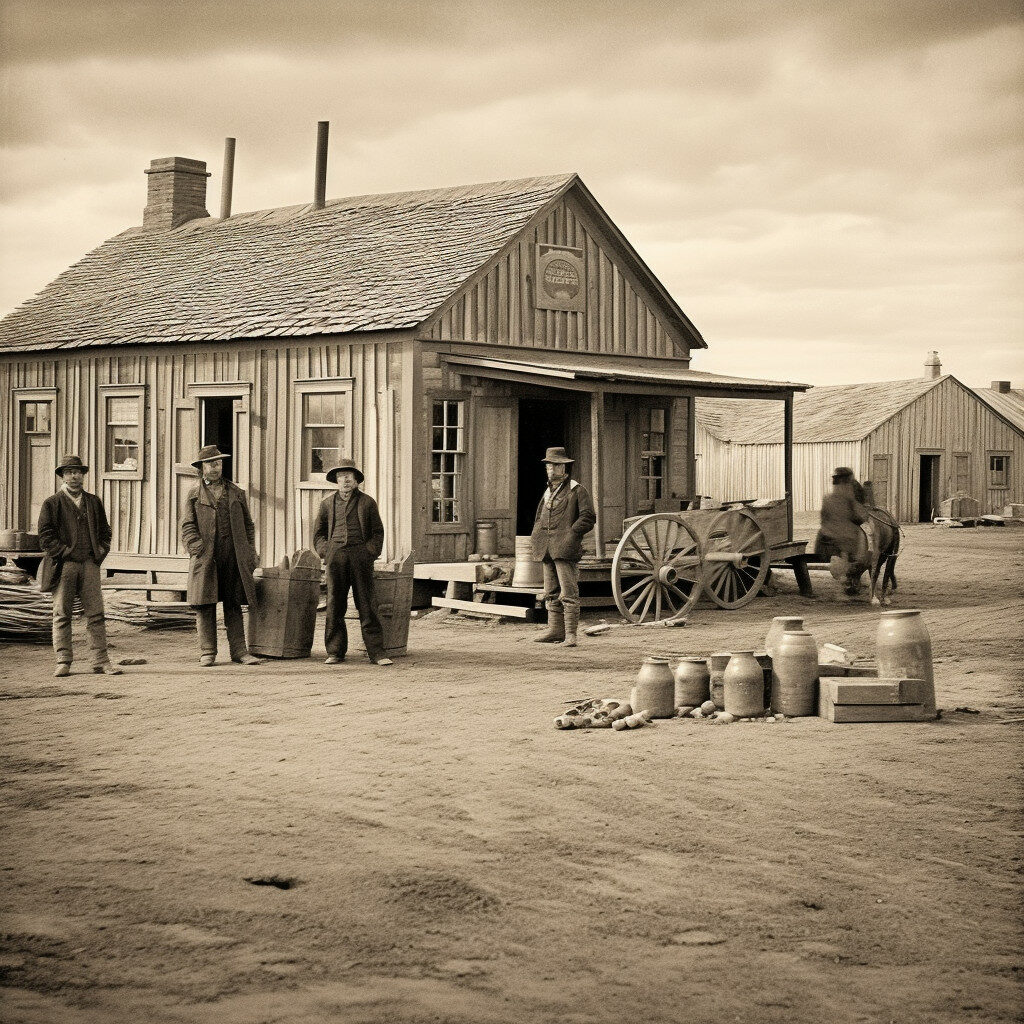
- Knife River Indian Villages: This site is home to the ruins of several Native American villages, including the Hidatsa, Mandan, and Arikara tribes. The villages date back to the 16th century and were a major center of trade and agriculture in the region. Today, the site is a national historic site and offers tours of the ruins and reconstructed earth lodges.
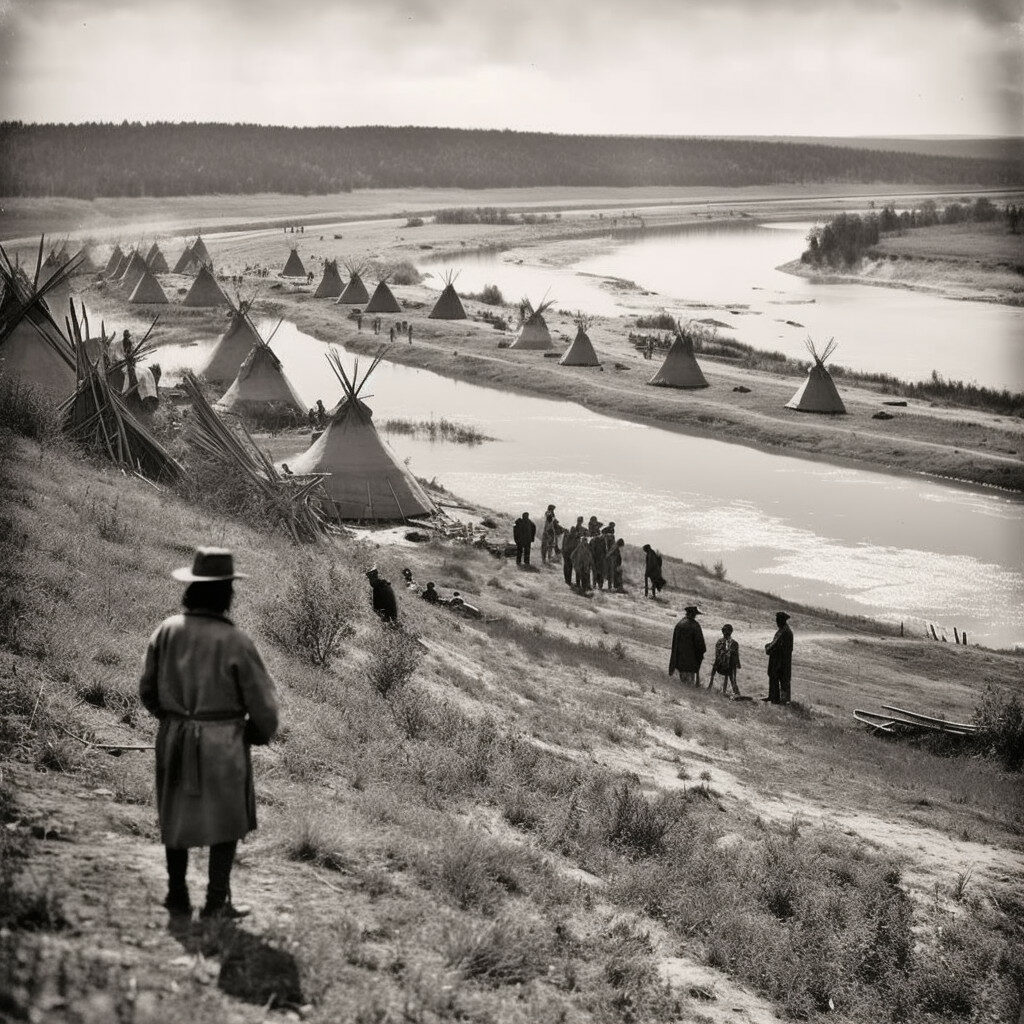
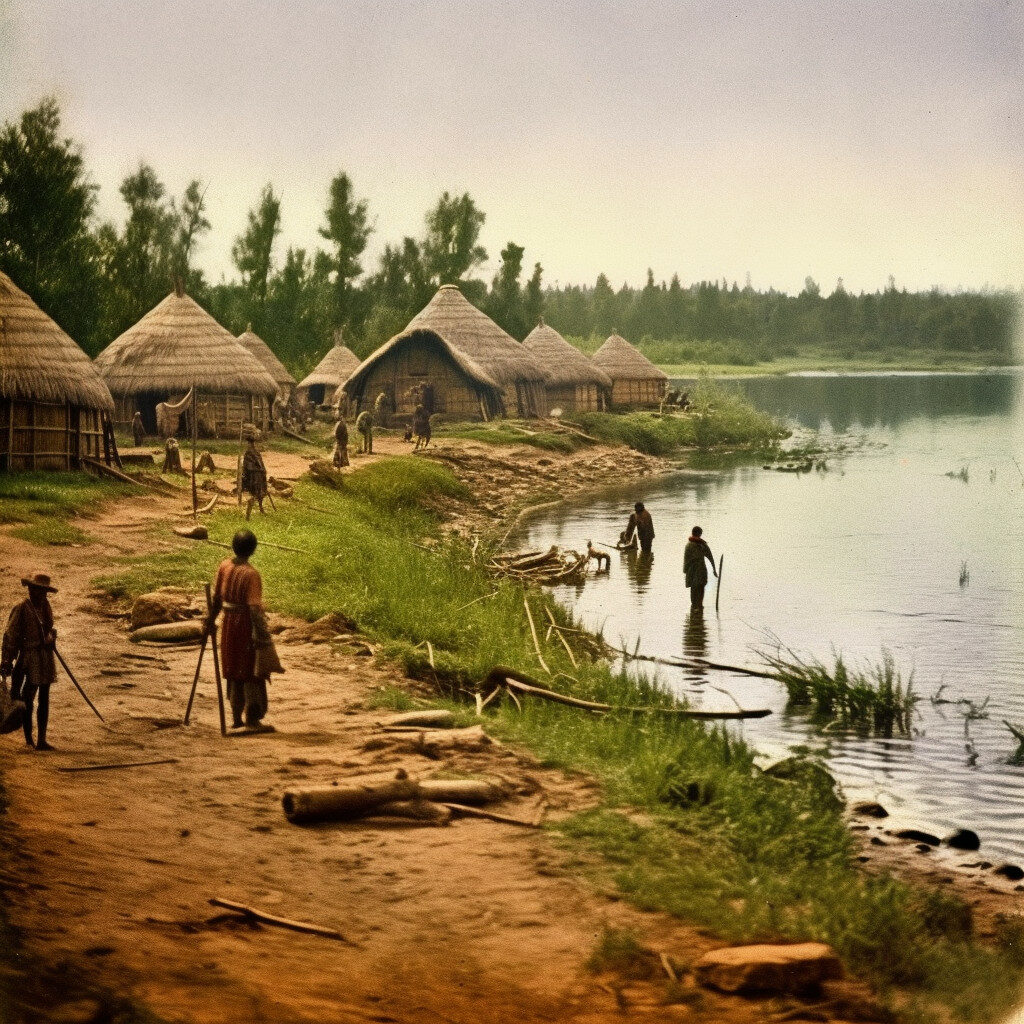
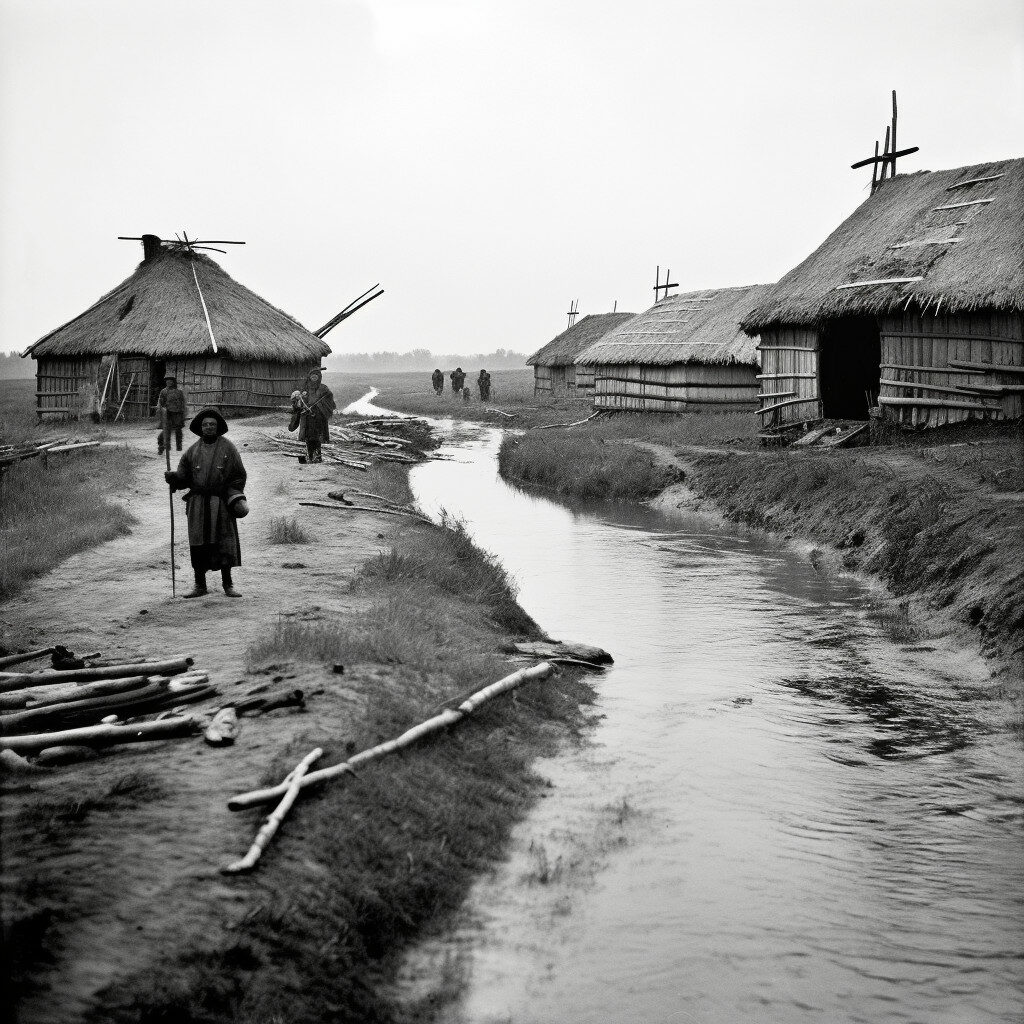
- Fort Buford: This fort was established in 1866 and served as a major military post during the Indian Wars. It was also the site of the surrender of the Sioux chief, Sitting Bull, in 1881. Today, the site is a state historic site and offers tours of the reconstructed buildings, including the guardhouse and officers’ quarters.
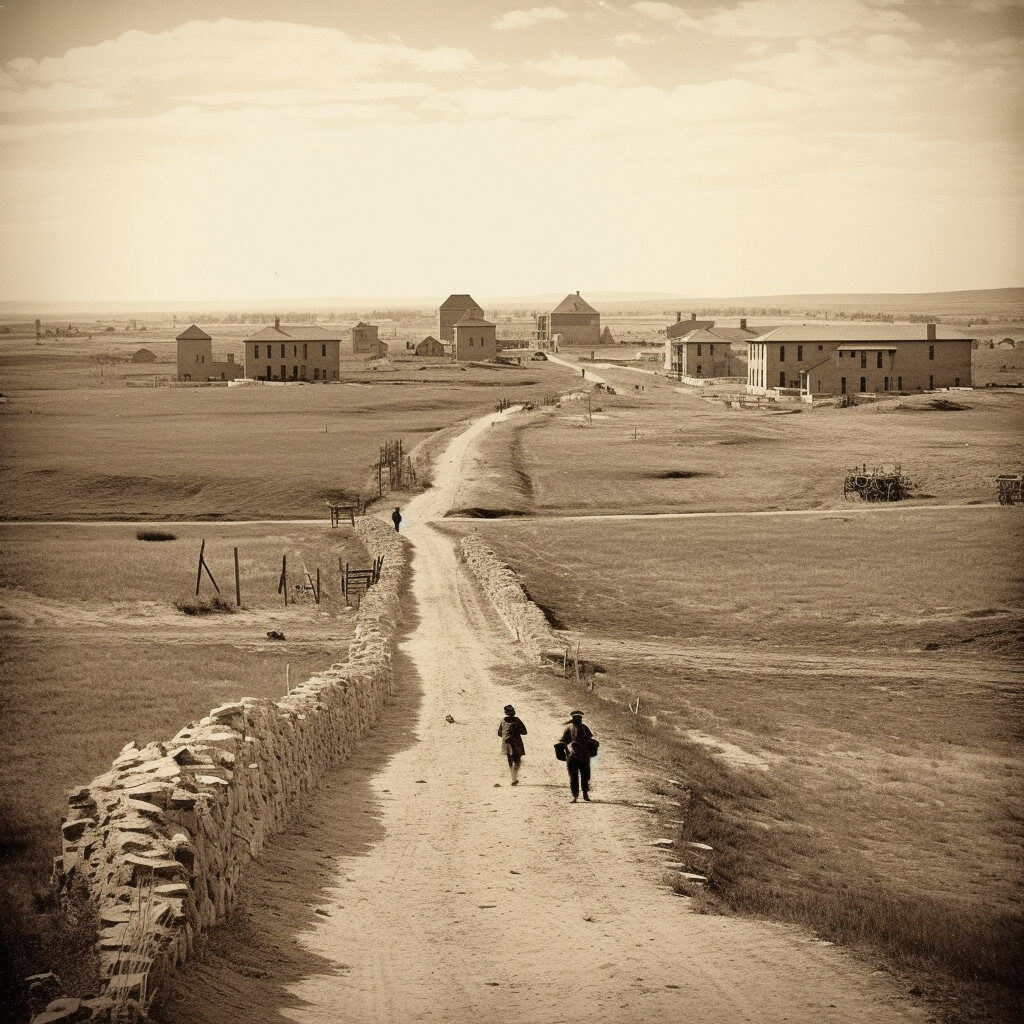
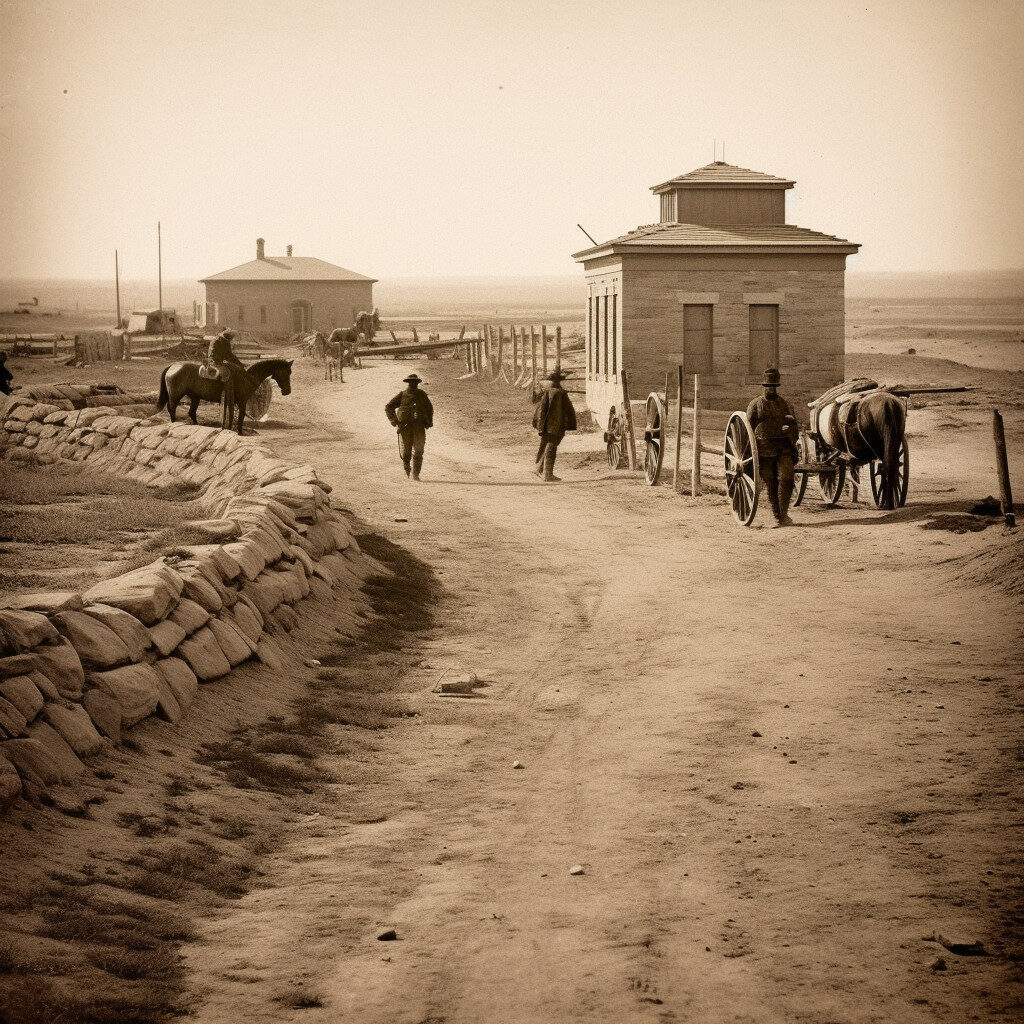
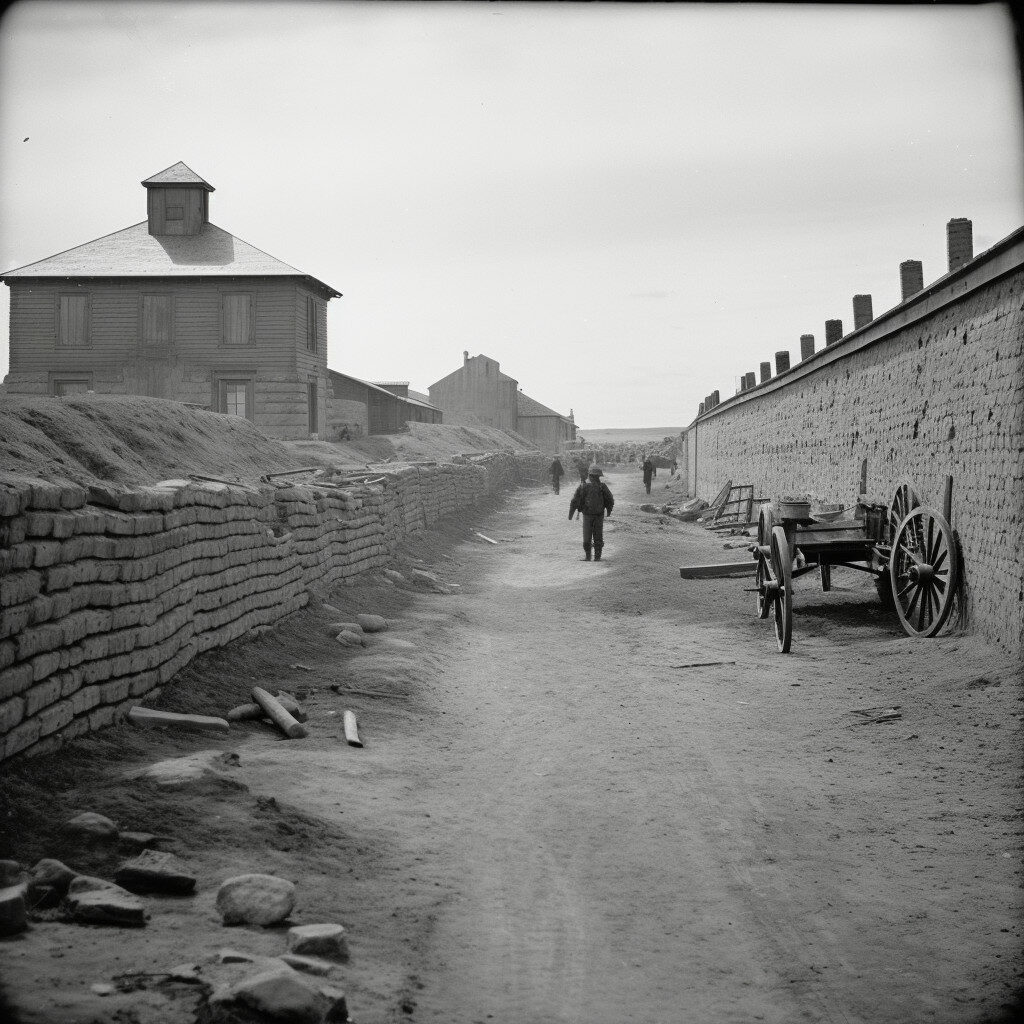
- Bagg Bonanza Farm: This farm was established in the late 19th century and was one of the largest wheat farms in the world. It was a major contributor to the state’s economy and helped establish North Dakota as a major agricultural center. Today, the farm is a state historic site and offers tours of the restored buildings, including the main house and barn.
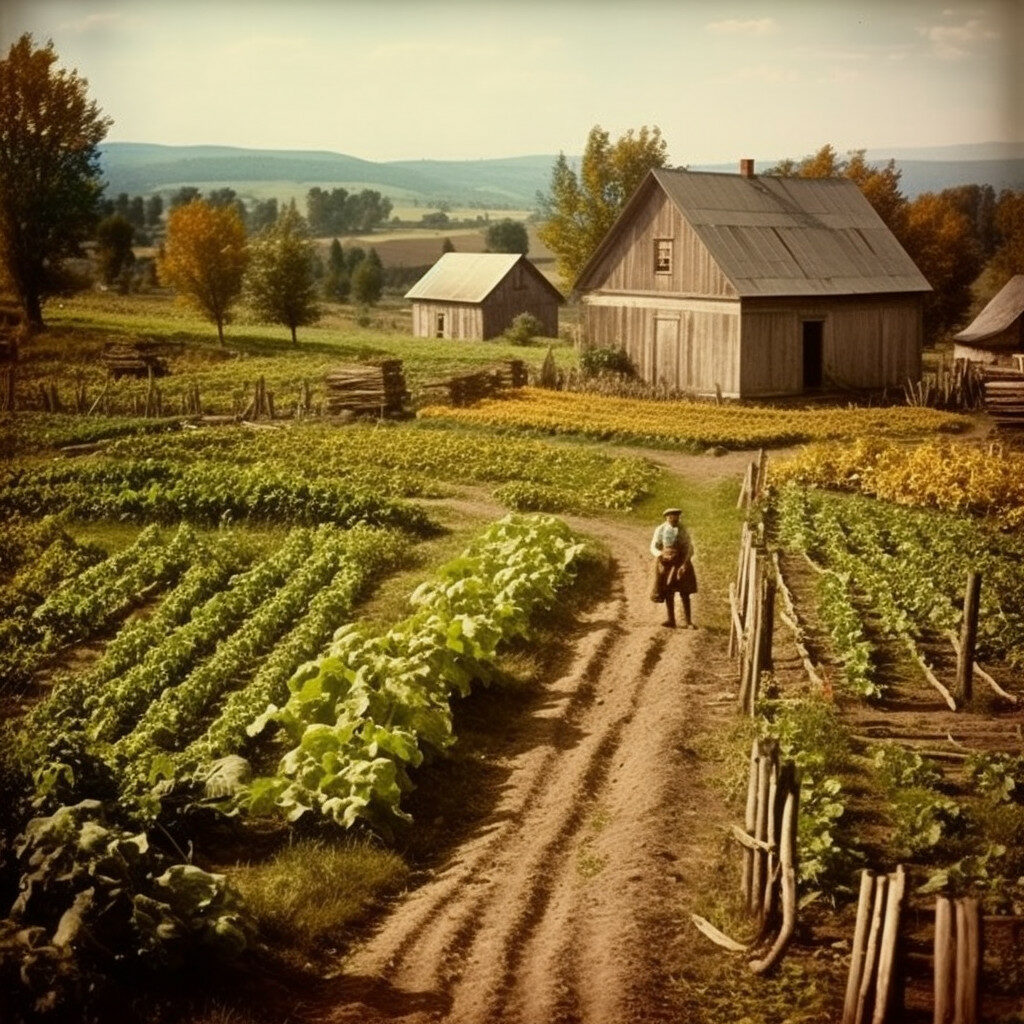
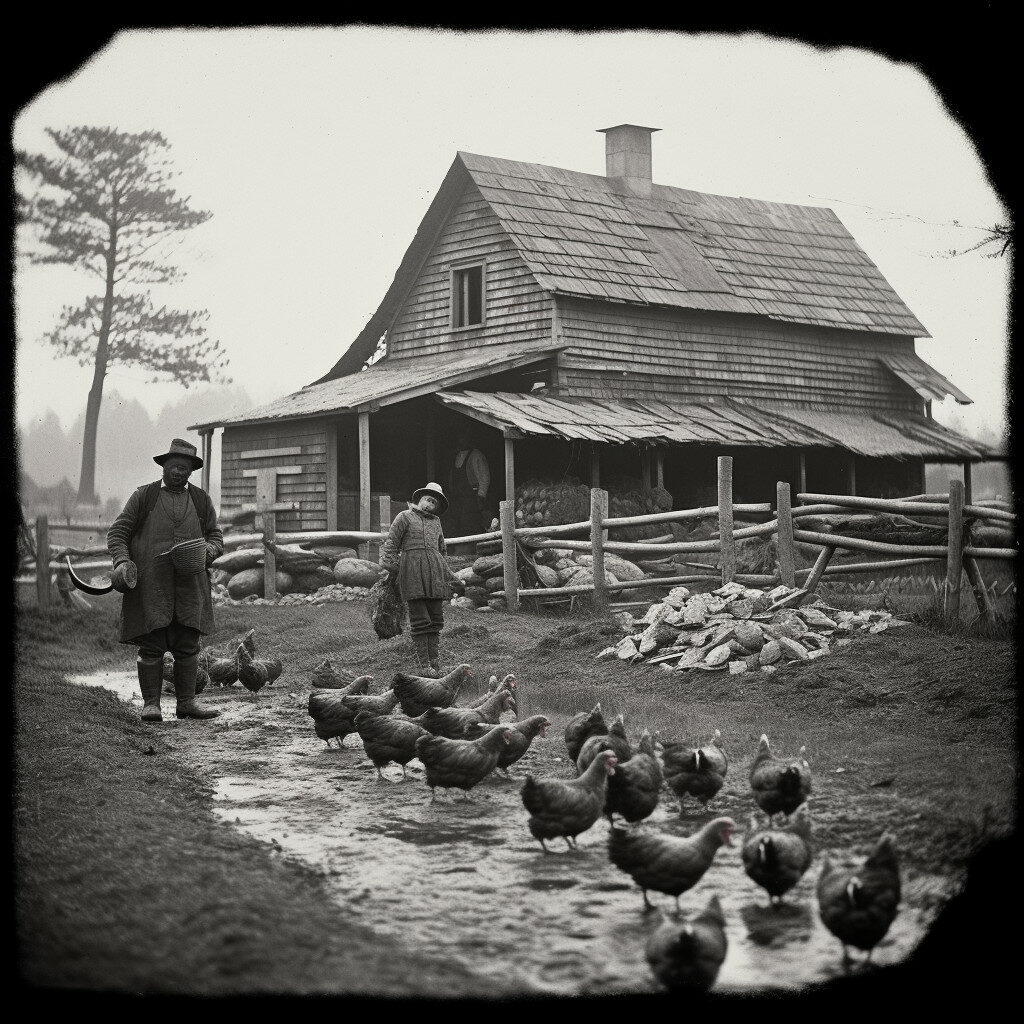
- Chateau de Mores: This chateau was built in the late 19th century by the French nobleman, Marquis de Mores. It was a major center of commerce in the region, trading cattle, sheep, and other goods. Today, the site is a state historic site and offers tours of the restored chateau and other buildings.
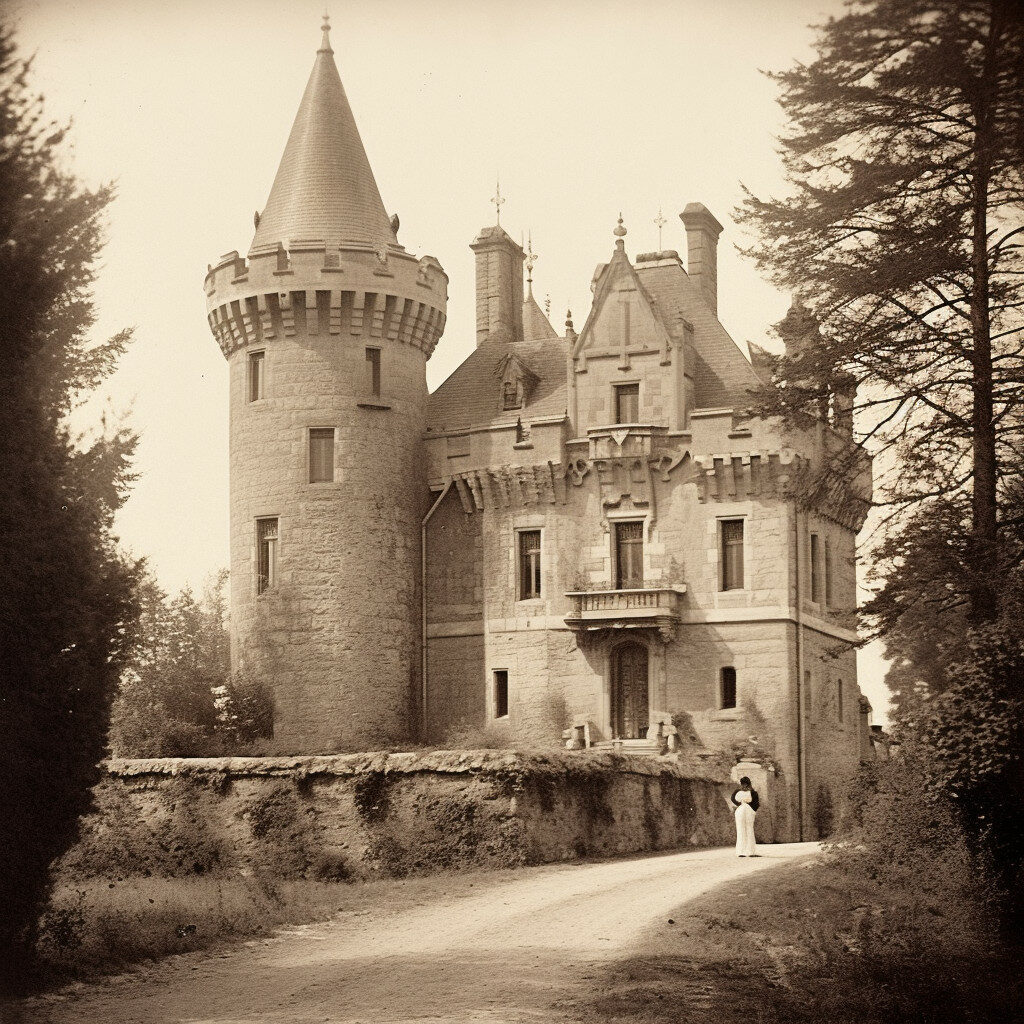
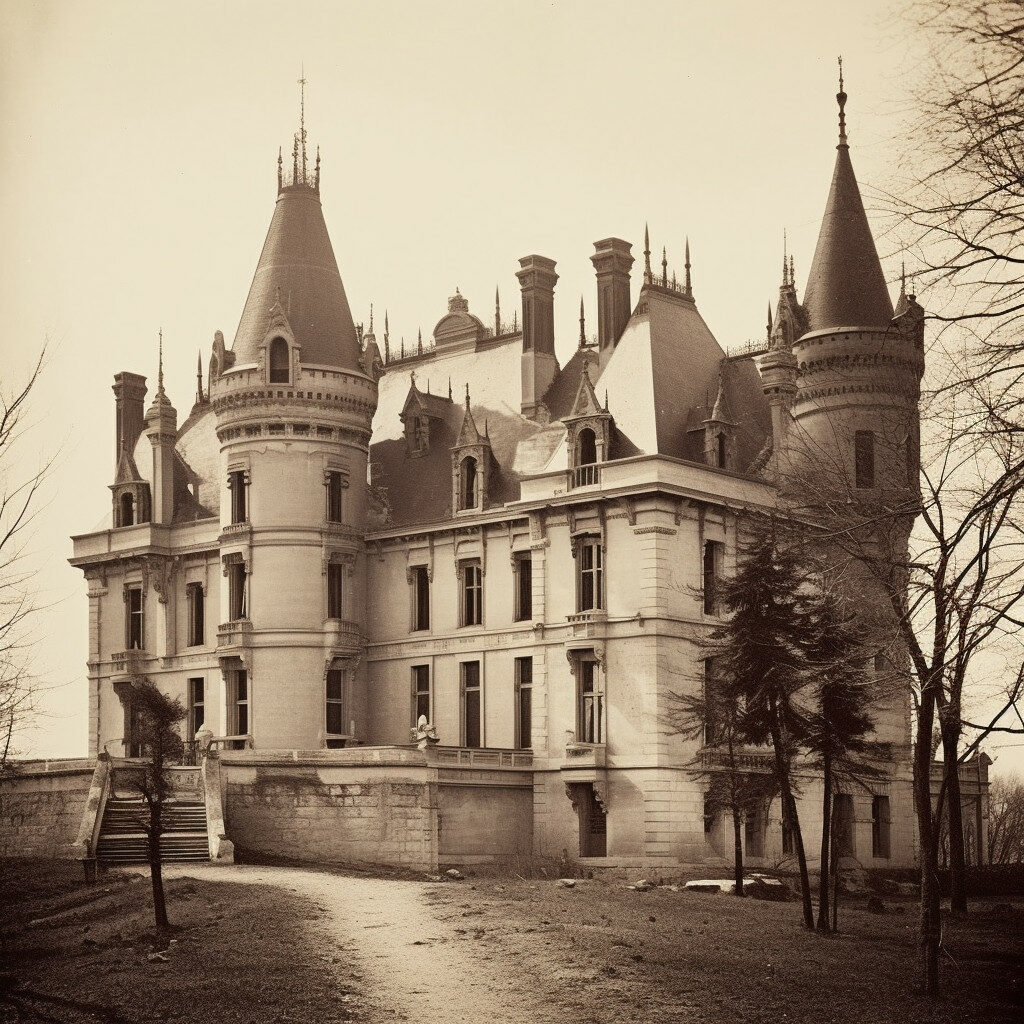
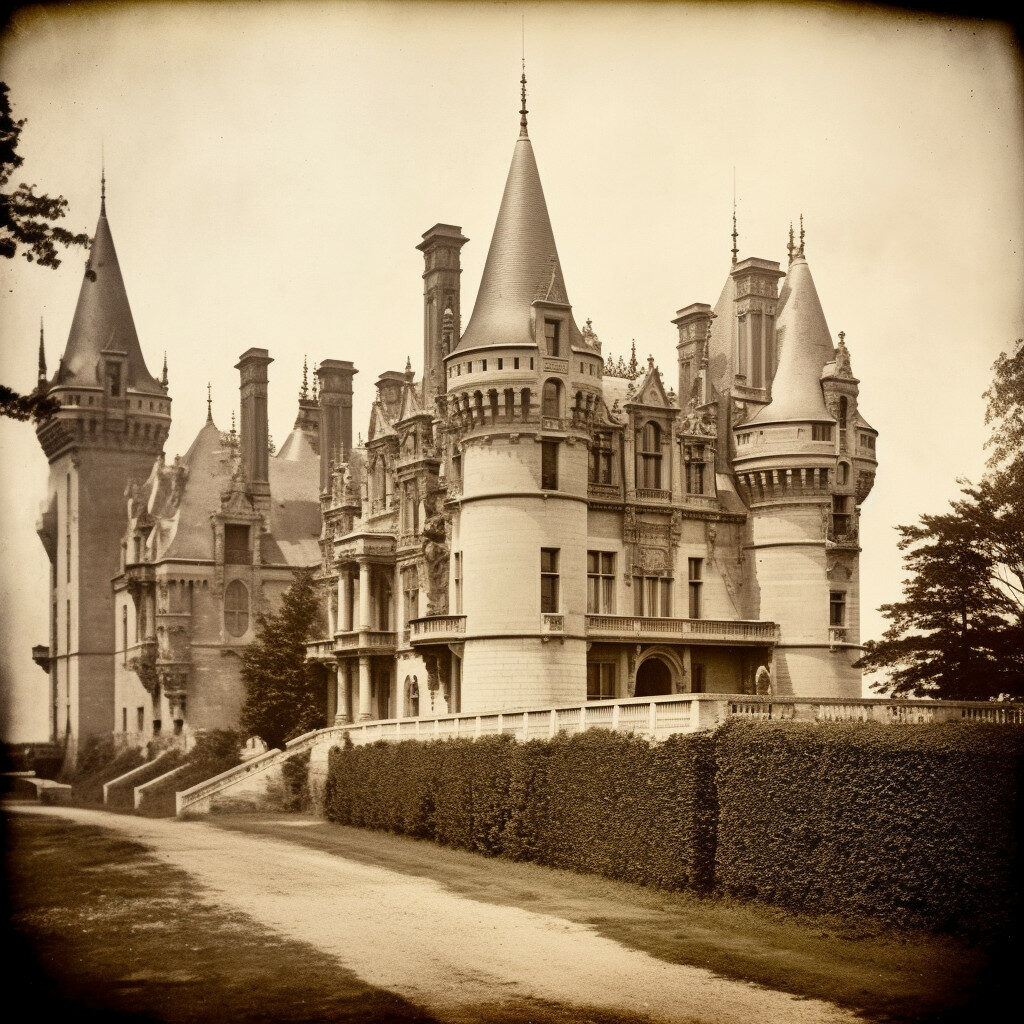
- Missouri-Yellowstone Confluence Interpretive Center: This center is located at the confluence of the Missouri and Yellowstone rivers and offers exhibits and displays about the region’s history and natural environment. It is a great place to learn about the Lewis and Clark expedition and the area’s Native American tribes.
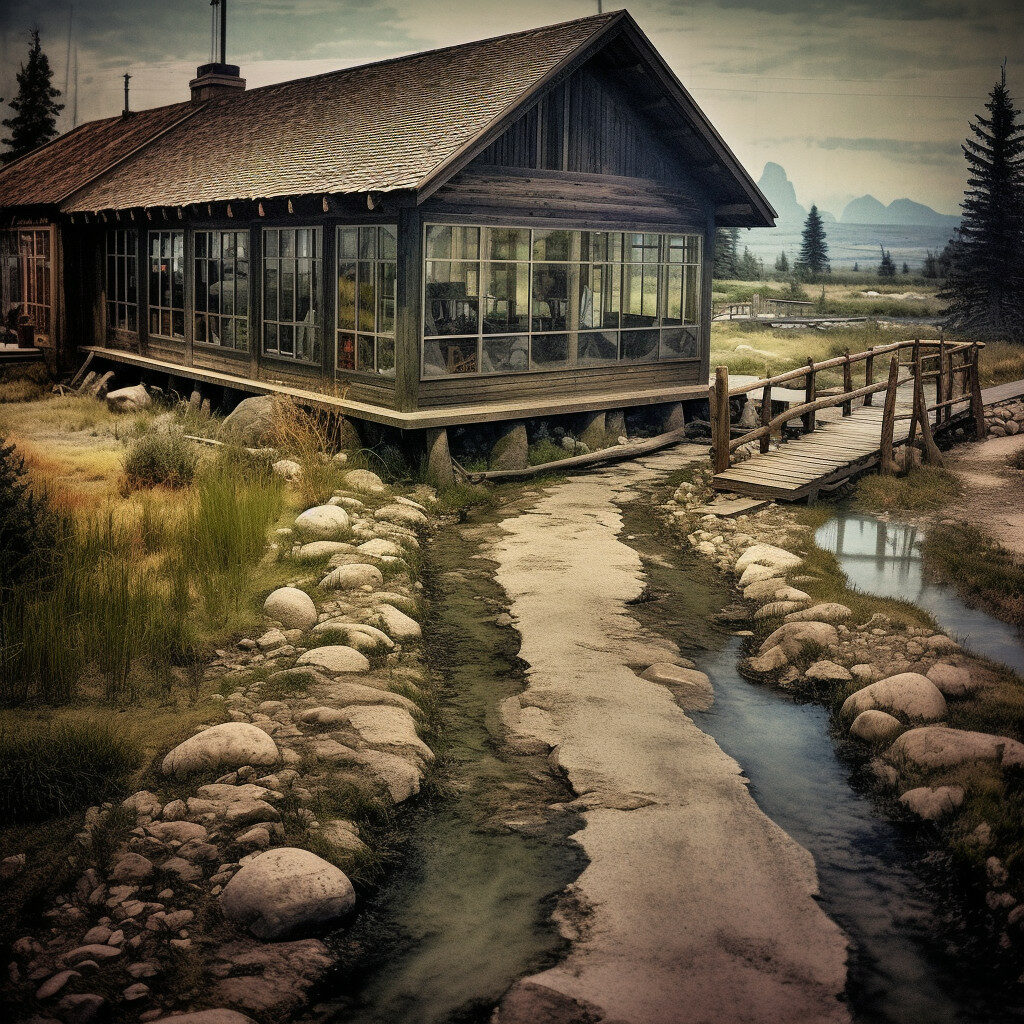
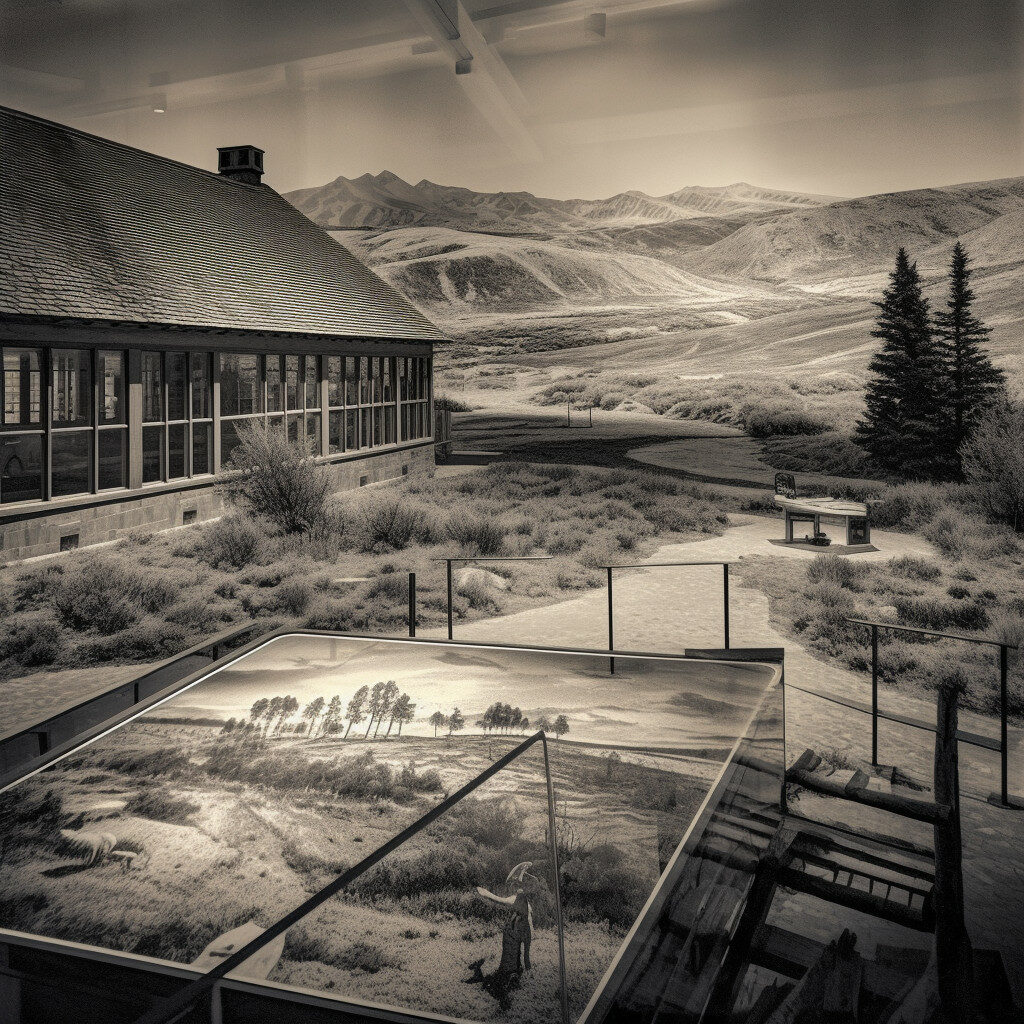
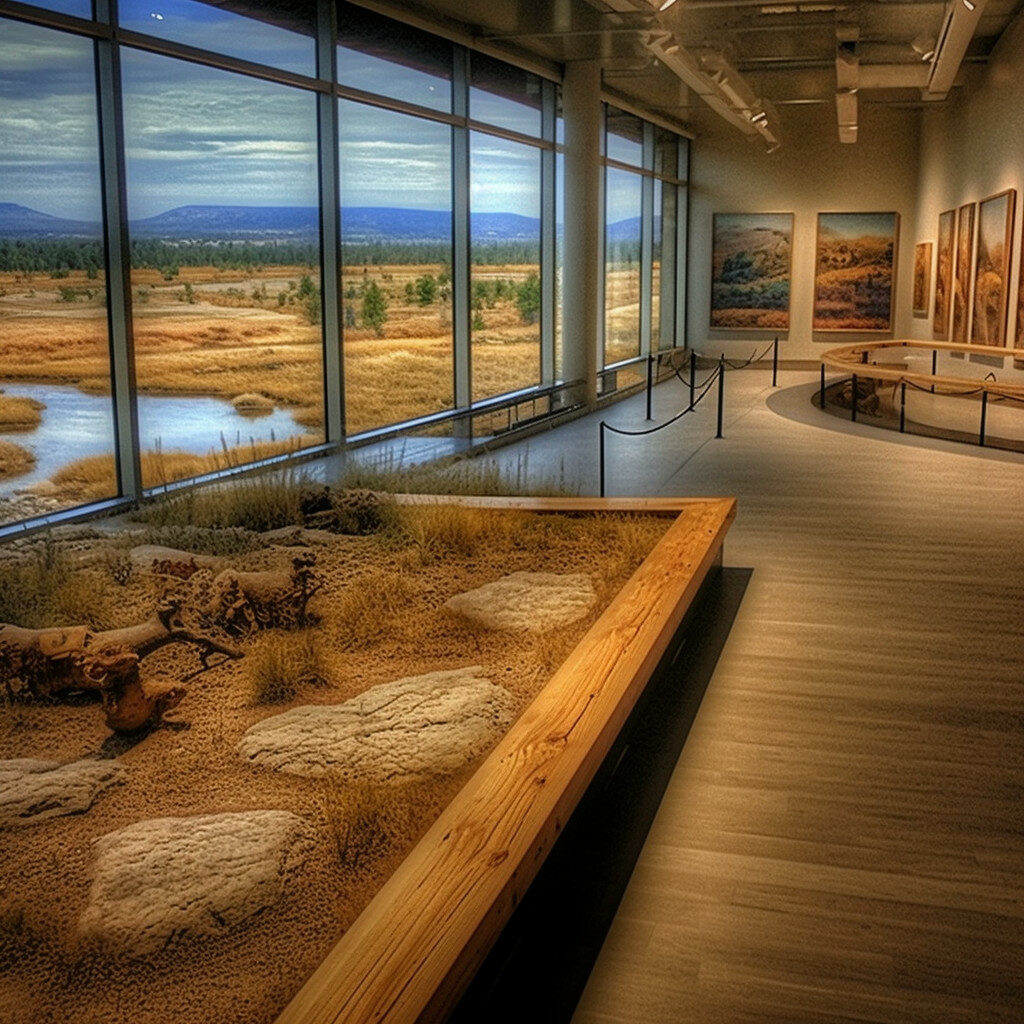
- Elkhorn Ranch Unit: This ranch was owned by President Theodore Roosevelt and was a favorite retreat for him in the late 19th century. It is located in the Badlands and offers hiking trails and scenic views of the surrounding landscape.
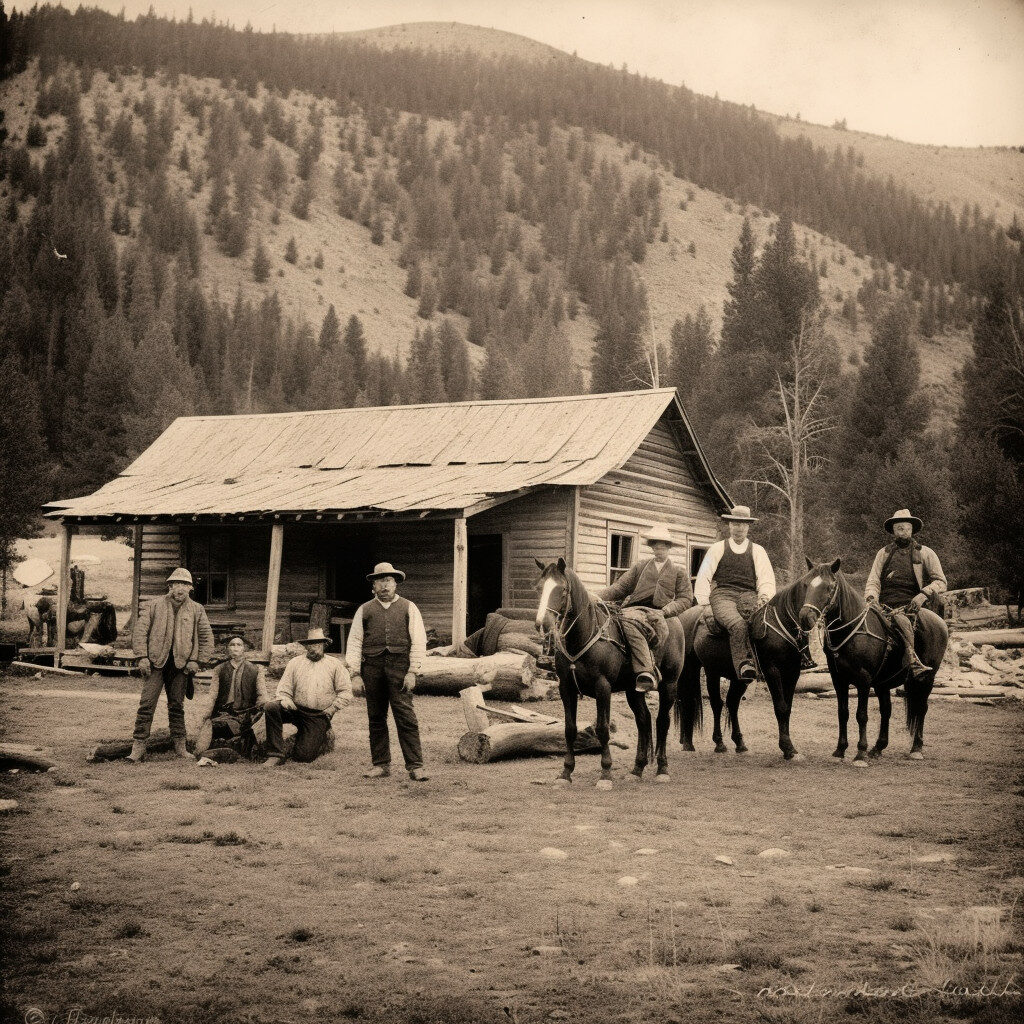
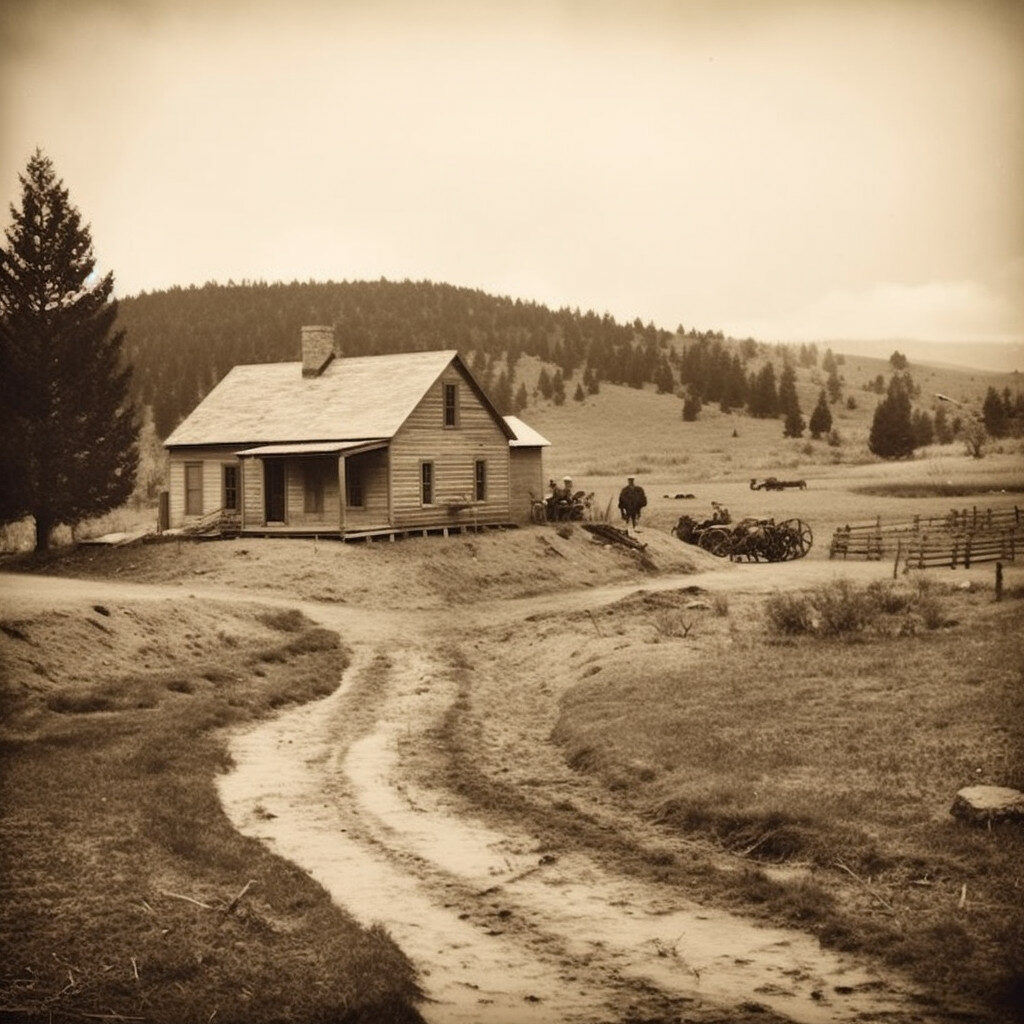
- Fort Abercrombie State Historic Site: This fort was established in 1858 and served as a major military post during the Dakota War of 1862. It was also a major center of commerce in the region, trading furs, buffalo robes, and other goods. Today, the site is a state historic site and offers tours of the reconstructed buildings, including the barracks and powder magazine.
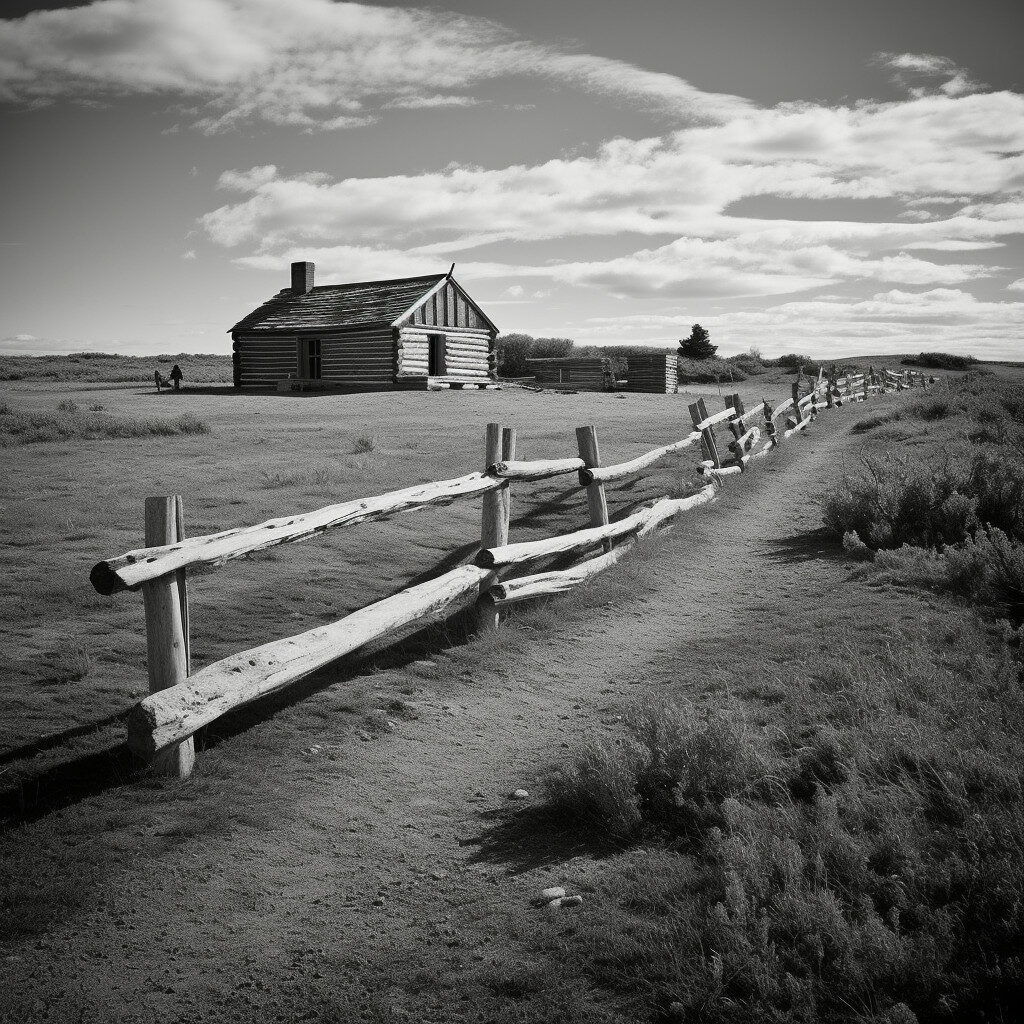
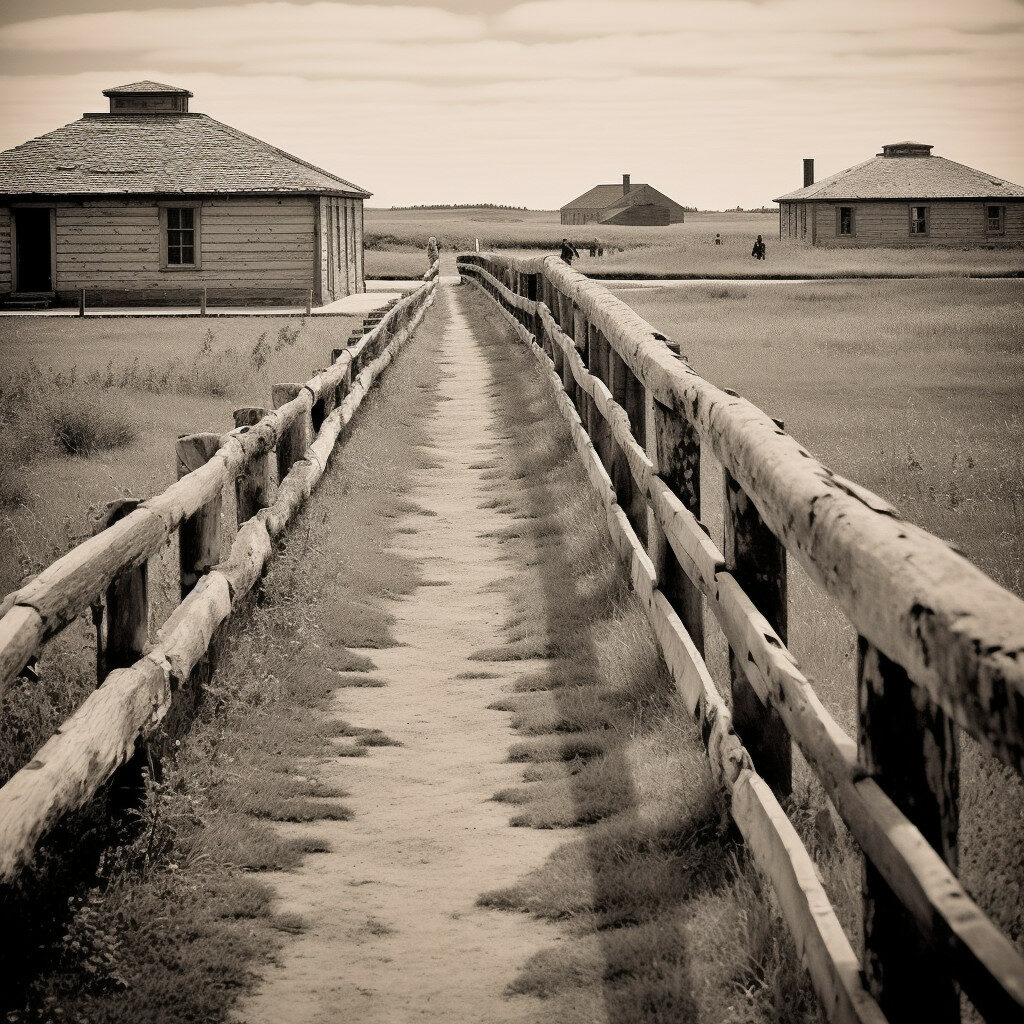
- On-A-Slant Indian Village: This site is home to the ruins of a Mandan Indian village that dates back to the 16th century. The village was a major center of trade and agriculture in the region and was home to over 100 earth lodges. Today, the site is a state historic site and offers tours of the ruins and reconstructed earth lodges.
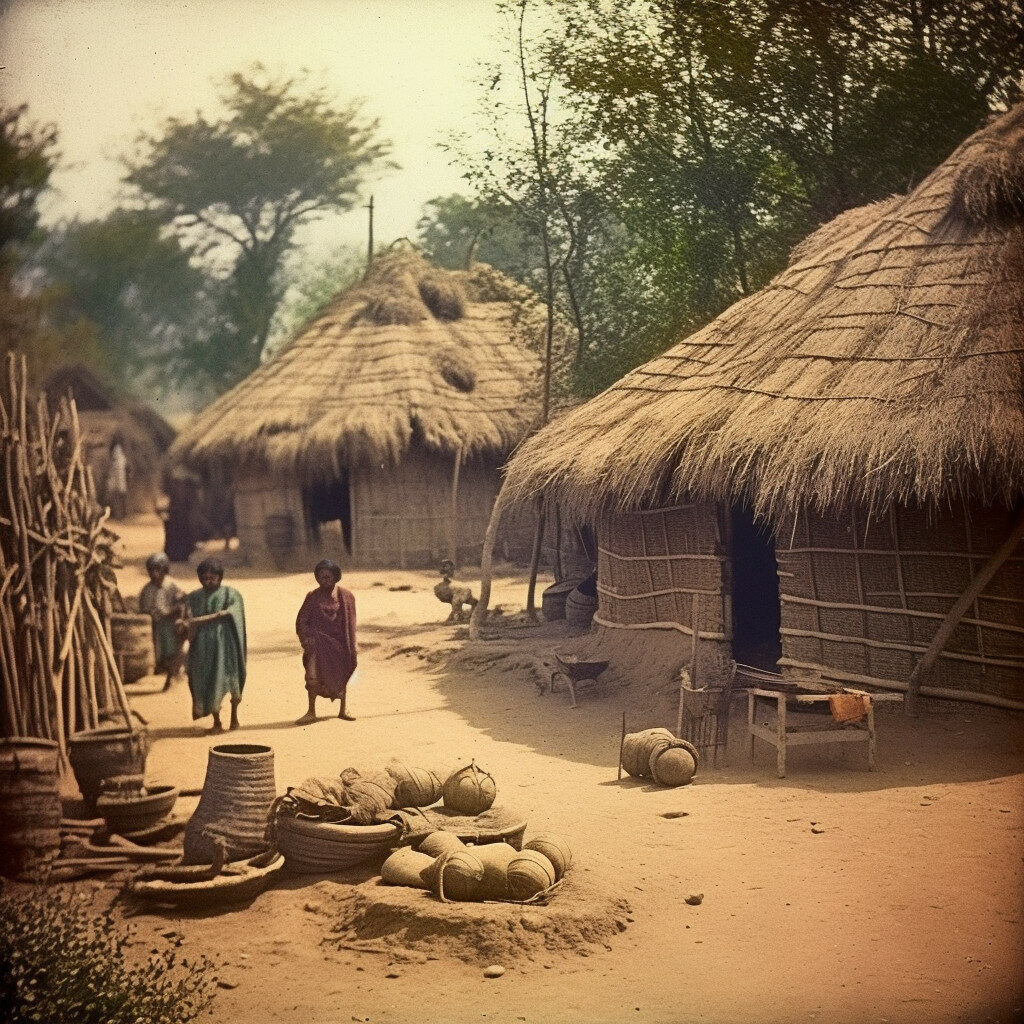
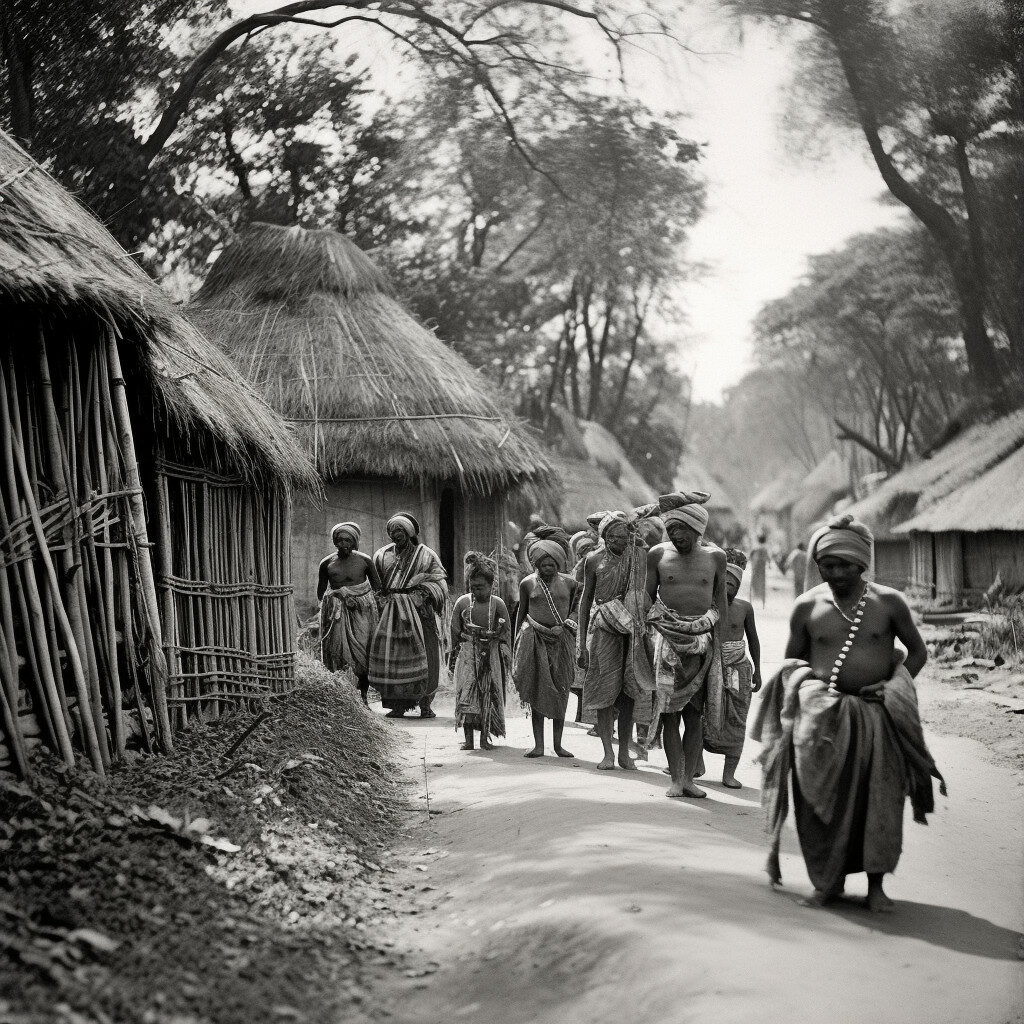
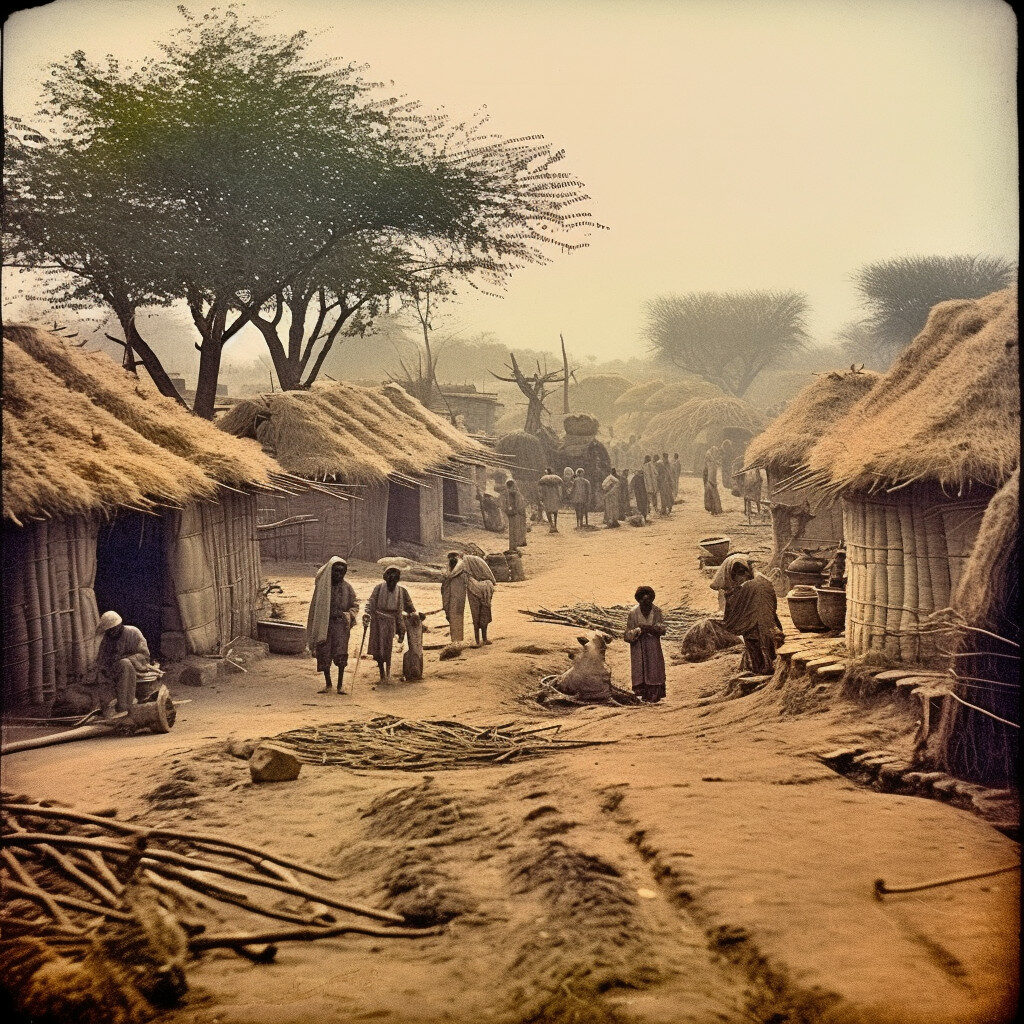
- American Fur Company: This company was a major player in the fur trade in the 19th century and operated several trading posts in North Dakota. Today, the sites of these trading posts are state historic sites and offer tours of the reconstructed buildings and exhibits about the fur trade.
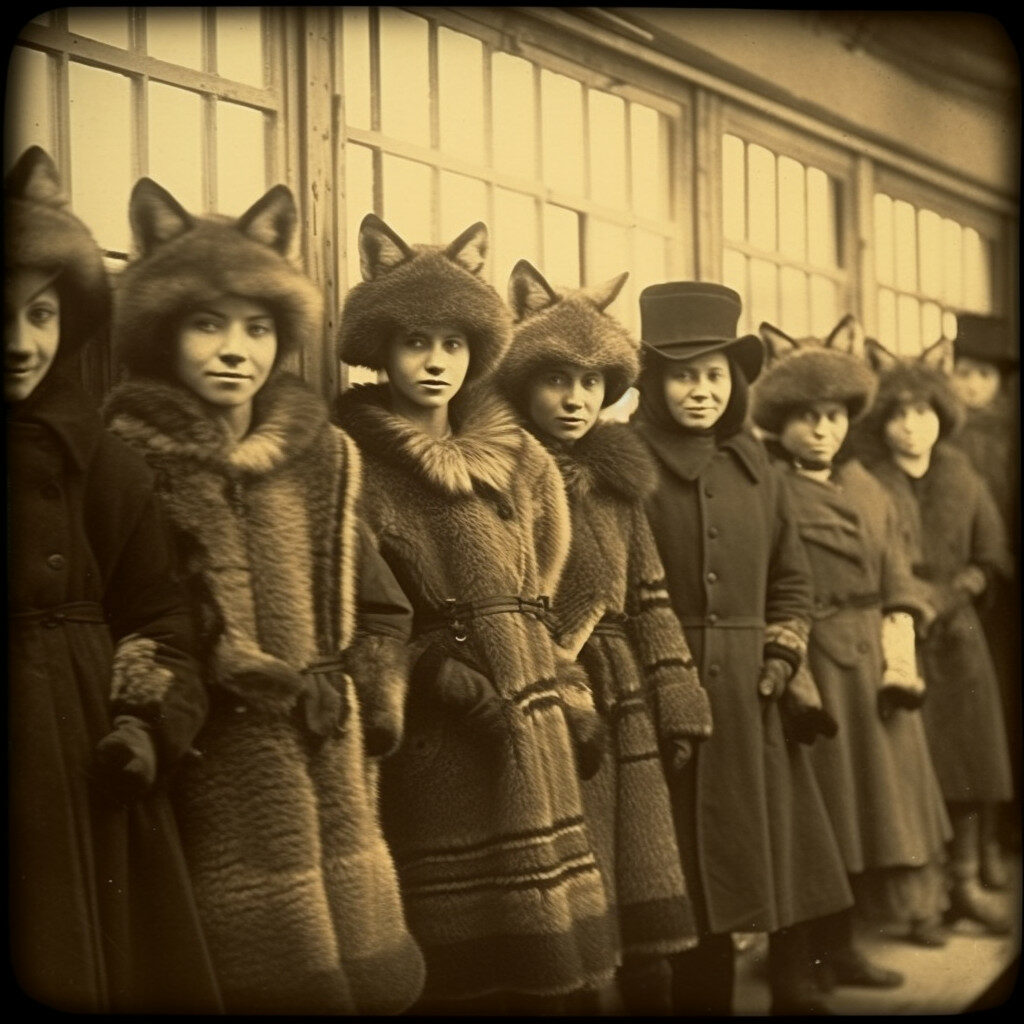
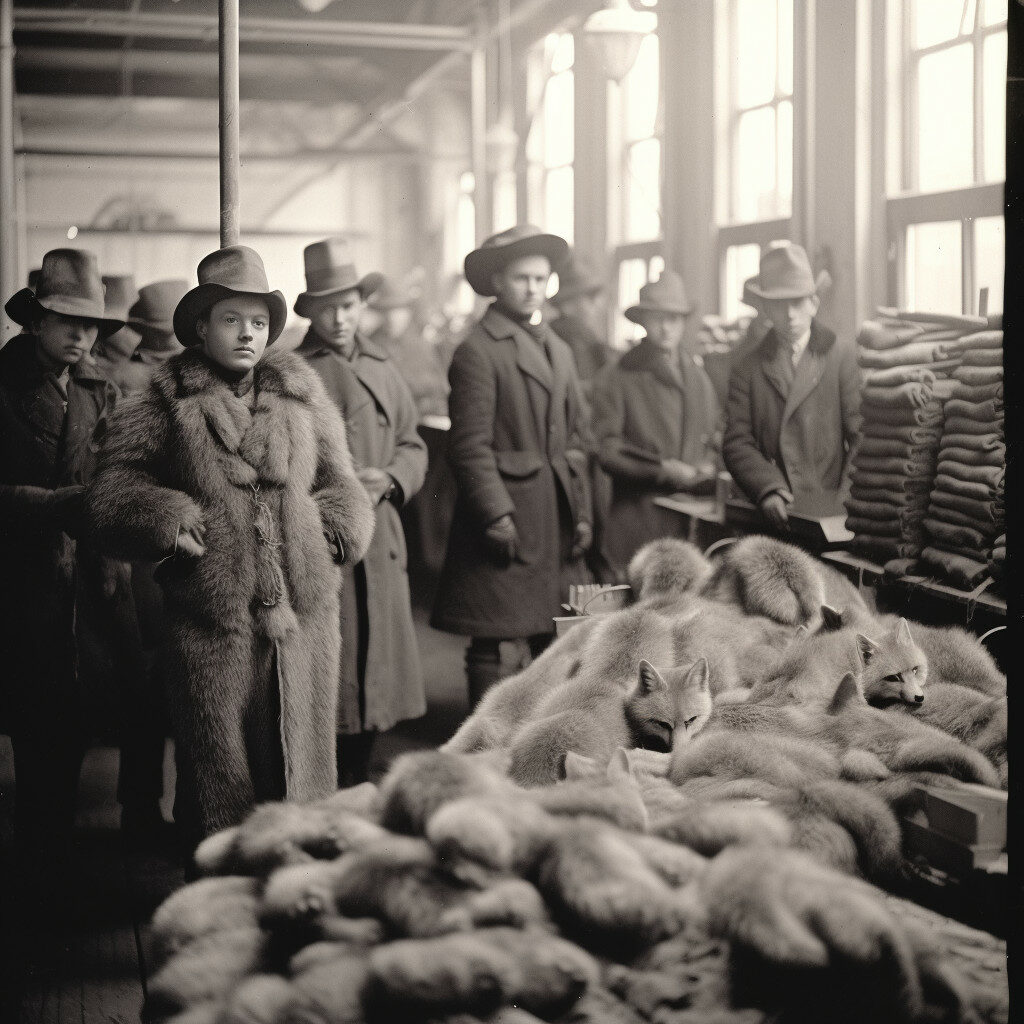
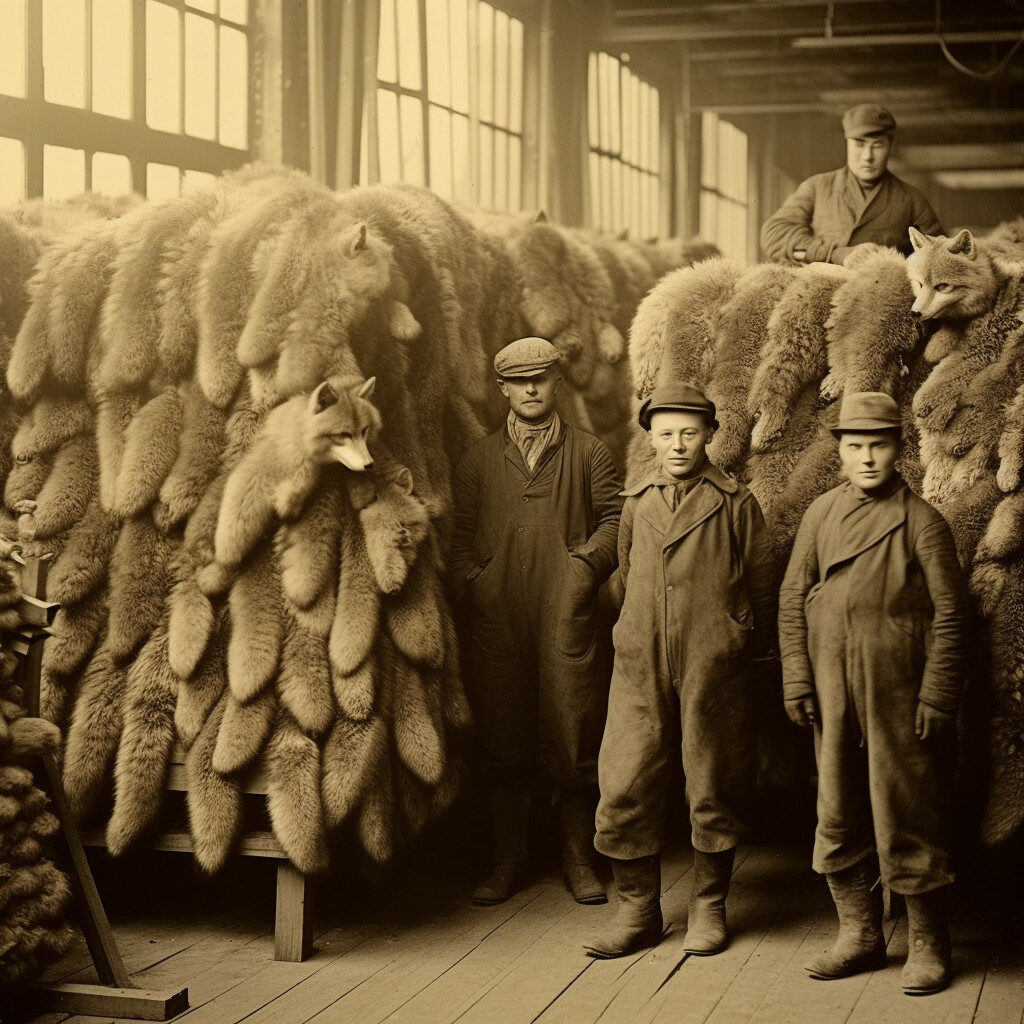
- Badlands Overlook: This overlook offers stunning views of the Badlands and is a great place to learn about the area’s geology and natural history. It is a popular spot for hiking and photography.
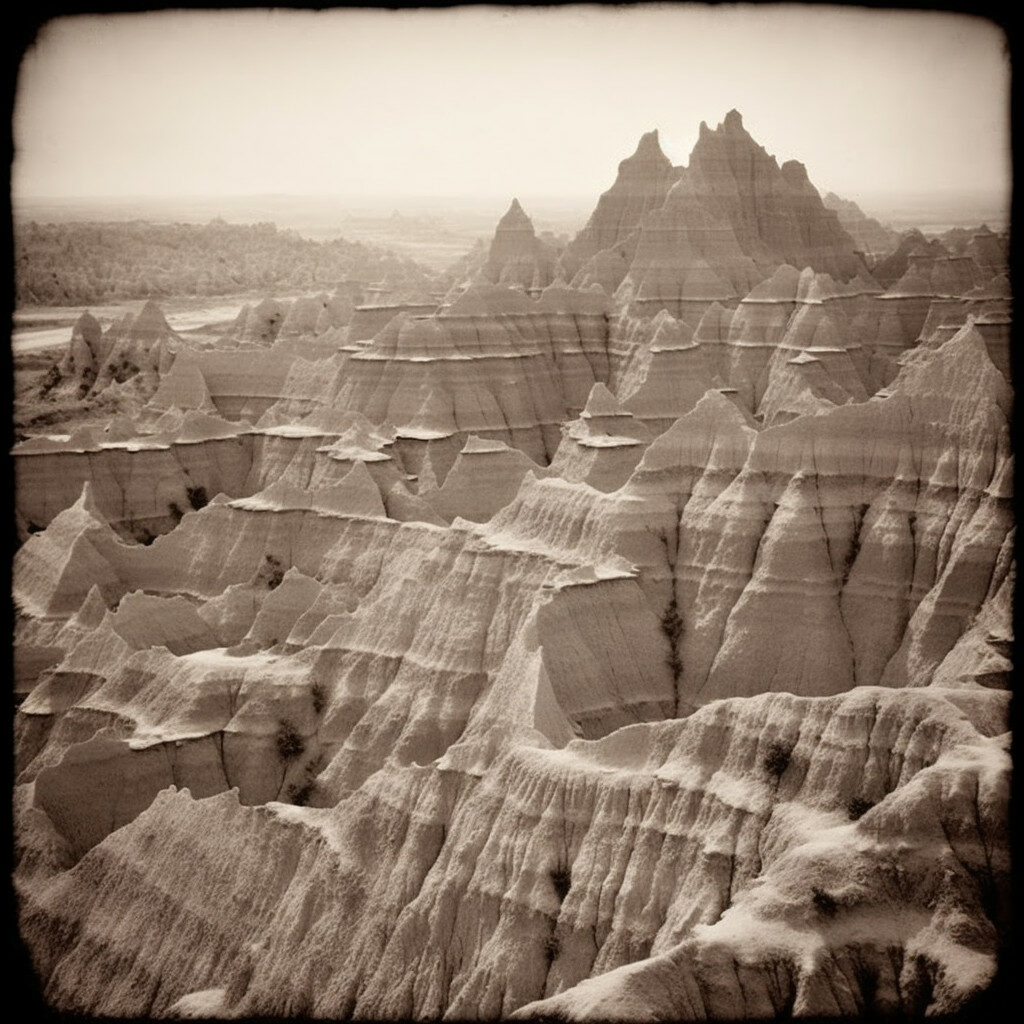
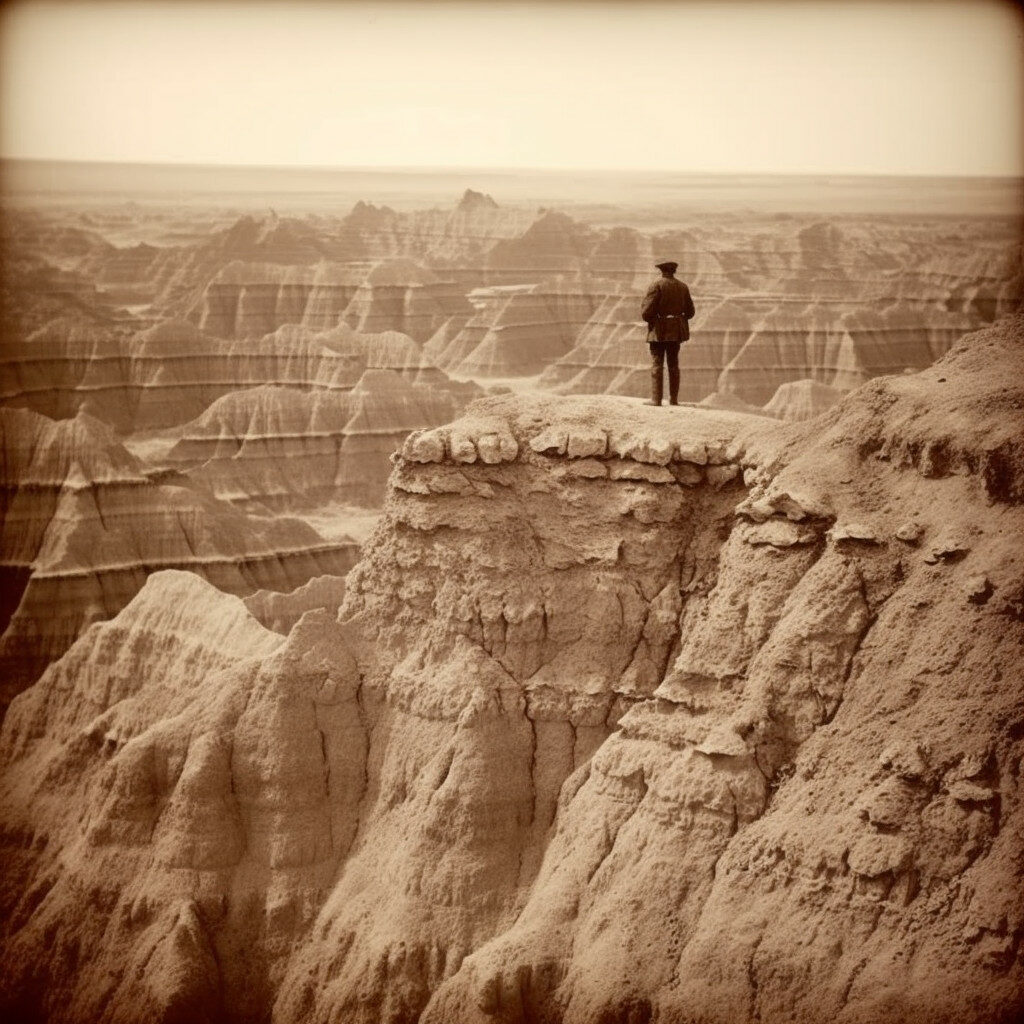
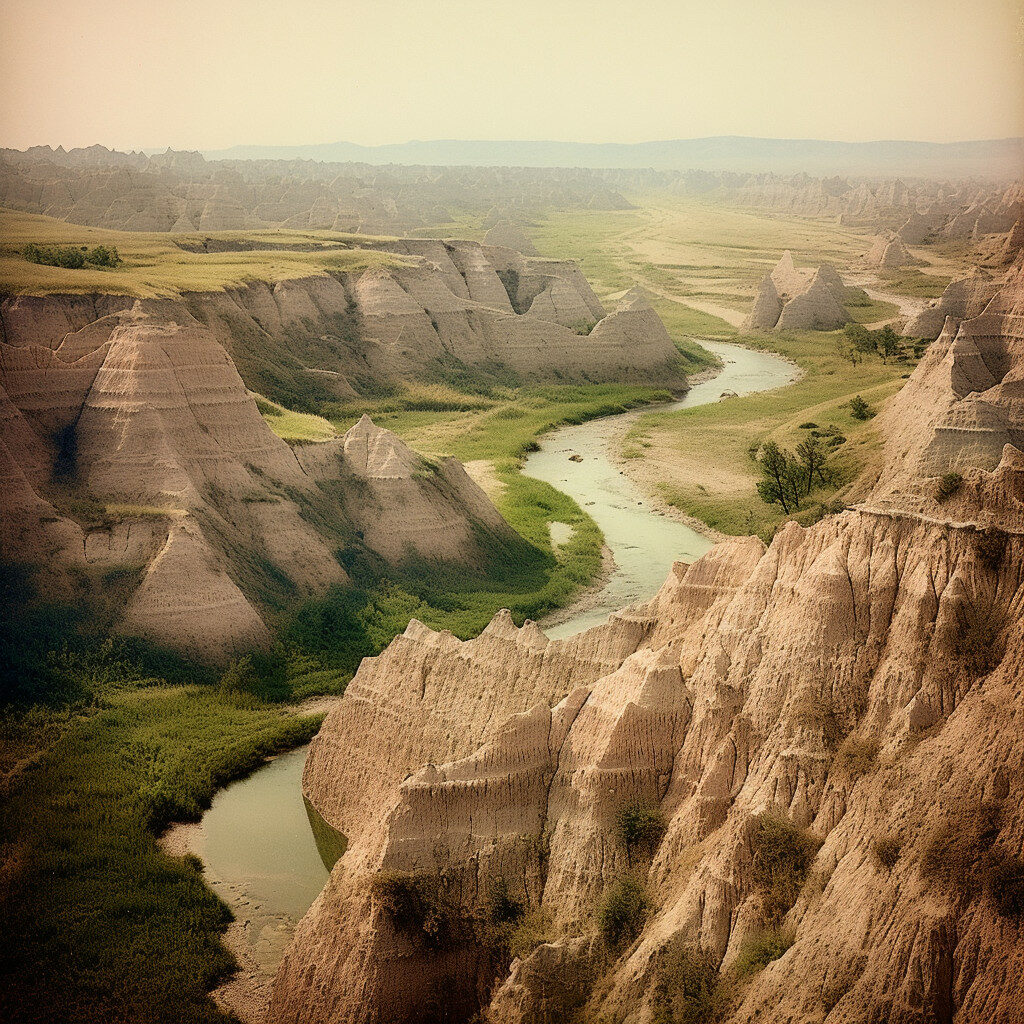
Exploring these historical landmarks is a great way to learn about North Dakota’s rich history and gain a deeper appreciation for its heritage. Whether you’re interested in military history, Native American culture, or agriculture, there’s something for everyone to discover in North Dakota’s historical landmarks.
Exploring the Rich History of North Dakota
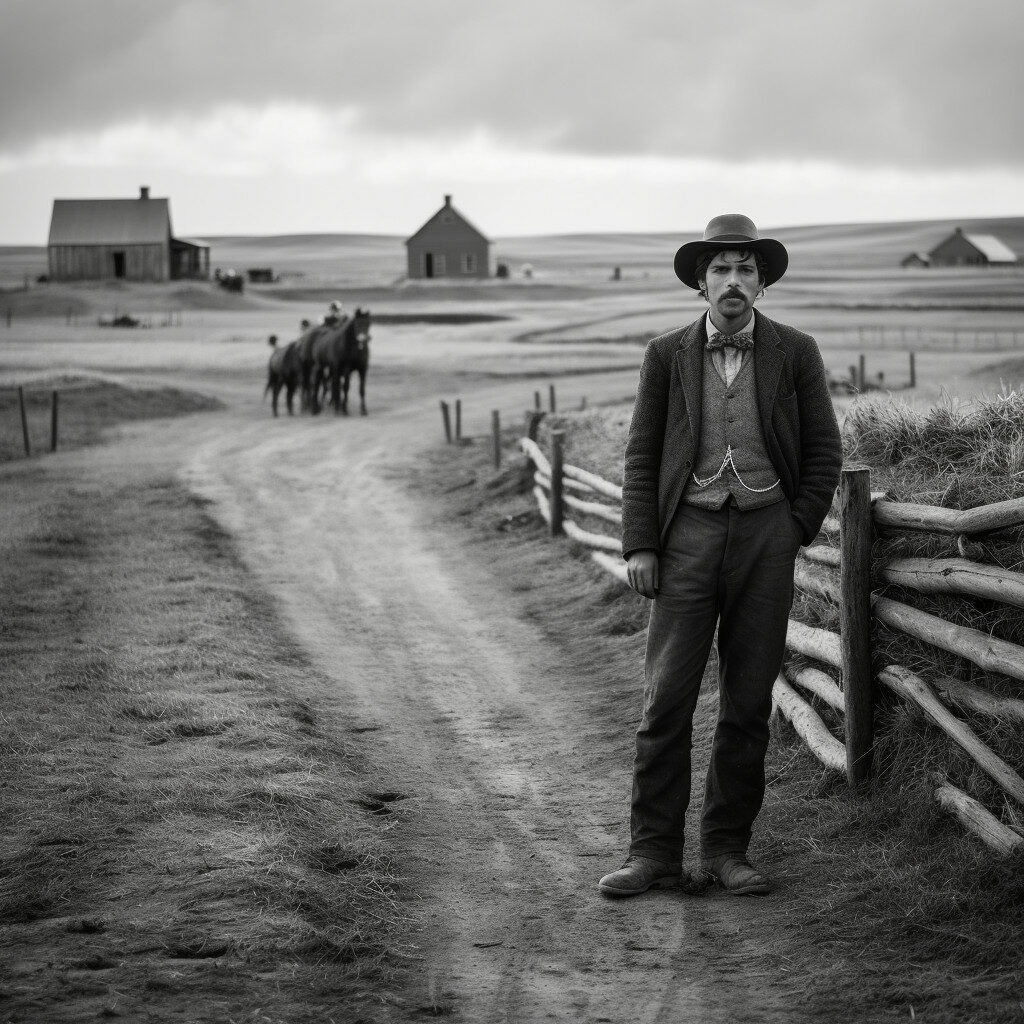
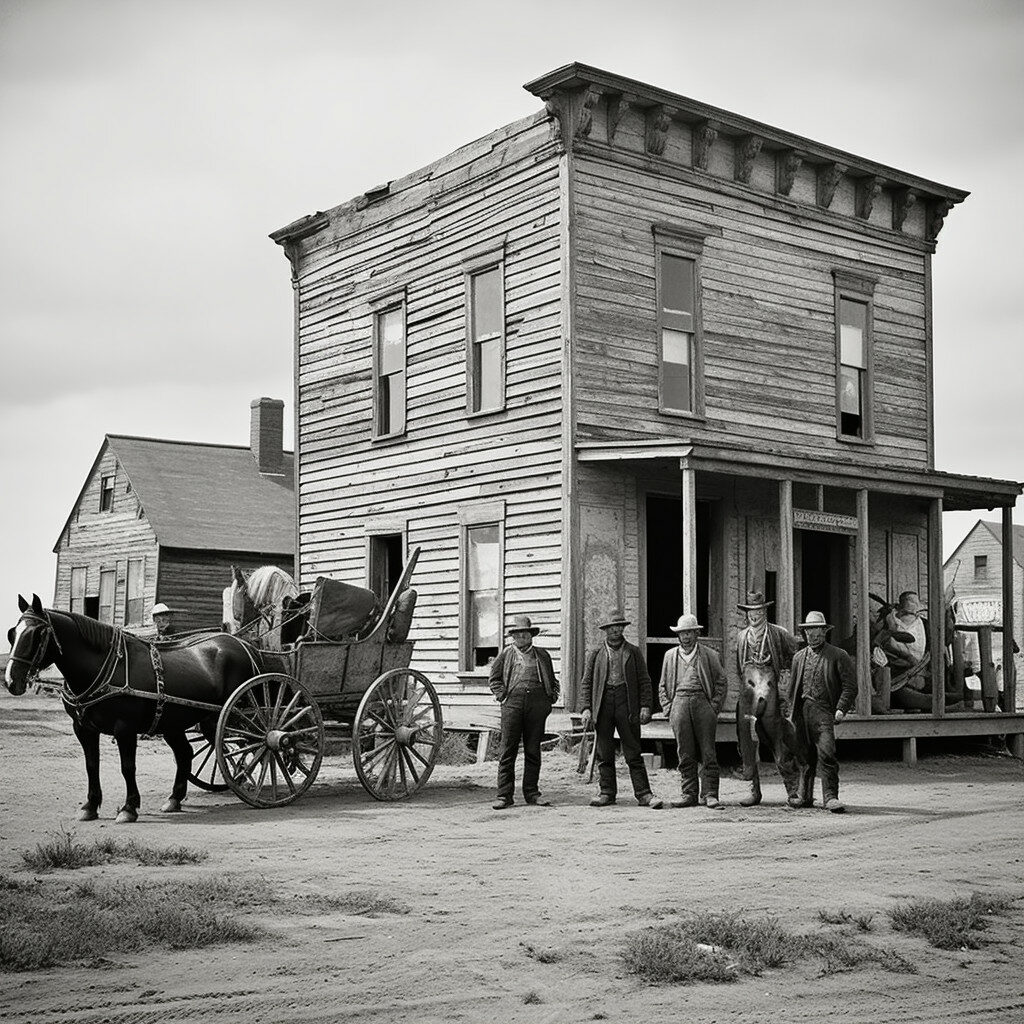
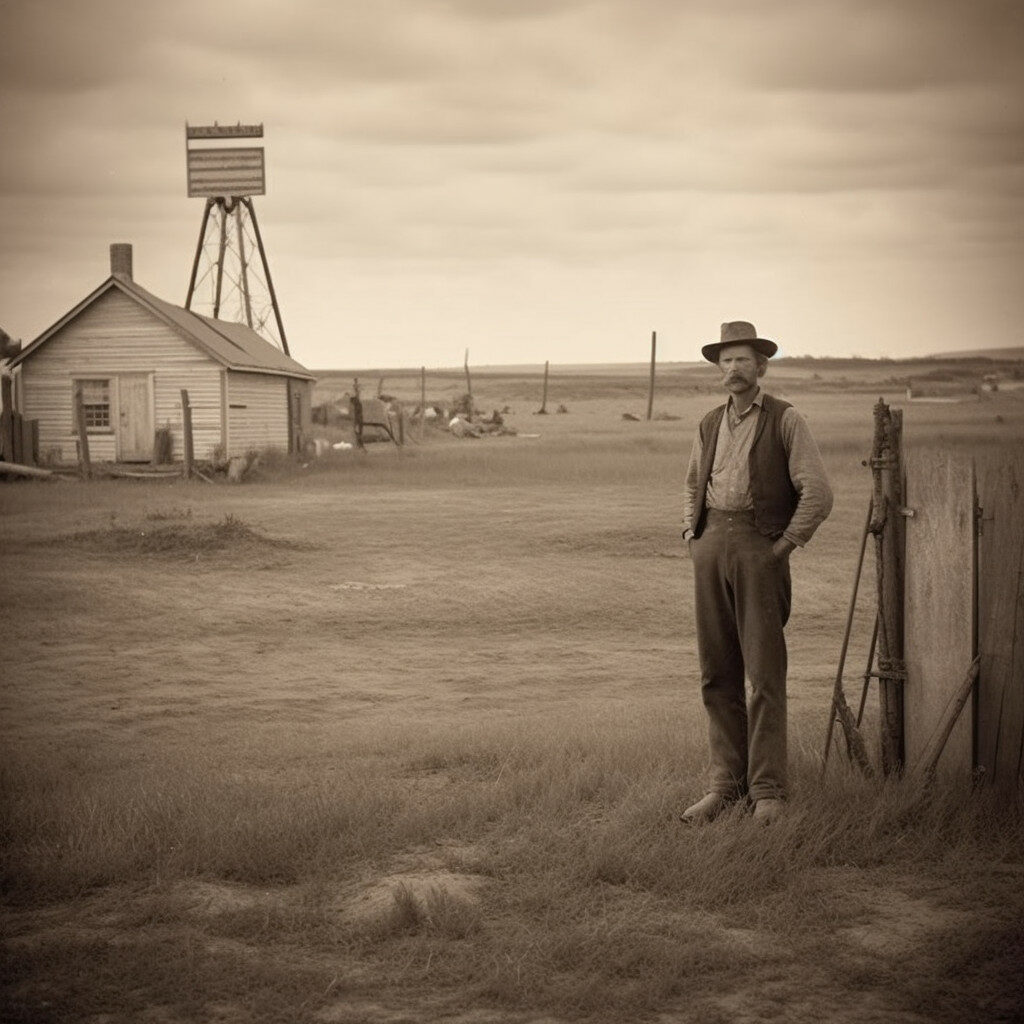
You are in for a treat if you love history and are planning a trip to North Dakota. The state is home to a wealth of historical sites and famous landmarks that offer a glimpse into the past and present of the region. From the native tribes that once called the area home to the pioneers who settled the land, North Dakota has a rich and diverse history that is waiting to be explored.
One of the most famous historical figures associated with North Dakota is Theodore Roosevelt. The state’s only national park, named after the former president, is located in the Badlands and is a must-see for any history buff. The park is home to a variety of wildlife, including bison, and offers visitors the chance to hike, camp, and explore the rugged terrain.
Another important historical site in North Dakota is the Knife River Indian Villages National Historic Site. This site preserves the remains of the Hidatsa, Mandan, and Arikara tribes that once lived in the area. Visitors can explore the ruins of the villages and learn about the customs and traditions of the native peoples.
If you are interested in the history of the Old West, North Dakota has plenty to offer. The city of Bismarck, the state capital, was once a hub of activity during the fur trade era. Today, visitors can explore the many museums and historic sites in the area that showcase the region’s past.
North Dakota is also home to several famous landmarks associated with the history of the American West. The Lewis and Clark Expedition passed through the area in the early 19th century, and visitors can explore the many sites associated with their journey. The Sitting Bull monument in Fort Yates is another must-see for anyone interested in the history of the Lakota people.
Finally, North Dakota is home to several famous bonanza farms, which were large agricultural enterprises that flourished in the late 19th and early 20th centuries. These farms were responsible for much of the state’s economic growth during this time and are an important part of the region’s history.
Whether you are interested in the past, present, or future of North Dakota, there is something for everyone in this beautiful and historic state. So pack your bags, grab your camera, and get ready to explore the rich history of North Dakota!
Art and Exhibits in North Dakota
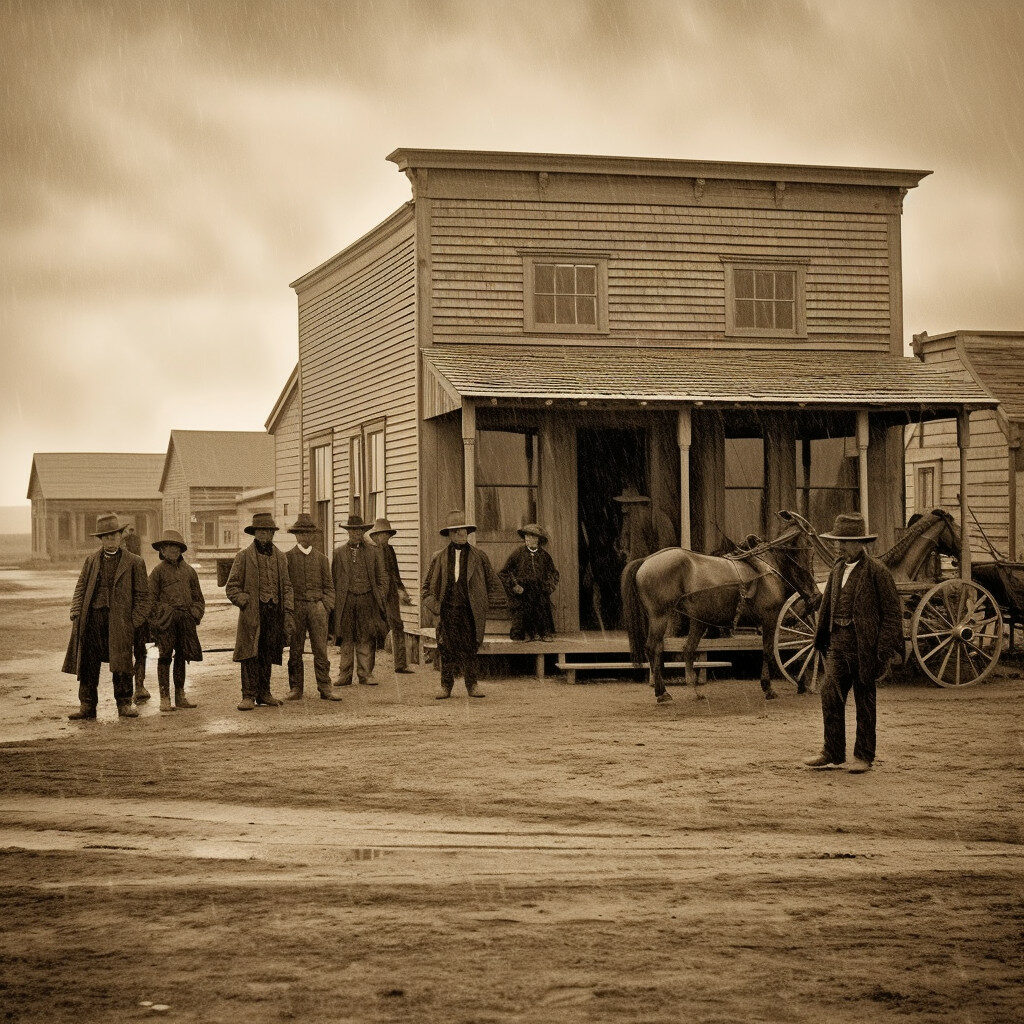
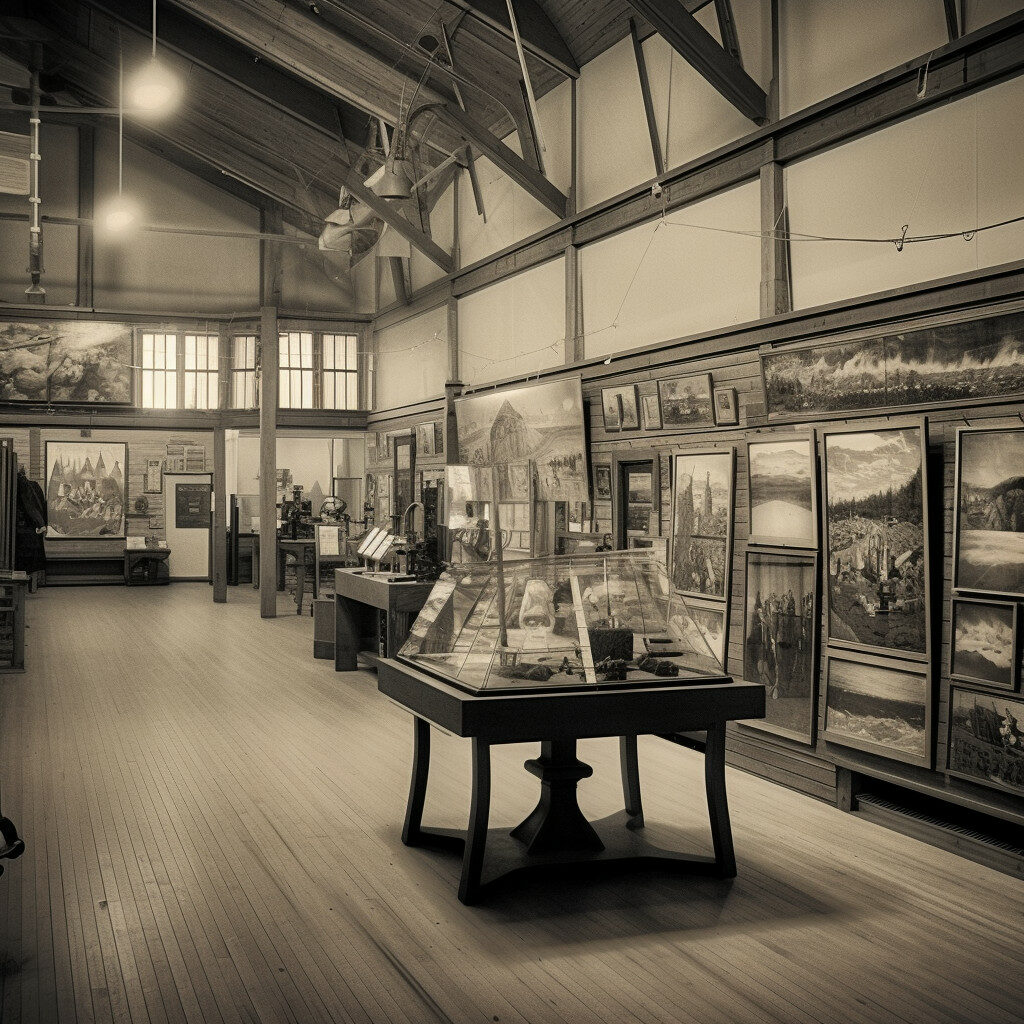
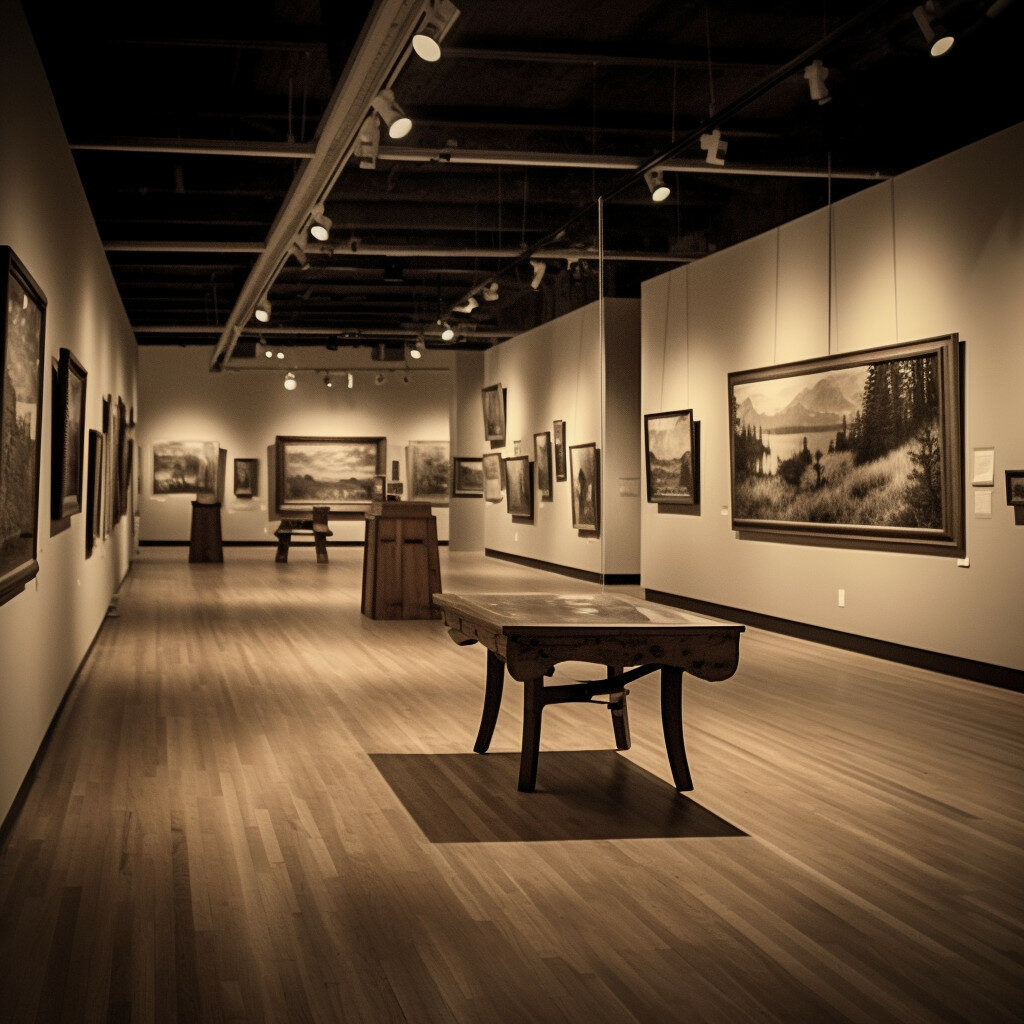
If you’re interested in art and exhibits, North Dakota has plenty to offer. The state is home to a variety of museums and galleries that showcase everything from contemporary art to North Dakota’s rich history.
One of the most popular destinations for art lovers is the North Dakota Museum of Art in Grand Forks. This museum features a wide range of contemporary art from around the world, as well as a number of educational exhibits that explore different aspects of art and culture. With a constantly rotating collection of exhibits, there’s always something new to see at the North Dakota Museum of Art.
If you’re more interested in North Dakota’s history and heritage, be sure to check out the North Dakota Heritage Center in Bismarck. This museum features a variety of exhibits that explore the state’s history, including exhibits on Native American culture, early settlers, and the state’s agricultural heritage. With interactive exhibits and educational displays, the North Dakota Heritage Center is a great place to learn more about the state’s past.
In addition to these larger museums, North Dakota is also home to a variety of smaller galleries and exhibits that showcase local artists and artisans. Whether you’re interested in painting, sculpture, or other forms of art, you’re sure to find something that catches your eye in North Dakota.
Overall, if you’re interested in art and exhibits, North Dakota is a great place to visit. With a variety of museums and galleries to explore, you’re sure to find something that interests you.
Famous Cities and Their Attractions
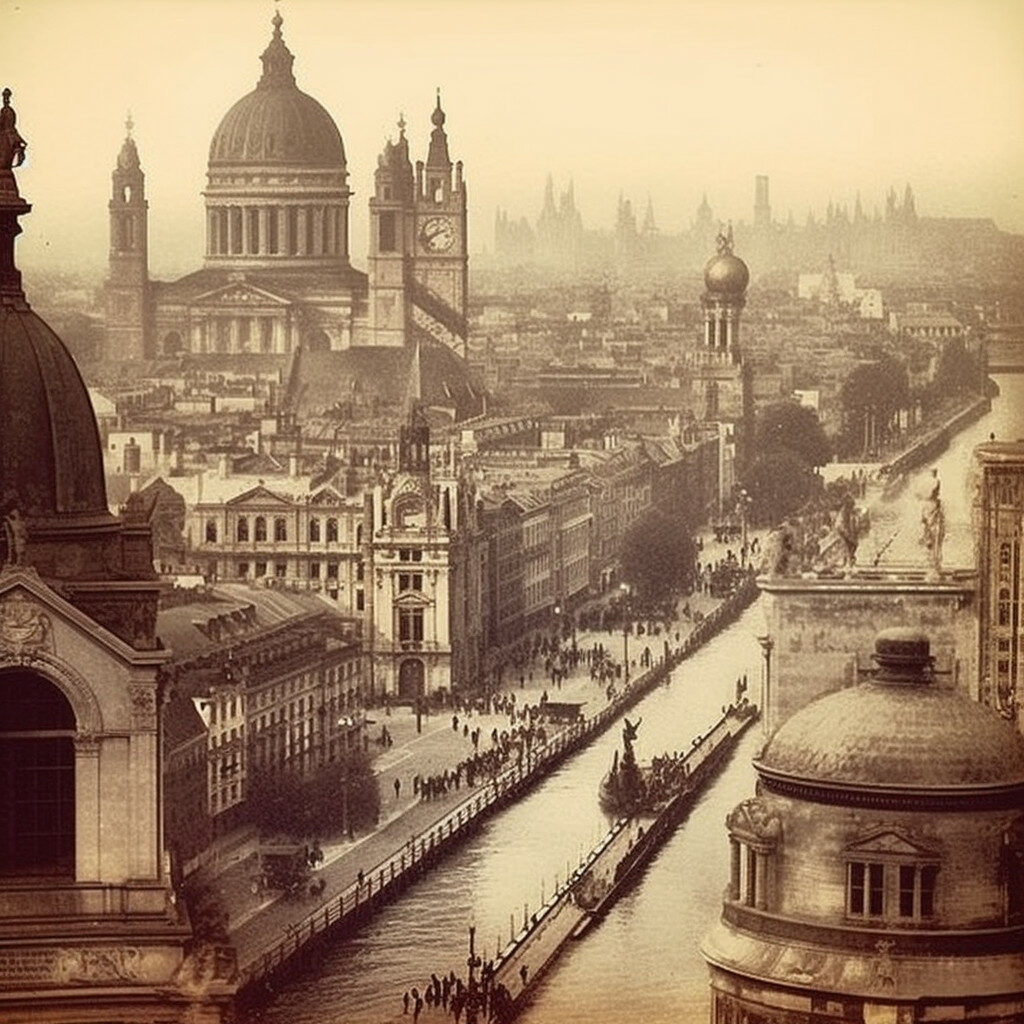
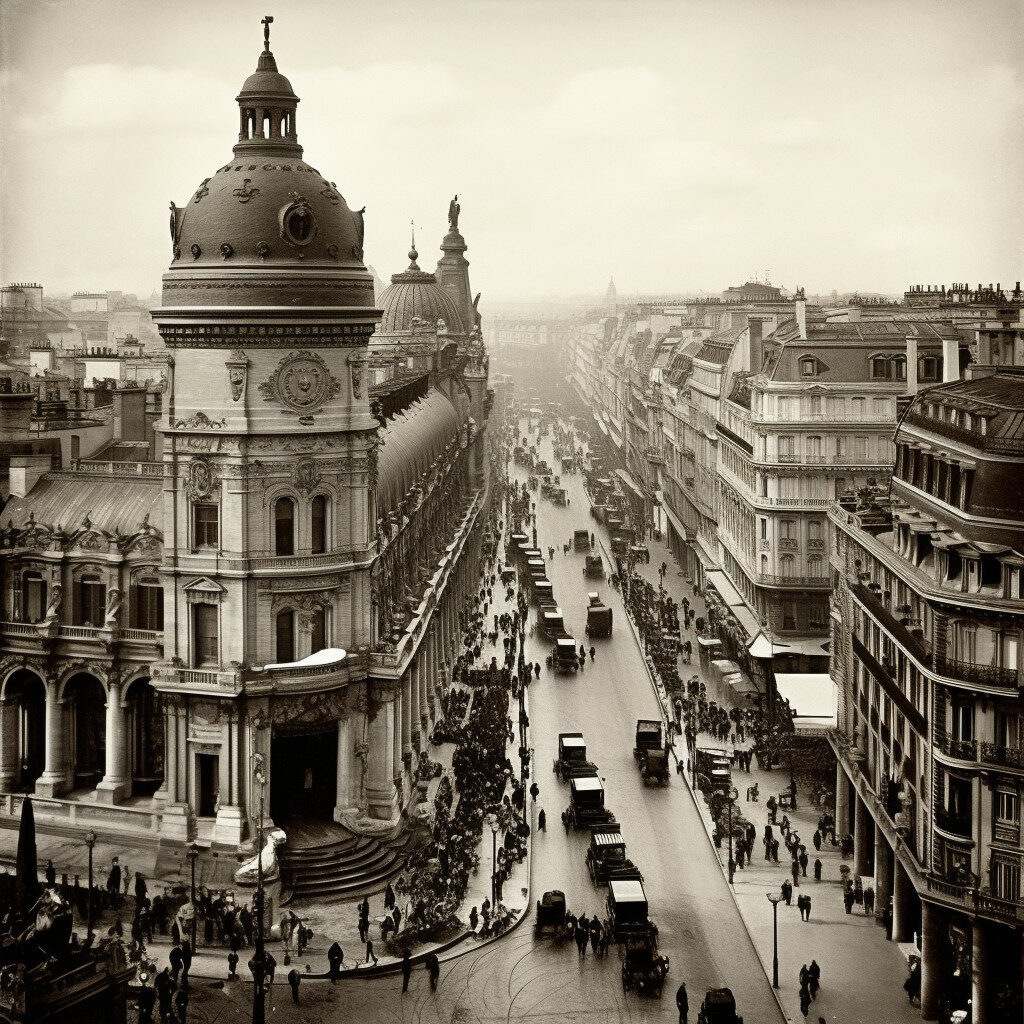
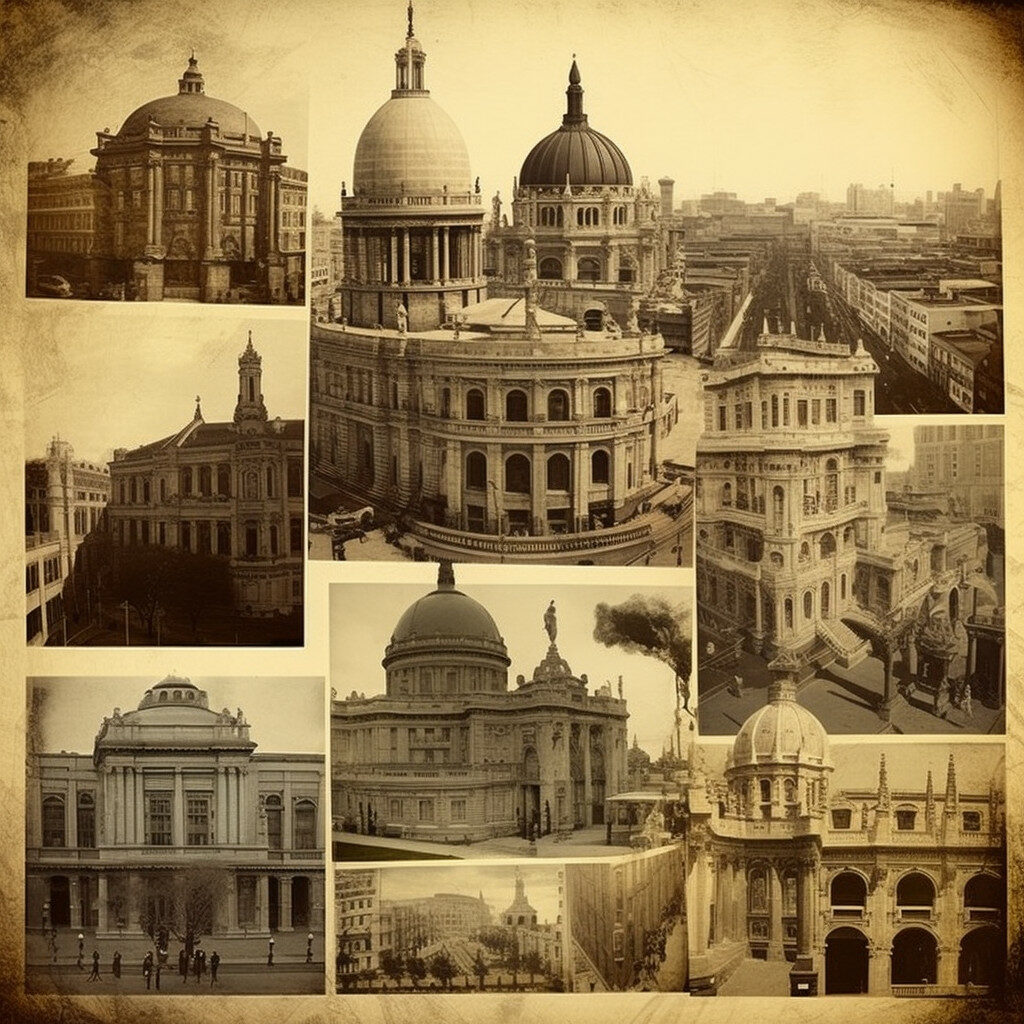
North Dakota is home to several cities that boast unique attractions that are worth visiting. Here are some of the most famous cities and their attractions:
Fargo
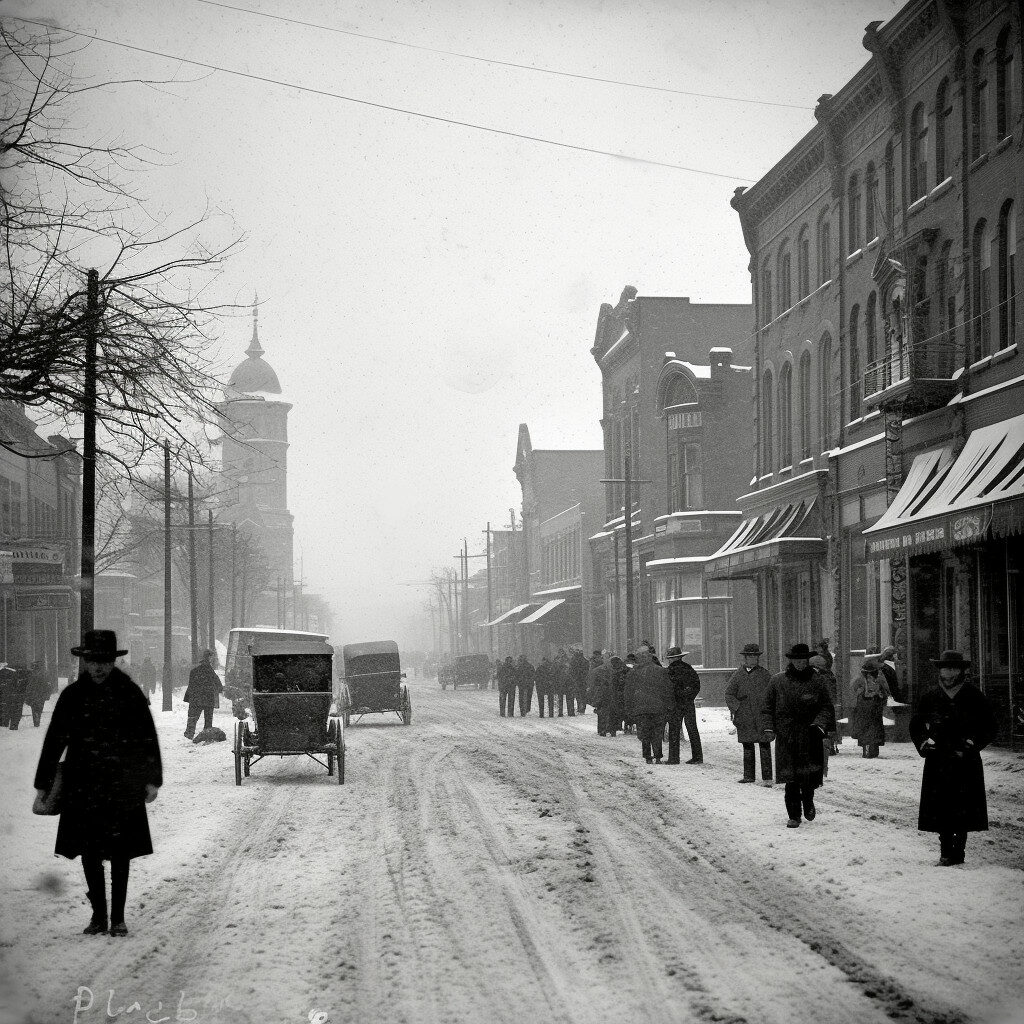
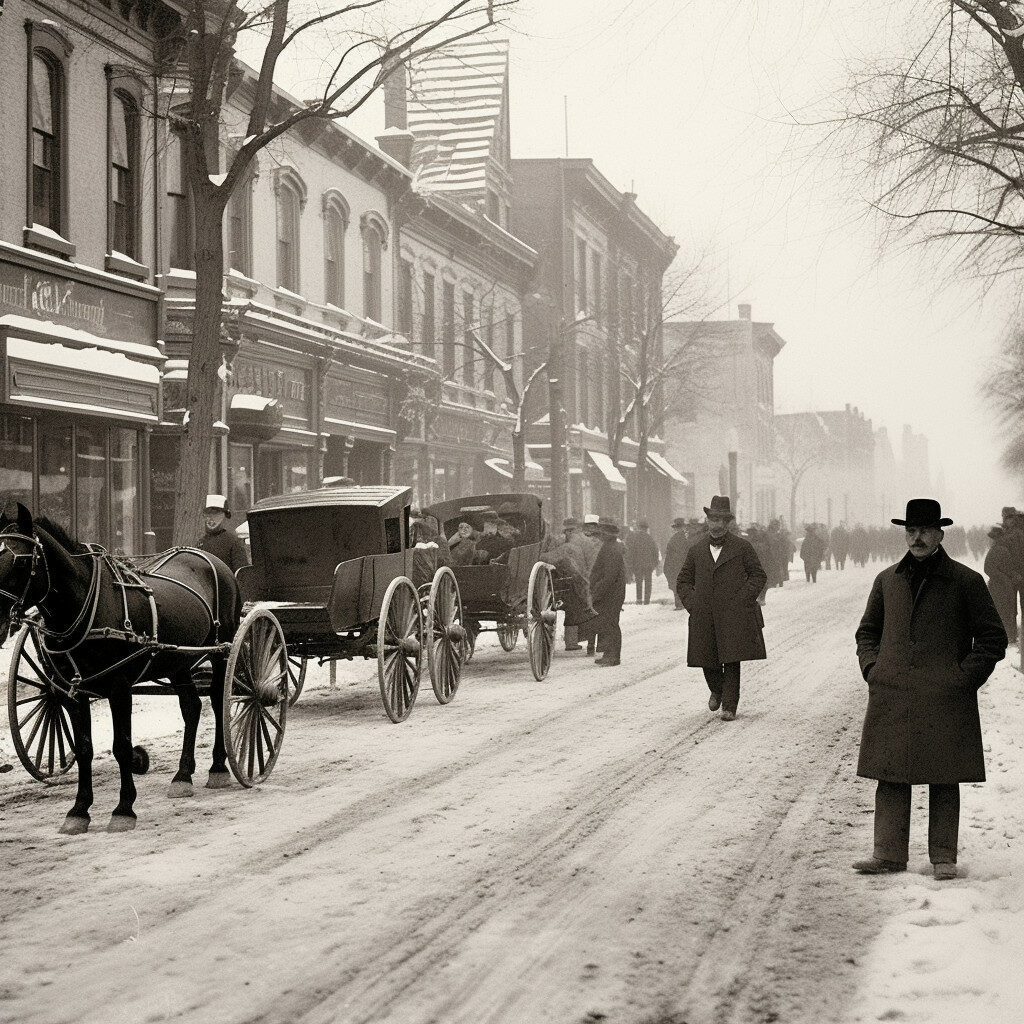
Fargo is the largest city in North Dakota and is known for its vibrant downtown area. The city is home to several museums, including the Fargo Air Museum, which features a collection of aircraft from World War II to the present day. Fargo is also home to the Plains Art Museum, which showcases contemporary art from the region and beyond. Other popular attractions in Fargo include the Red River Zoo, the Fargo Theatre, and the Roger Maris Museum.
Williston
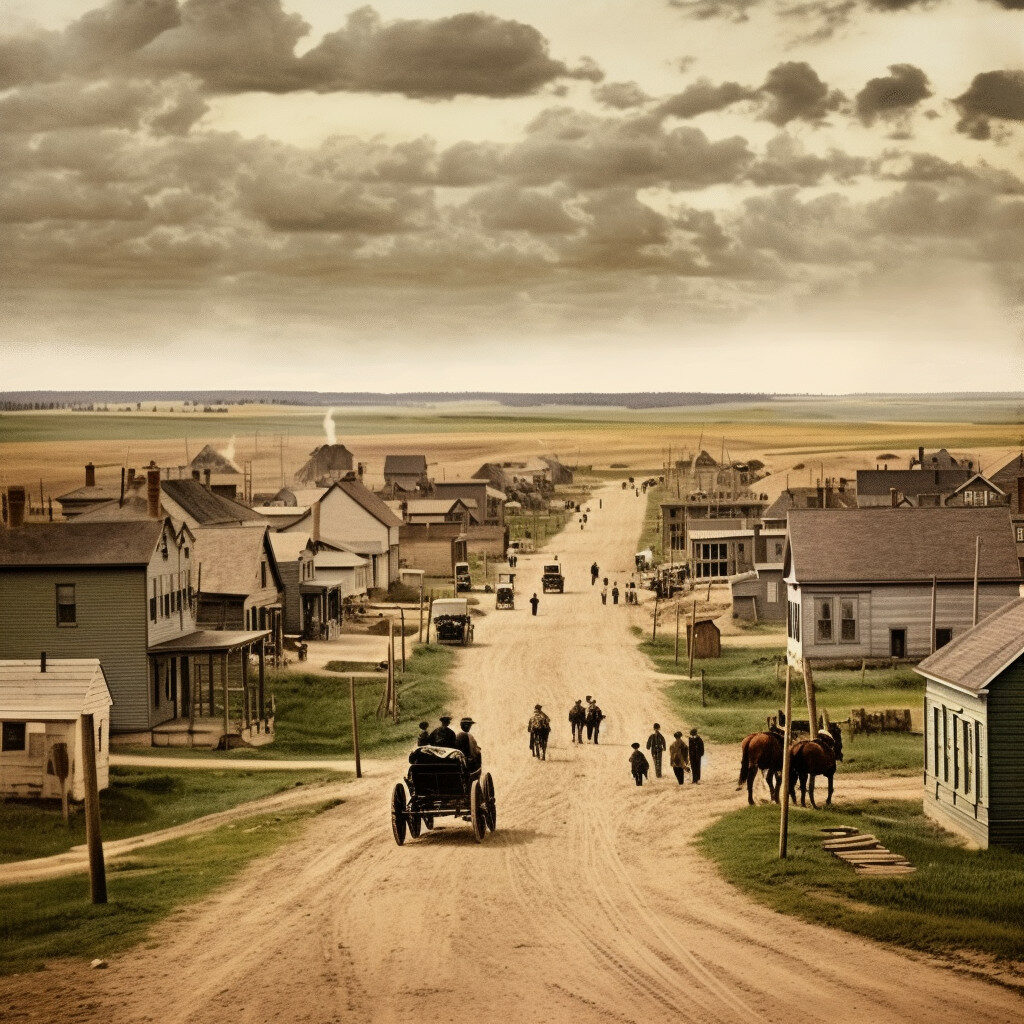
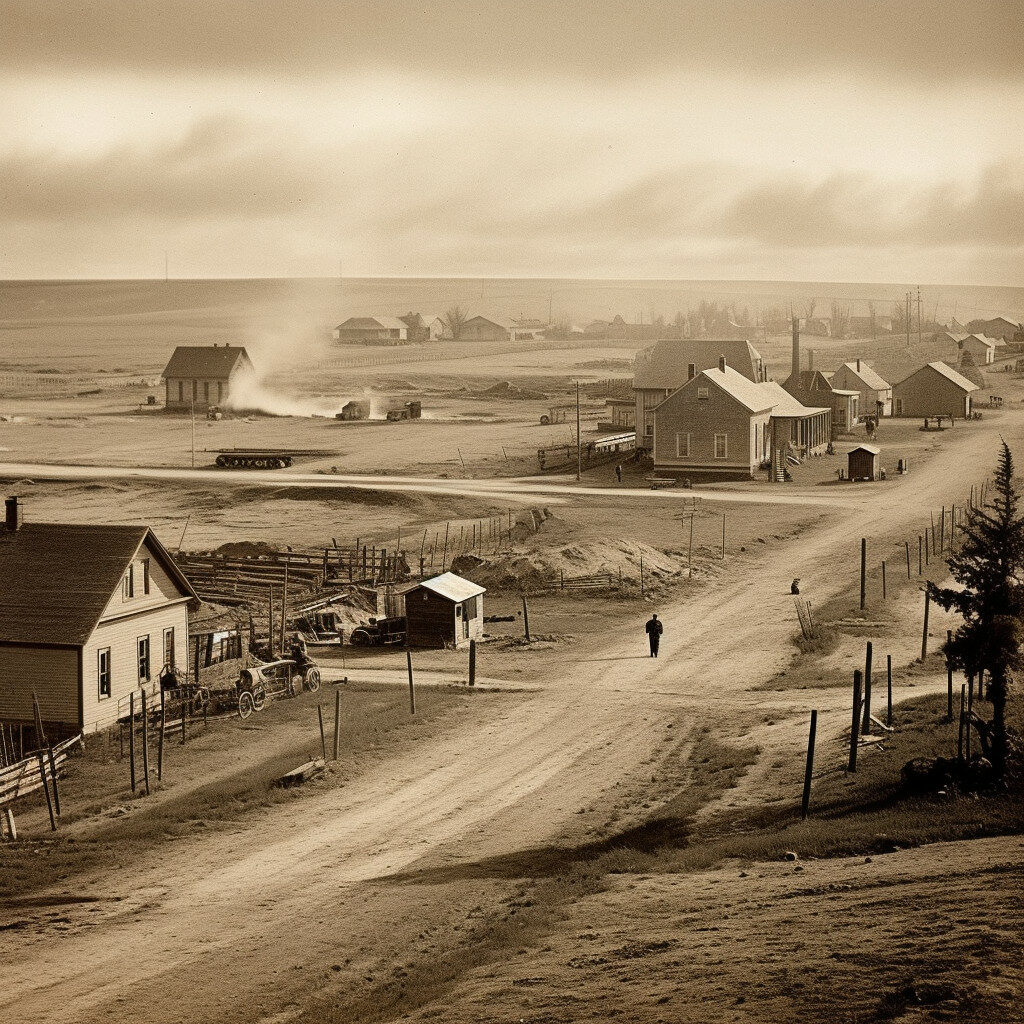
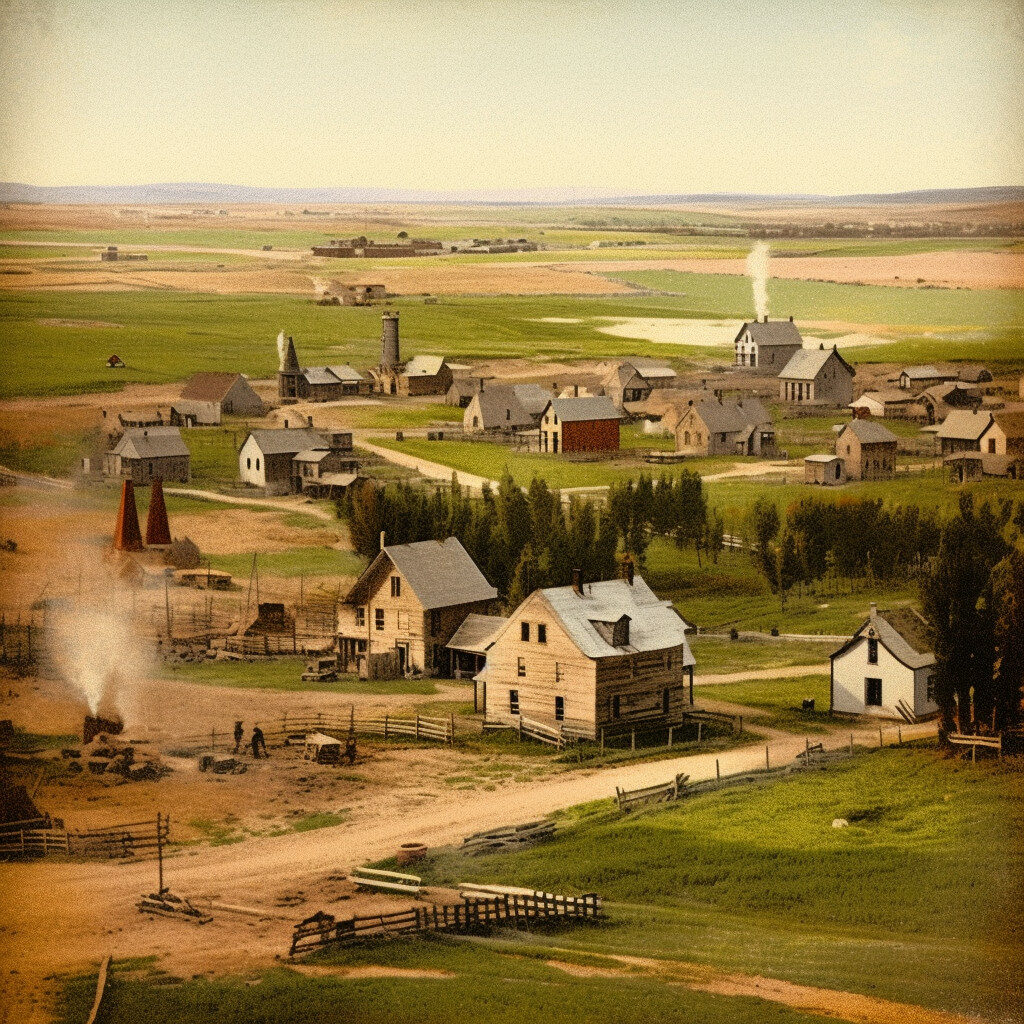
Williston is a city located in the western part of North Dakota. The city is known for its oil boom, which has brought thousands of workers to the area in recent years. Williston is home to several museums, including the Fort Buford State Historic Site, which was a major military outpost during the Indian Wars. Other popular attractions in Williston include the Missouri-Yellowstone Confluence Interpretive Center, the James Memorial Art Center, and the Williston Municipal Golf Course.
Medora
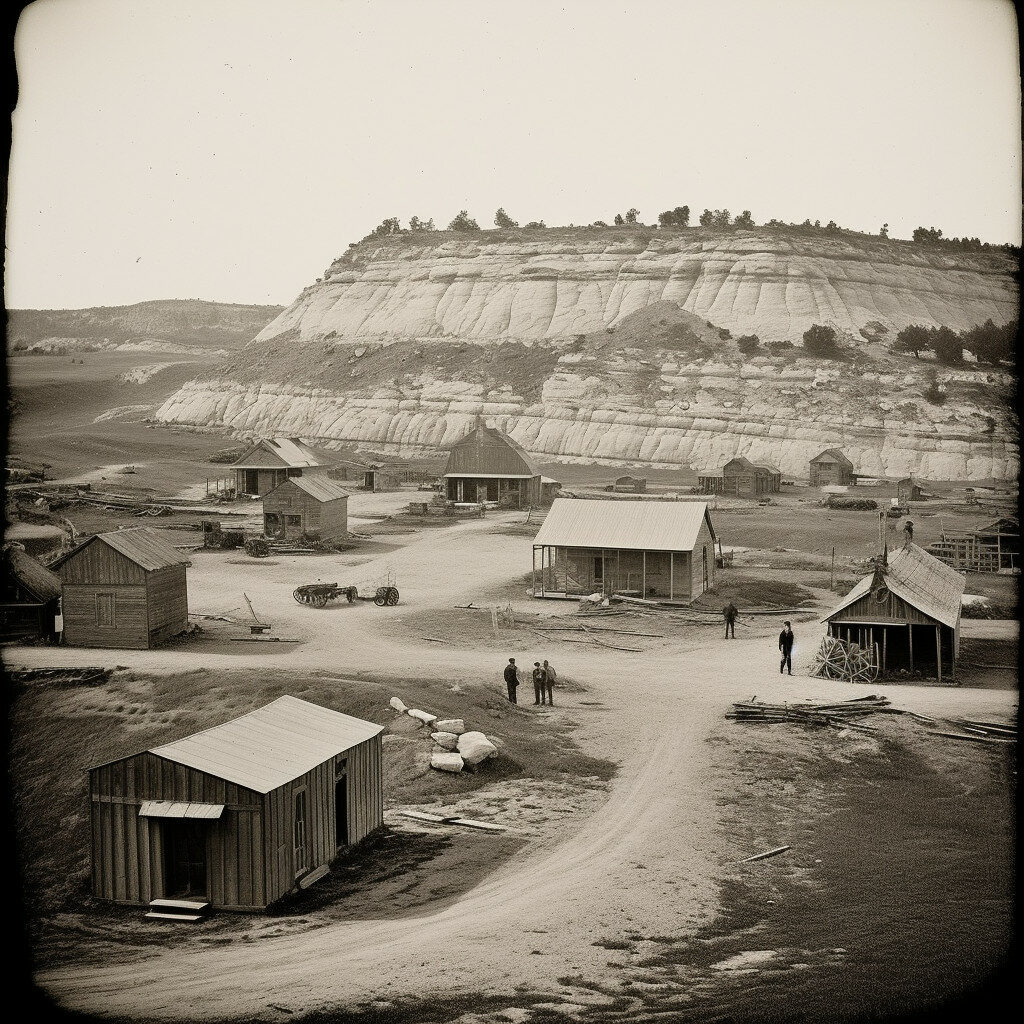
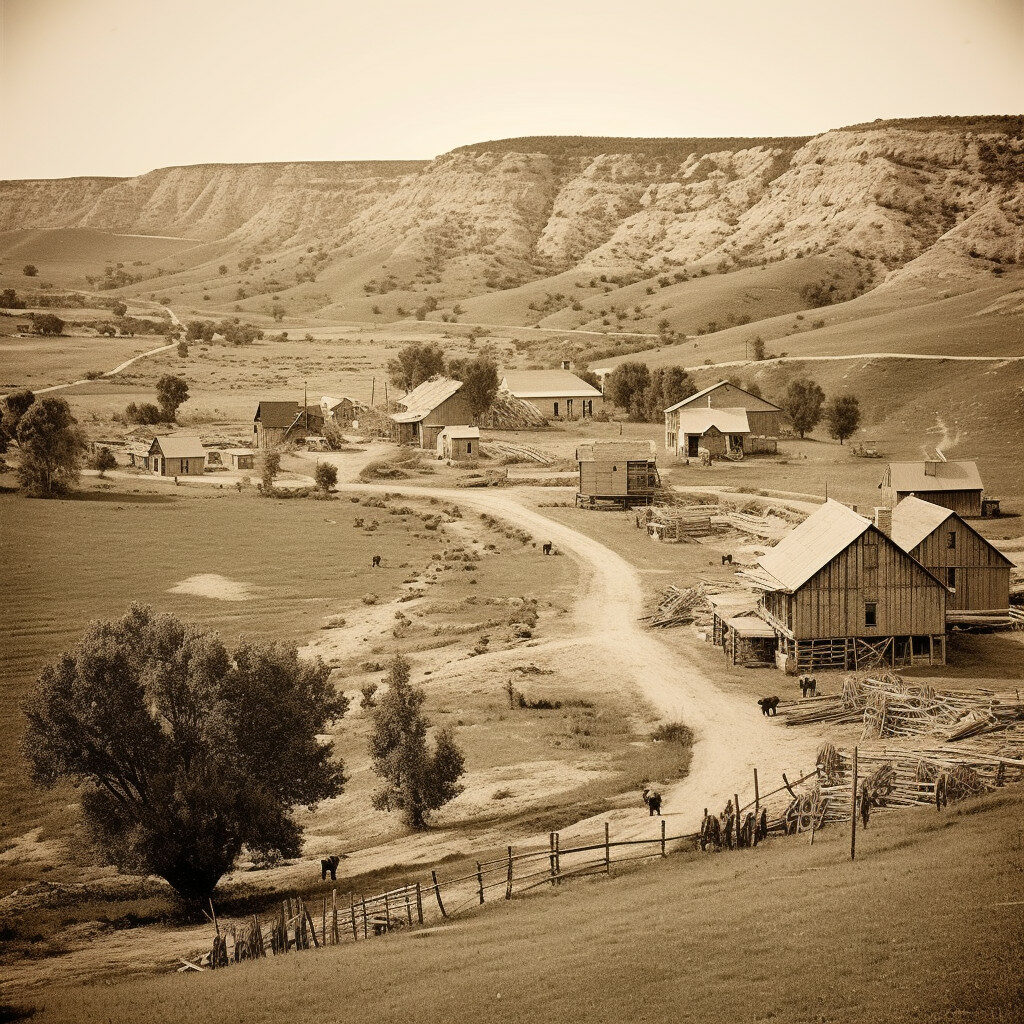
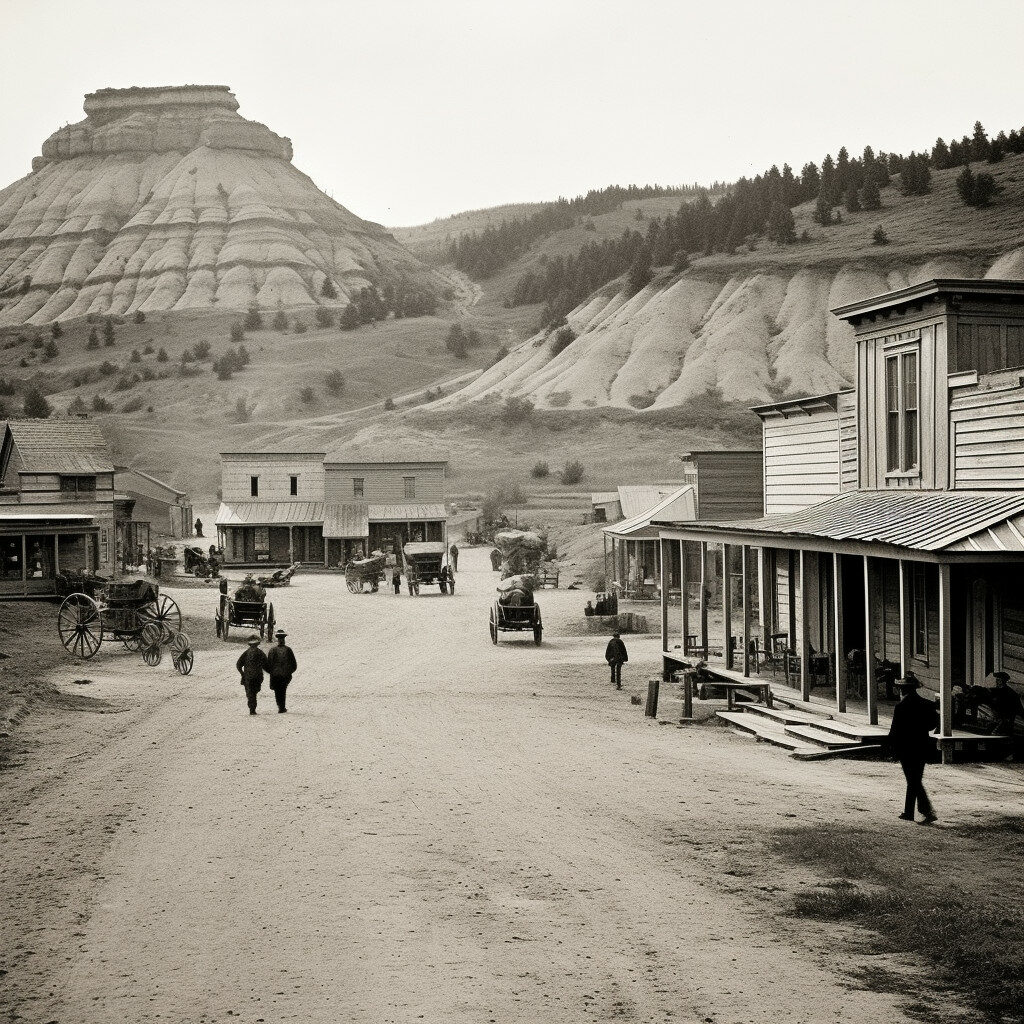
Medora is a small town located in the western part of North Dakota, near the entrance to Theodore Roosevelt National Park. The town is known for its Old West charm and is home to several attractions, including the Medora Musical, a popular outdoor musical that takes place during the summer months. Other popular attractions in Medora include the Chateau de Mores State Historic Site, the Billings County Museum, and the North Dakota Cowboy Hall of Fame.
Washburn
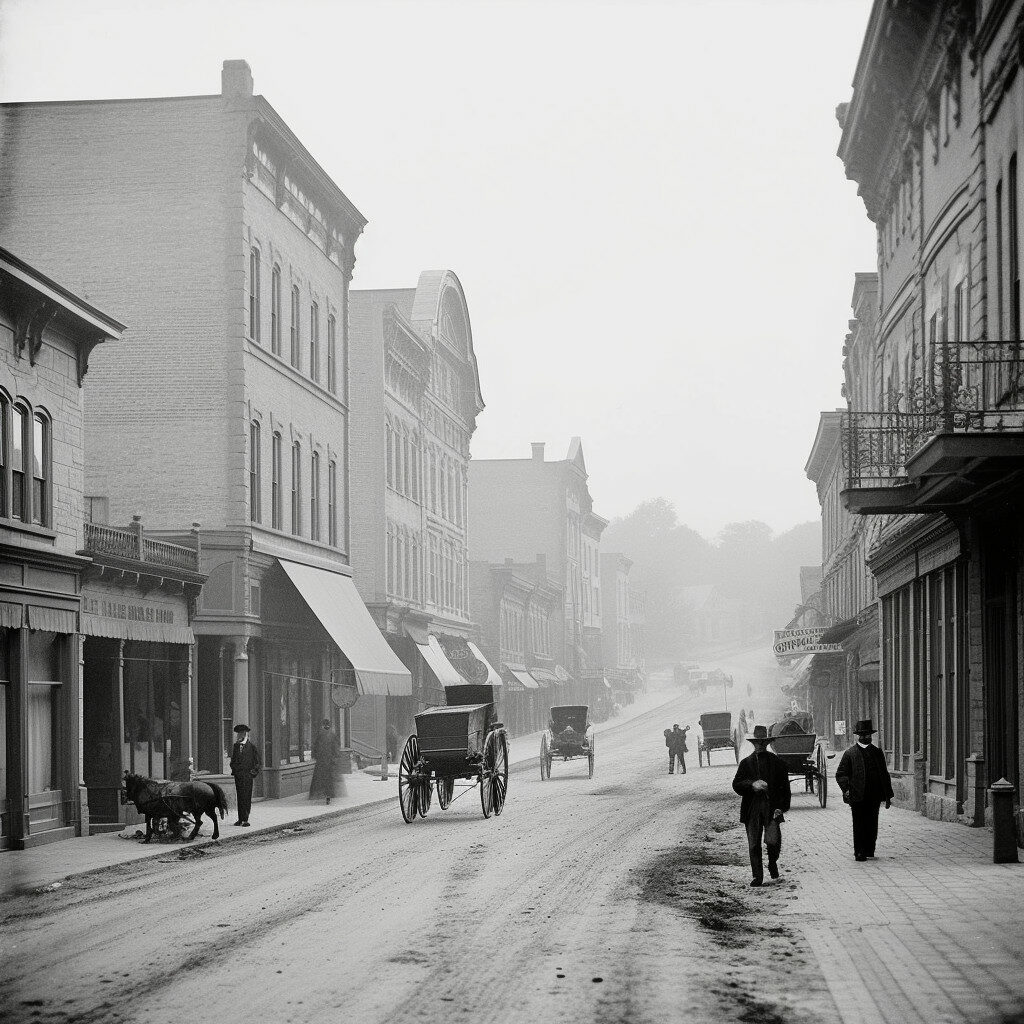
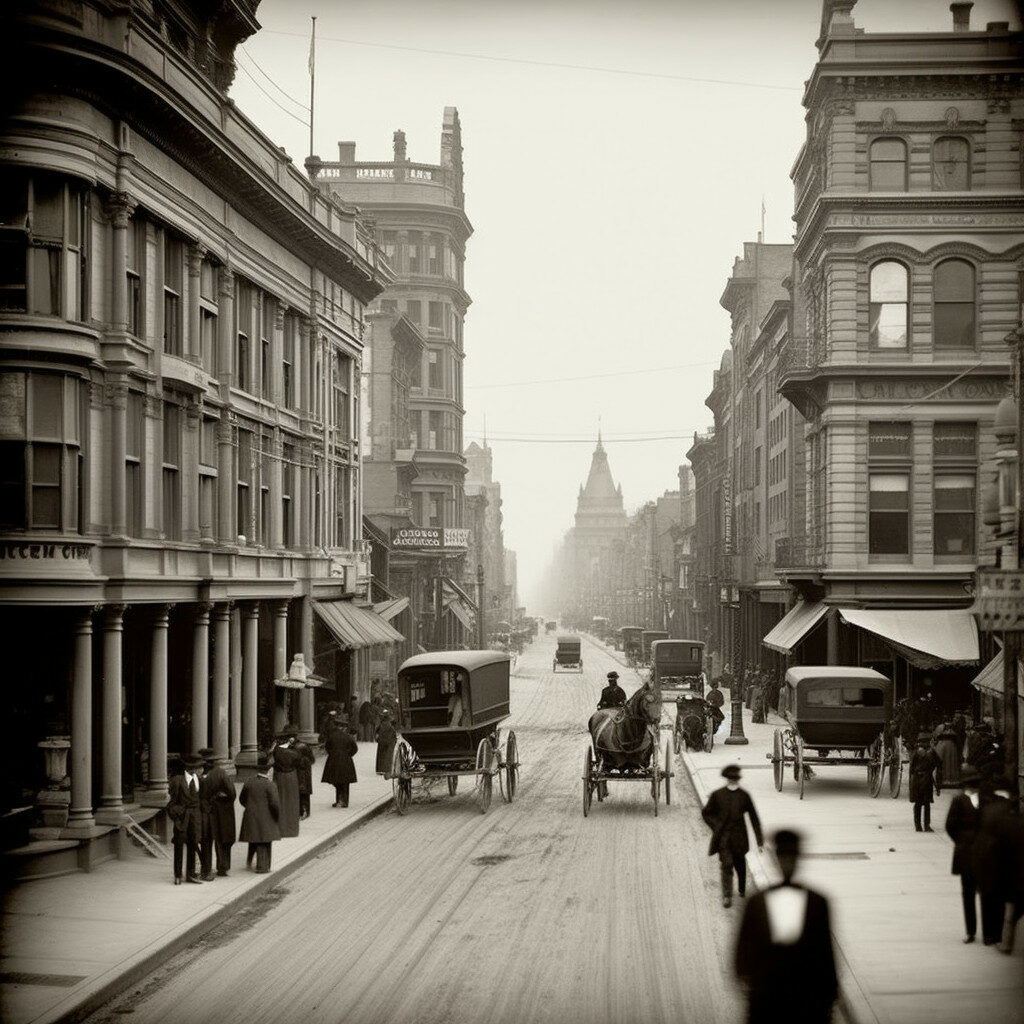
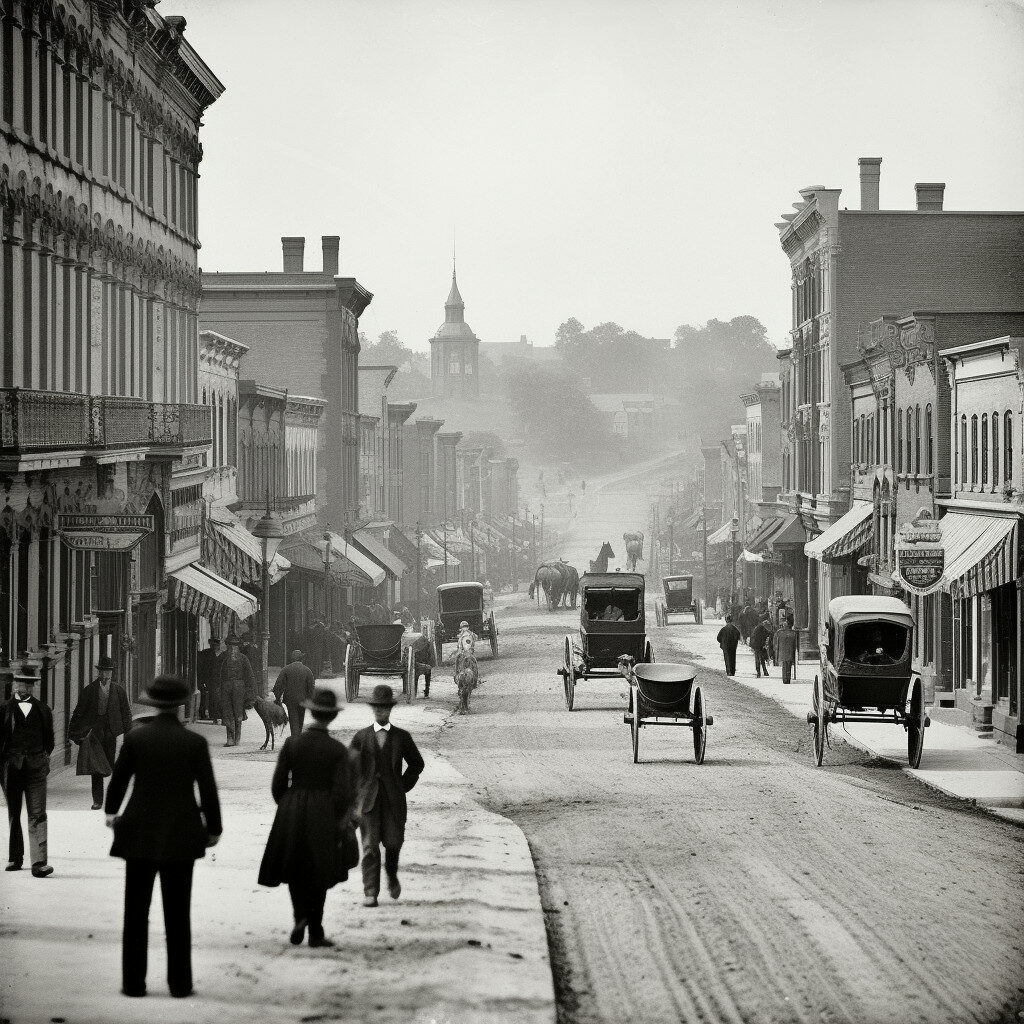
Washburn is a city located in central North Dakota, along the banks of the Missouri River. The city is home to several historic sites, including the Lewis and Clark Interpretive Center, which tells the story of the famous explorers who passed through the area in 1804. Other popular attractions in Washburn include the Fort Mandan State Historic Site, the Washburn Heritage Center, and the Washburn Golf Course.
Devils Lake
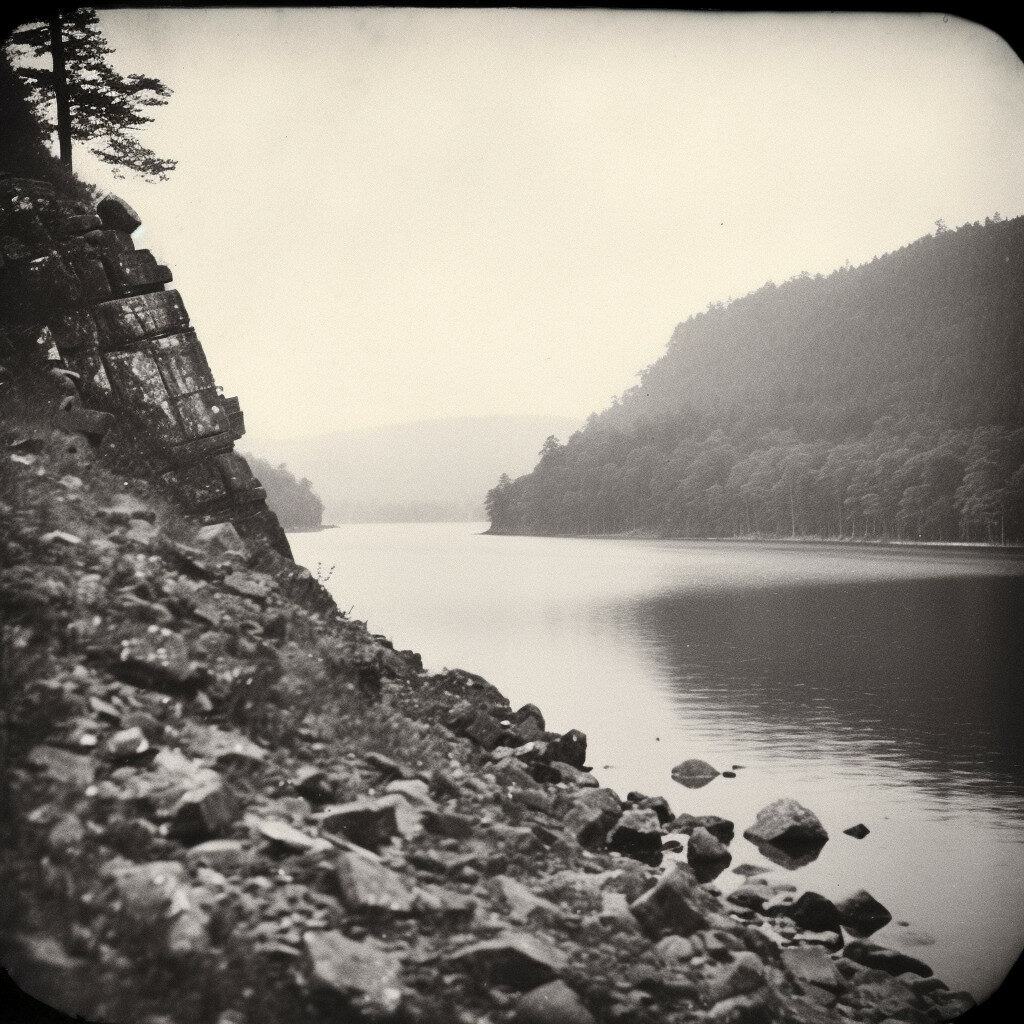
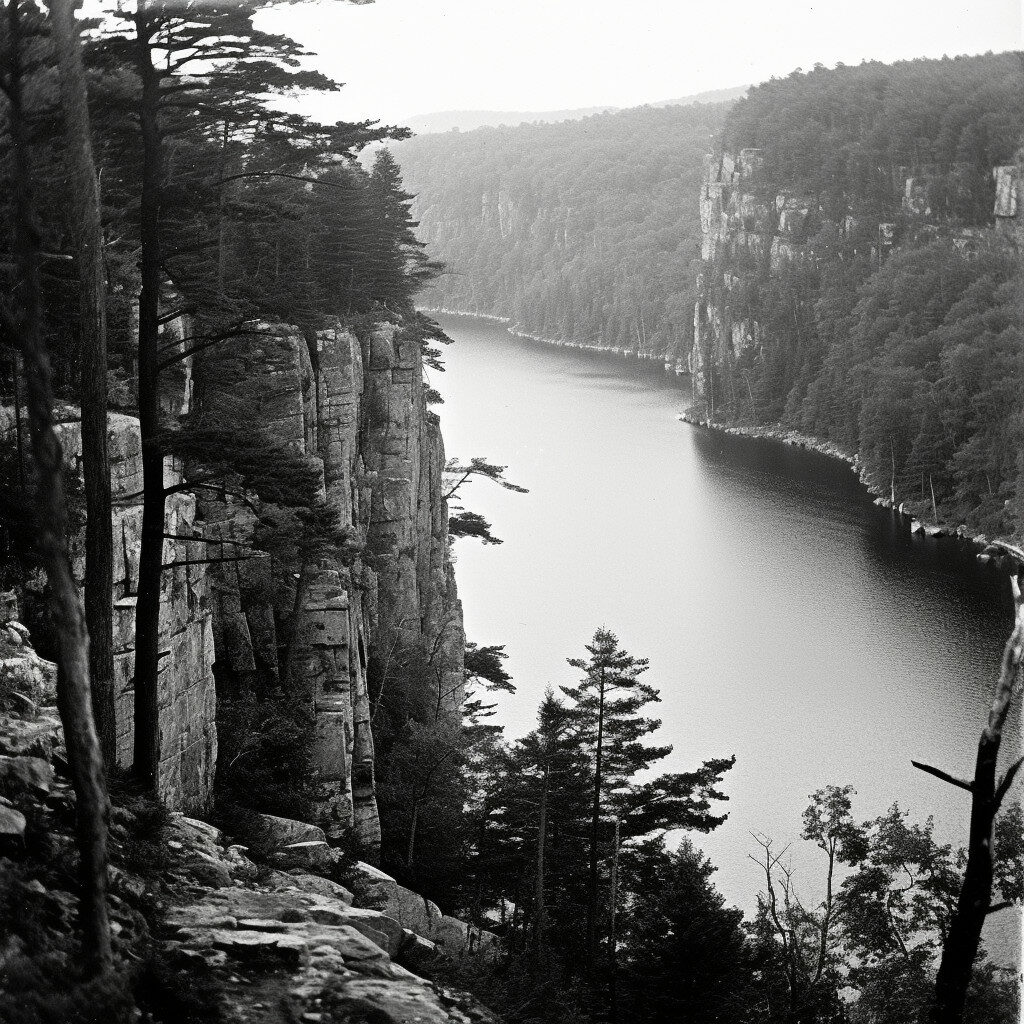
Devils Lake is a city located in the northeastern part of North Dakota, near the border with Minnesota. The city is named after the nearby lake, which is the largest natural body of water in the state. Devils Lake is home to several parks and outdoor recreational areas, including Grahams Island State Park, which features campsites, hiking trails, and a swimming beach. Other popular attractions in Devils Lake include the Lake Region Heritage Center, the Devils Lake Speedway, and the Devils Lake Municipal Airport.
Huff
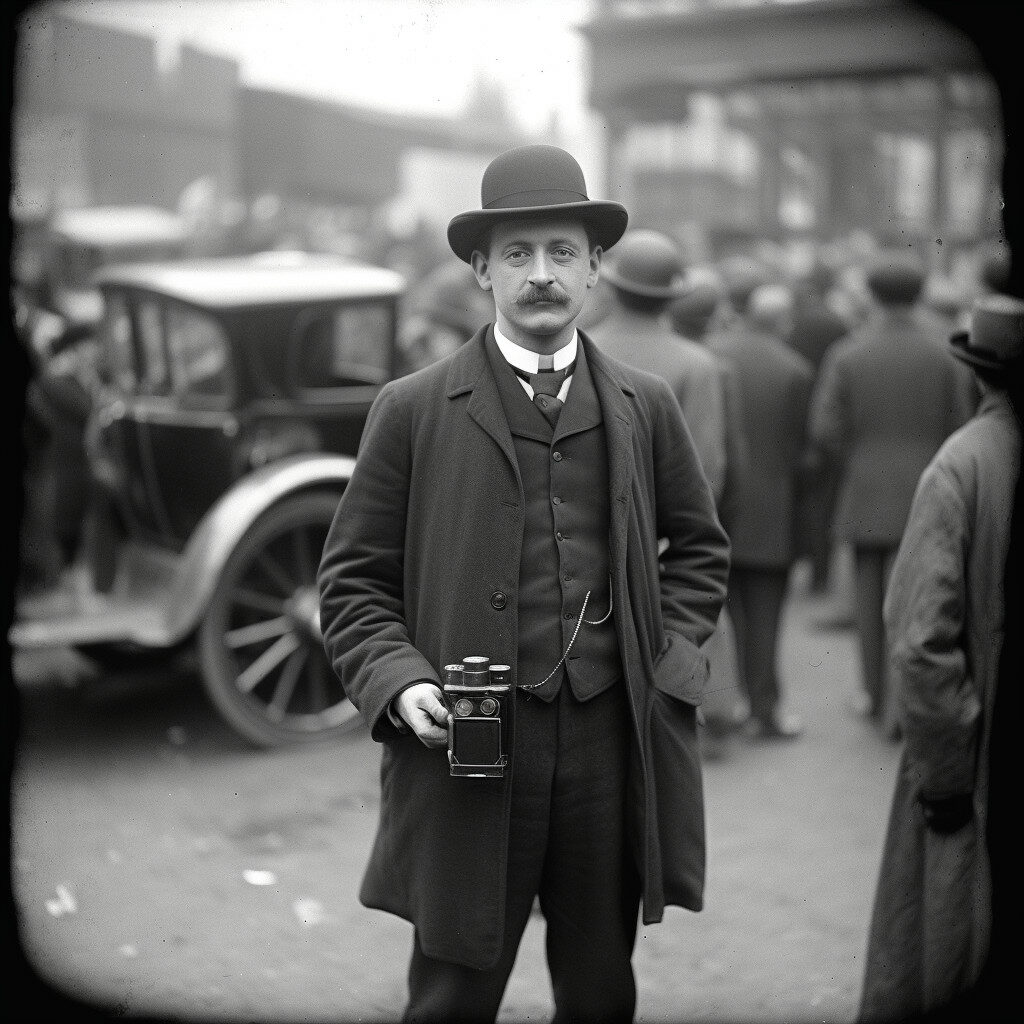
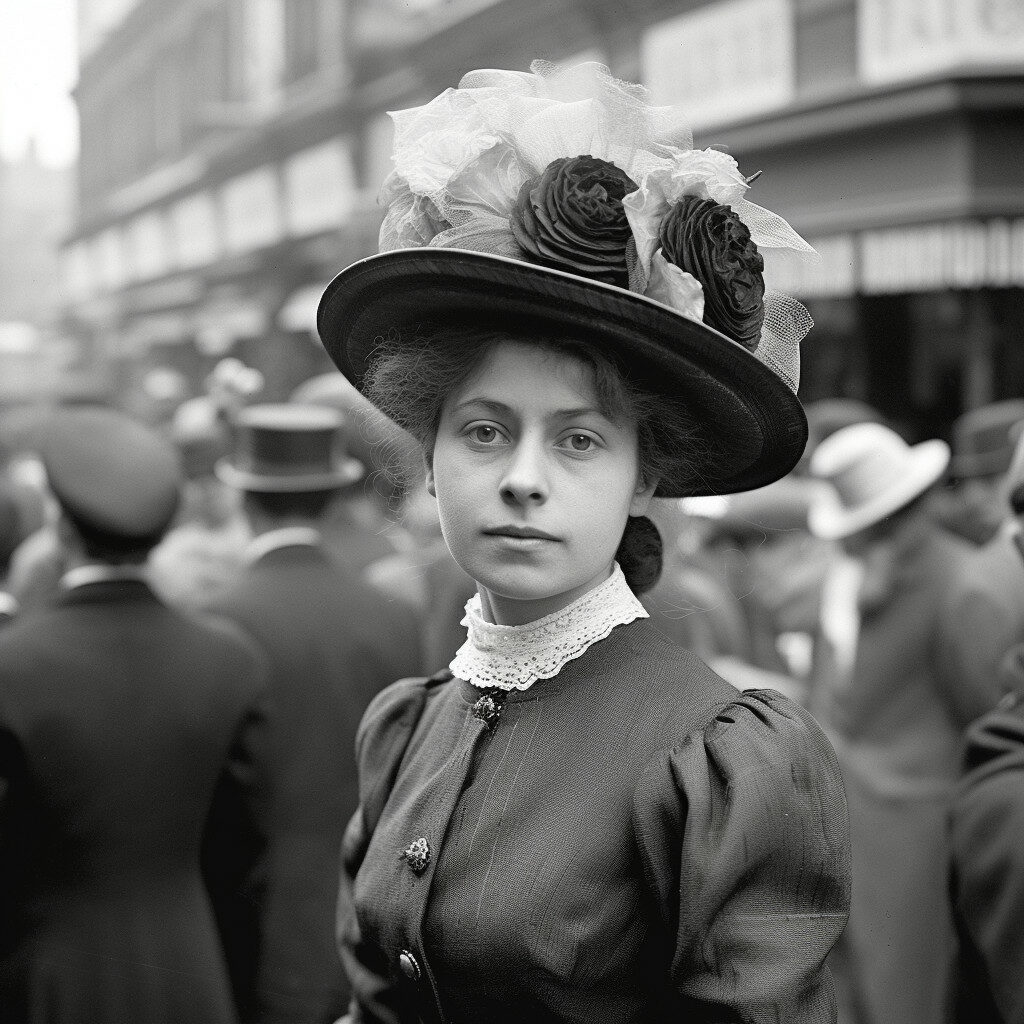
Huff is a small town located in the southwestern part of North Dakota. The town is known for its rich history and is home to several historic sites, including the Huff Archeological Site, which features the remains of a prehistoric village that dates back to the 15th century. Other popular attractions in Huff include the Huff Heritage Museum, which showcases the town’s history, and the Huff Golf Course.
Dunn Center
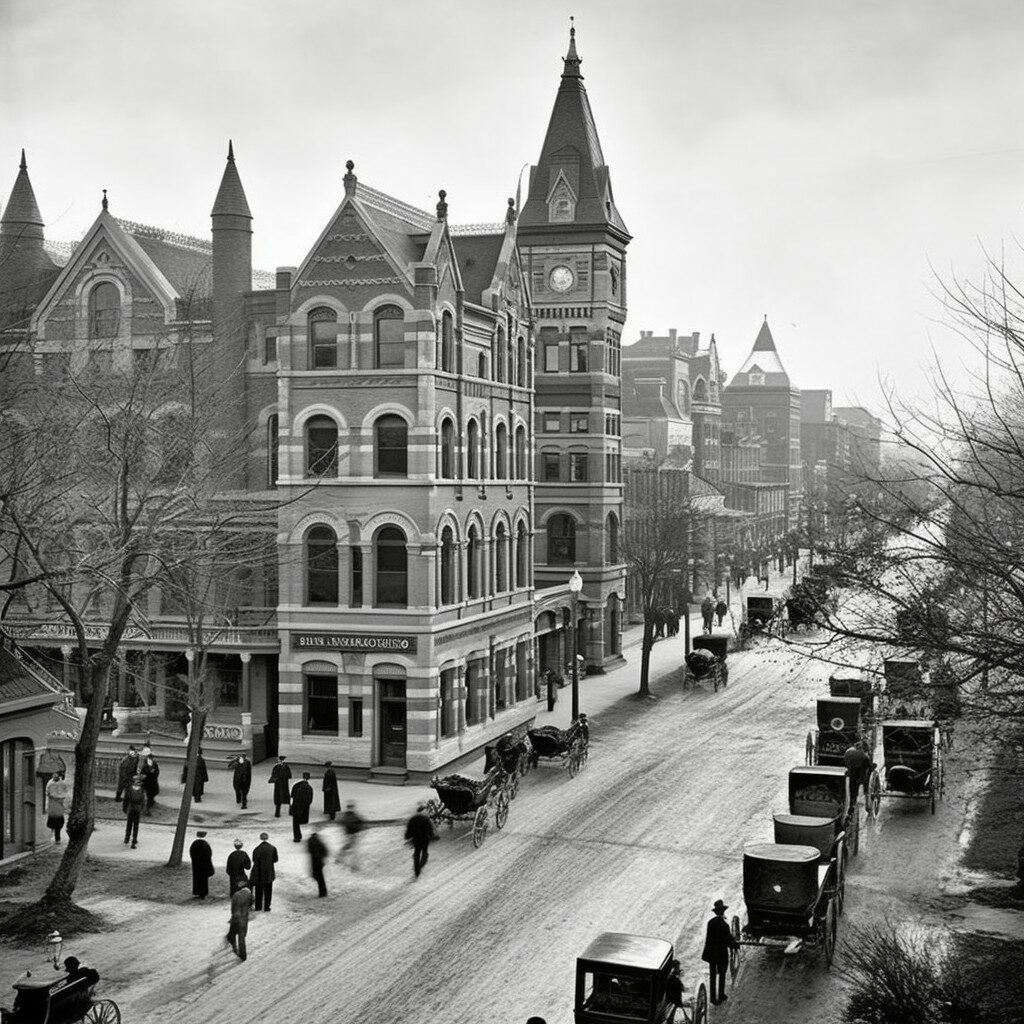
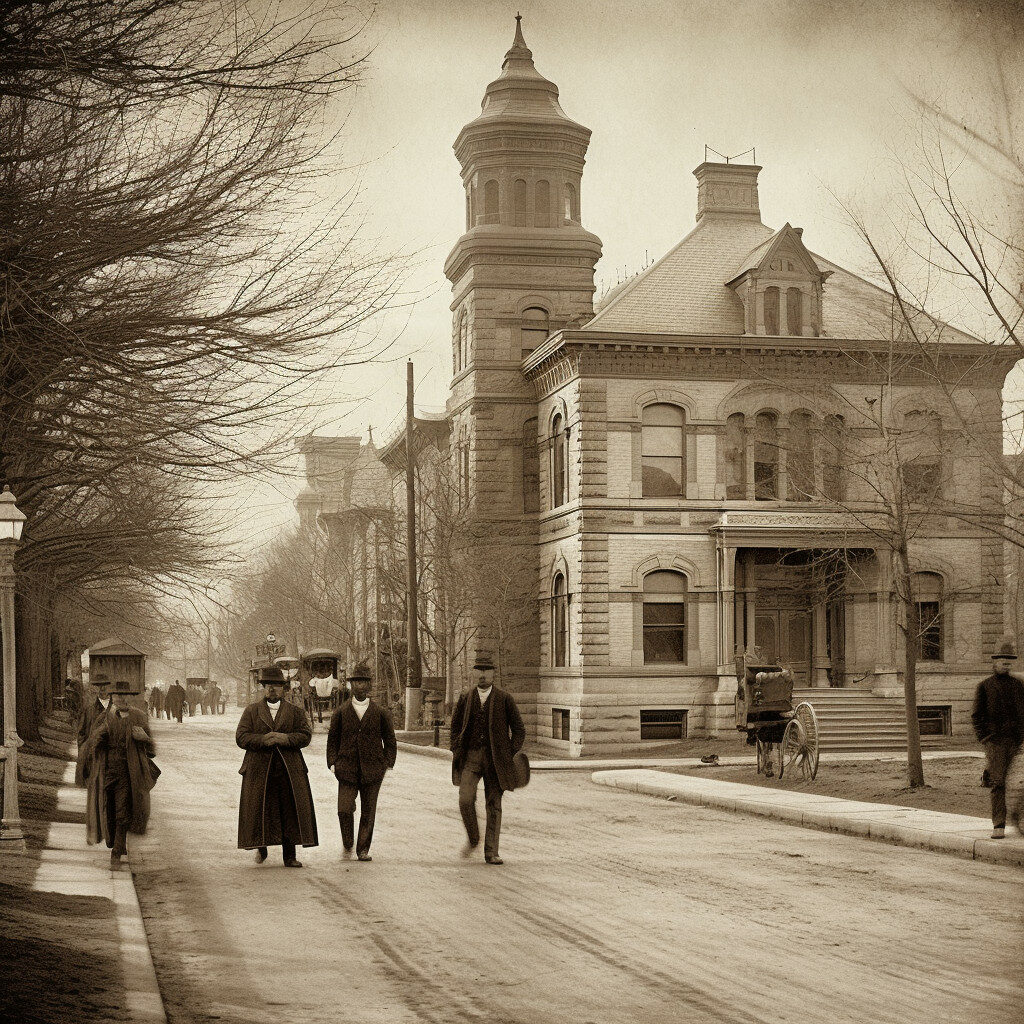
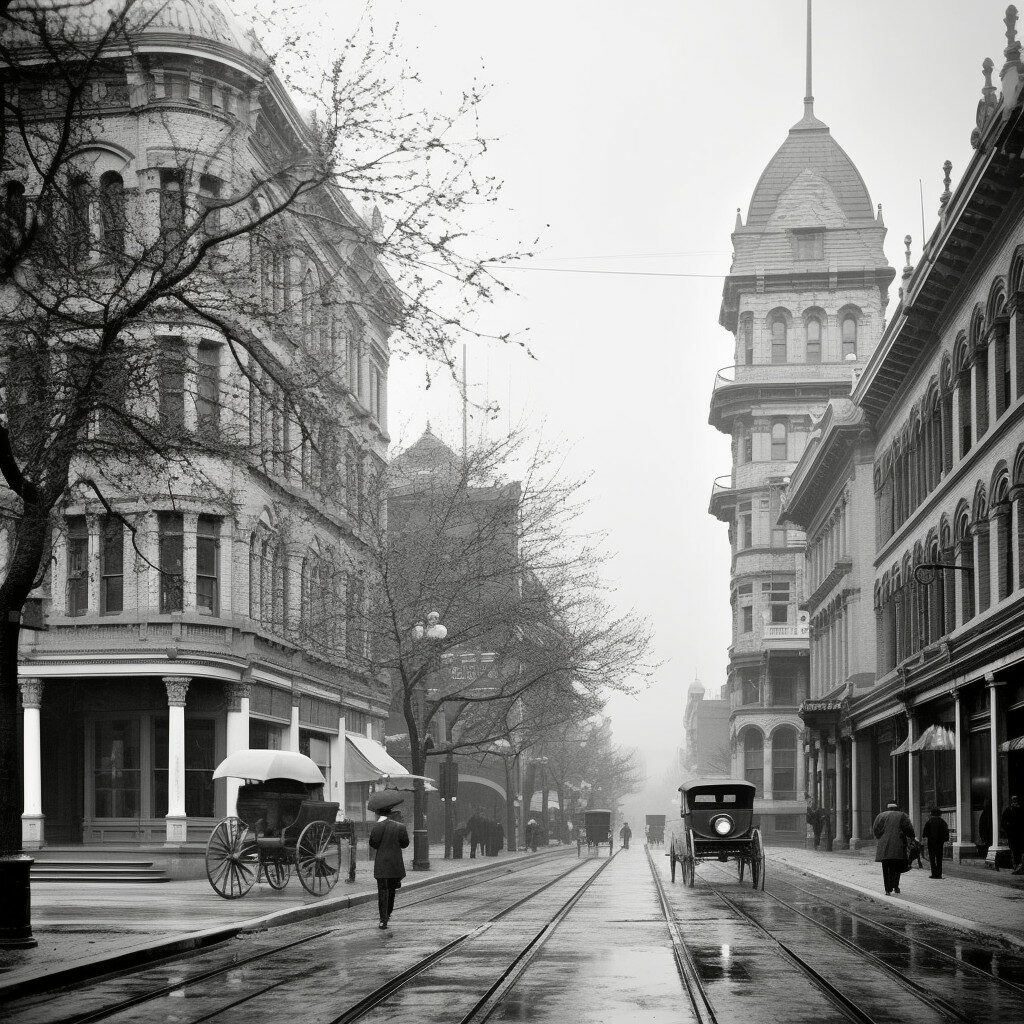
Dunn Center is a city located in the northwestern part of North Dakota. The city is known for its scenic beauty and is home to several parks and outdoor recreational areas, including the Dunn Center Municipal Park, which features a playground, picnic area, and walking trails. Other popular attractions in Dunn Center include the Dunn Center Heritage Museum, which showcases the town’s history, and the Dunn Center Golf Course.
Abercrombie
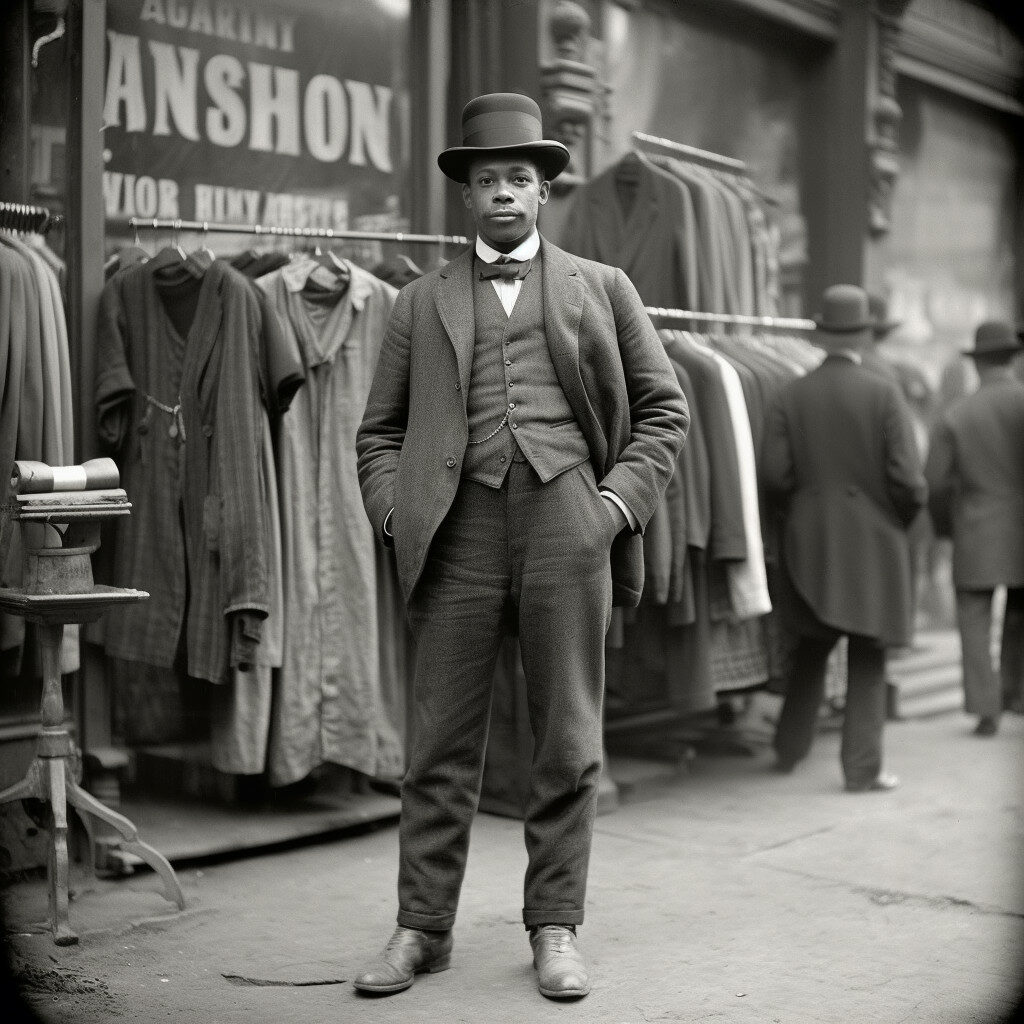
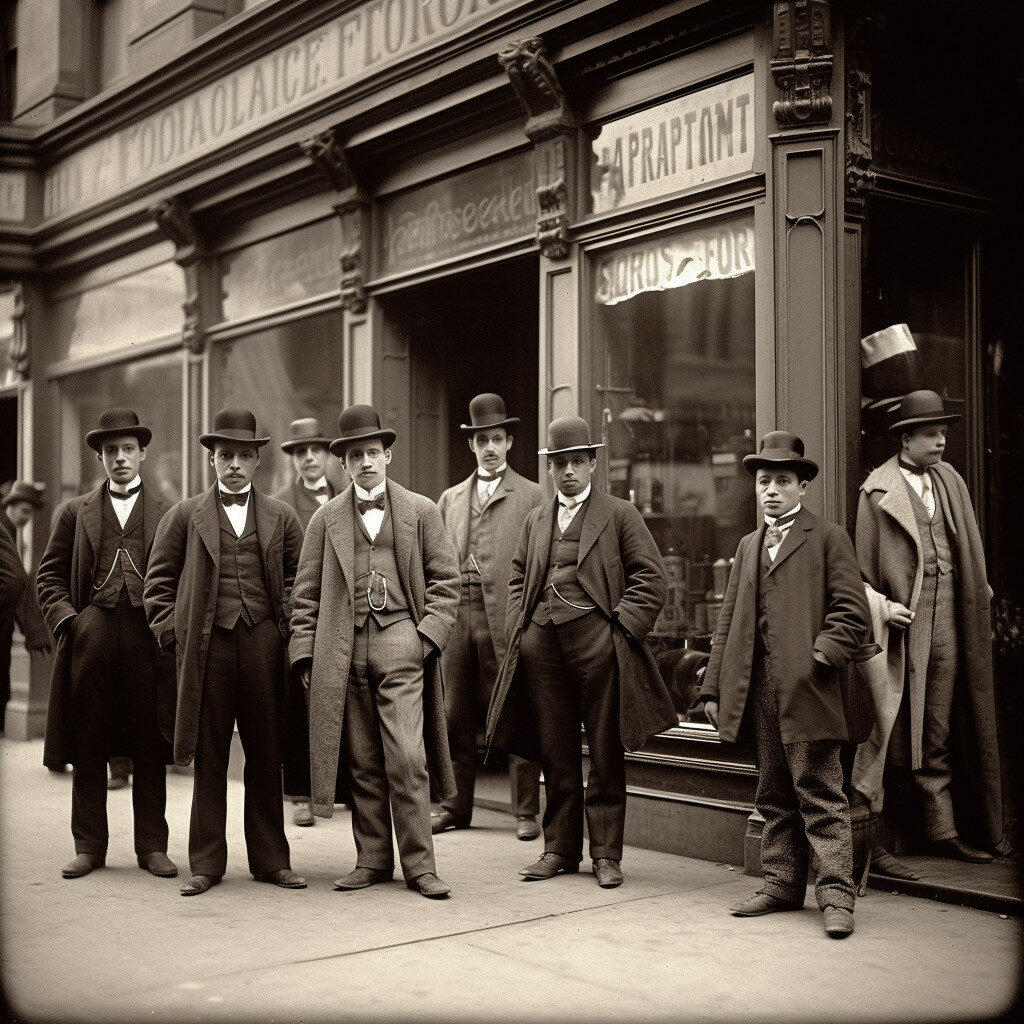
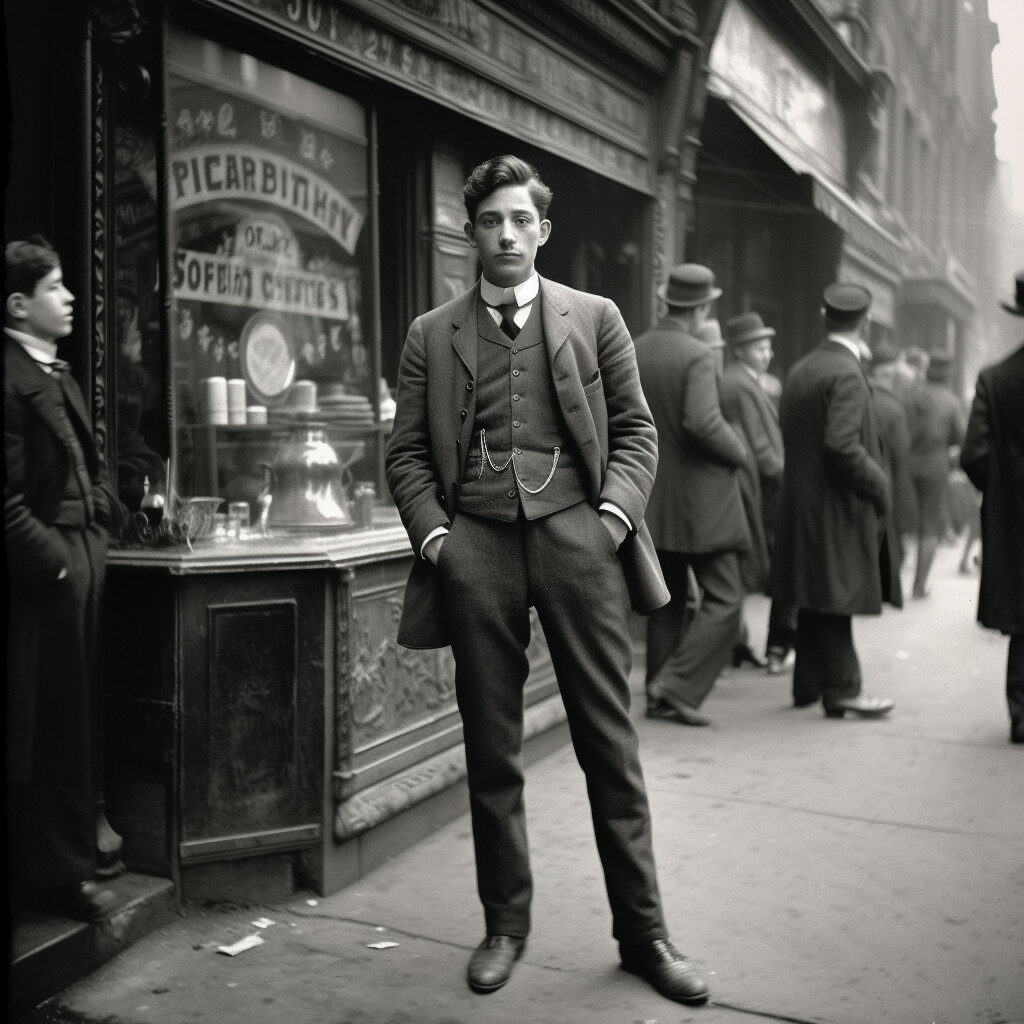
Abercrombie is a small town located in the southeastern part of North Dakota, near the border with Minnesota. The town is known for its historic buildings and is home to several historic sites, including the Abercrombie Pioneer Cemetery, which dates back to the 1870s. Other popular attractions in Abercrombie include the Abercrombie Golf Course, the Abercrombie Opera House, and the Abercrombie Community Center.
Cooperstown
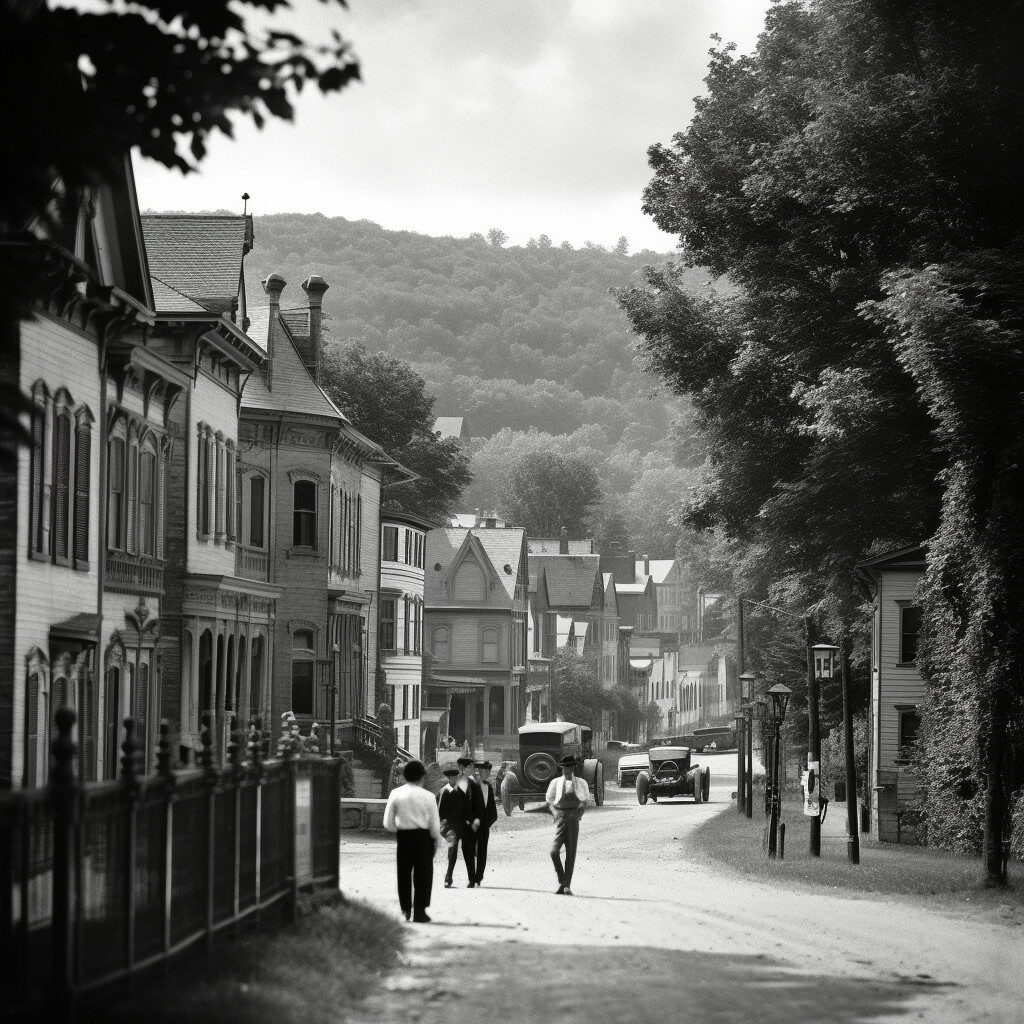
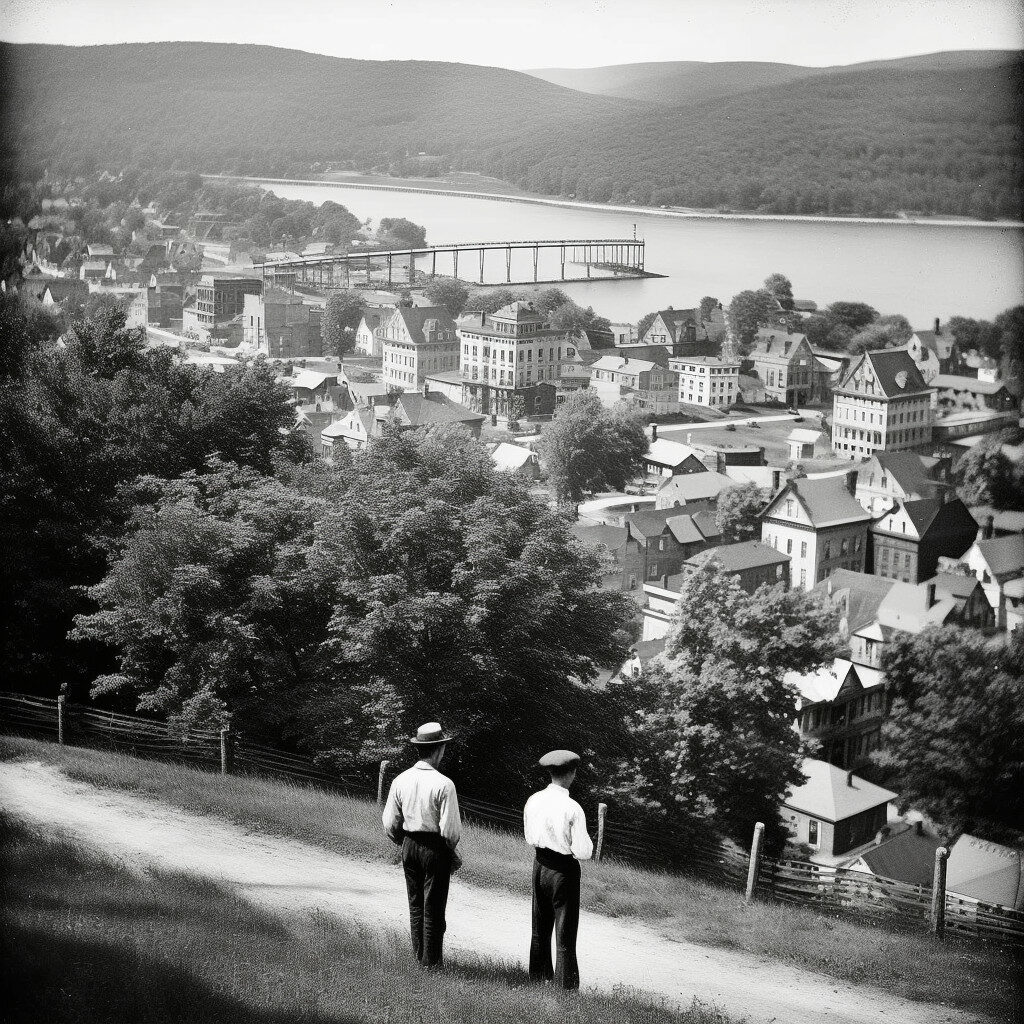
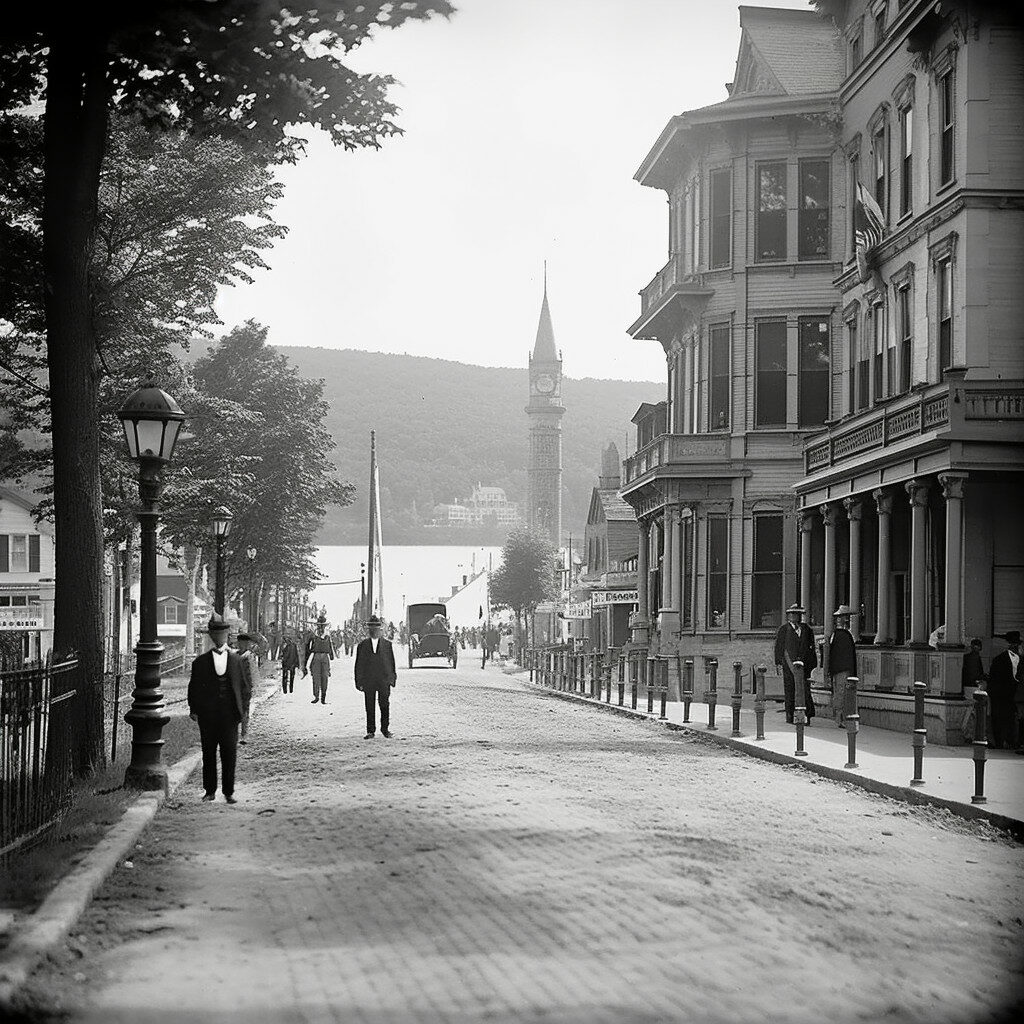
Cooperstown is a city located in the eastern part of North Dakota. The city is known for its historic buildings and is home to several museums, including the Ronald Reagan Minuteman Missile State Historic Site, which features a decommissioned missile launch control center that was once used during the Cold War. Other popular attractions in Cooperstown include the Griggs County Museum, the Cooperstown Golf Course, and the Cooperstown Medical Center.
Unique Experiences in North Dakota
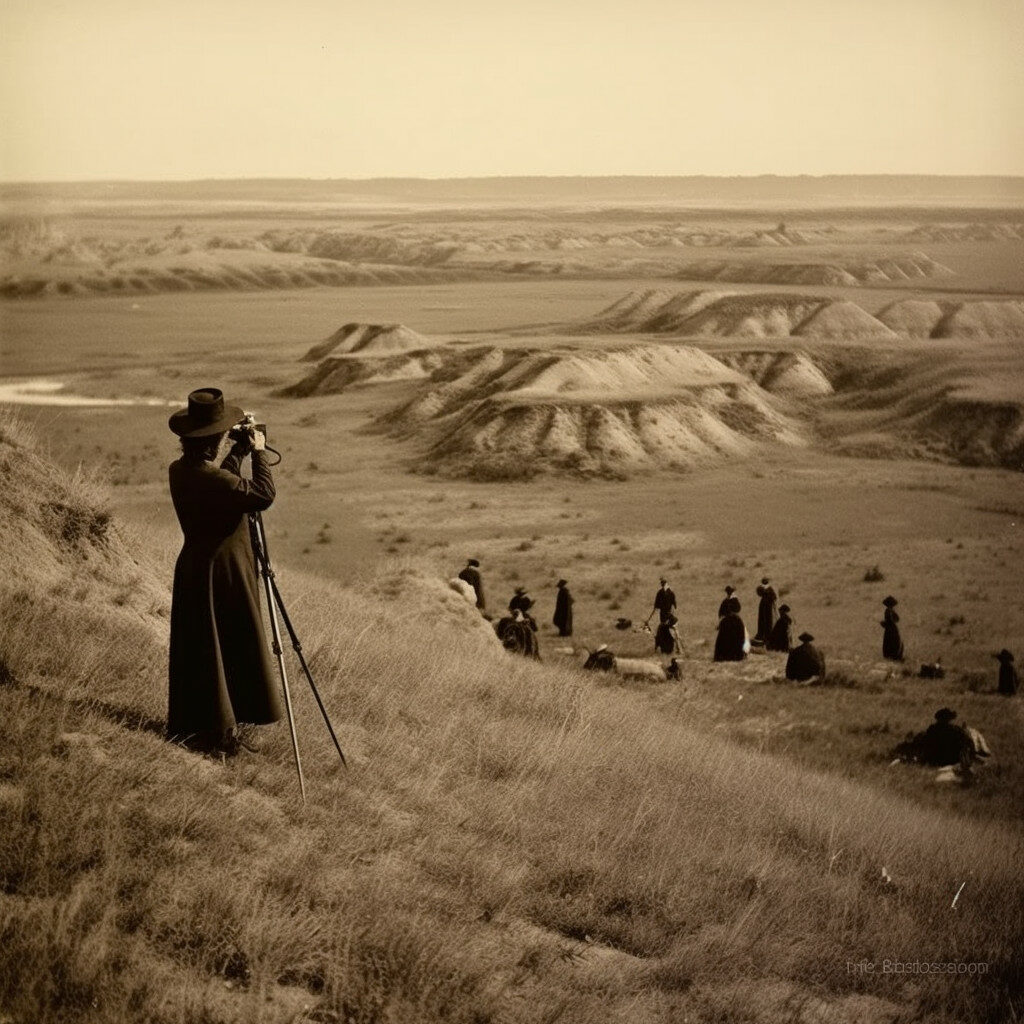
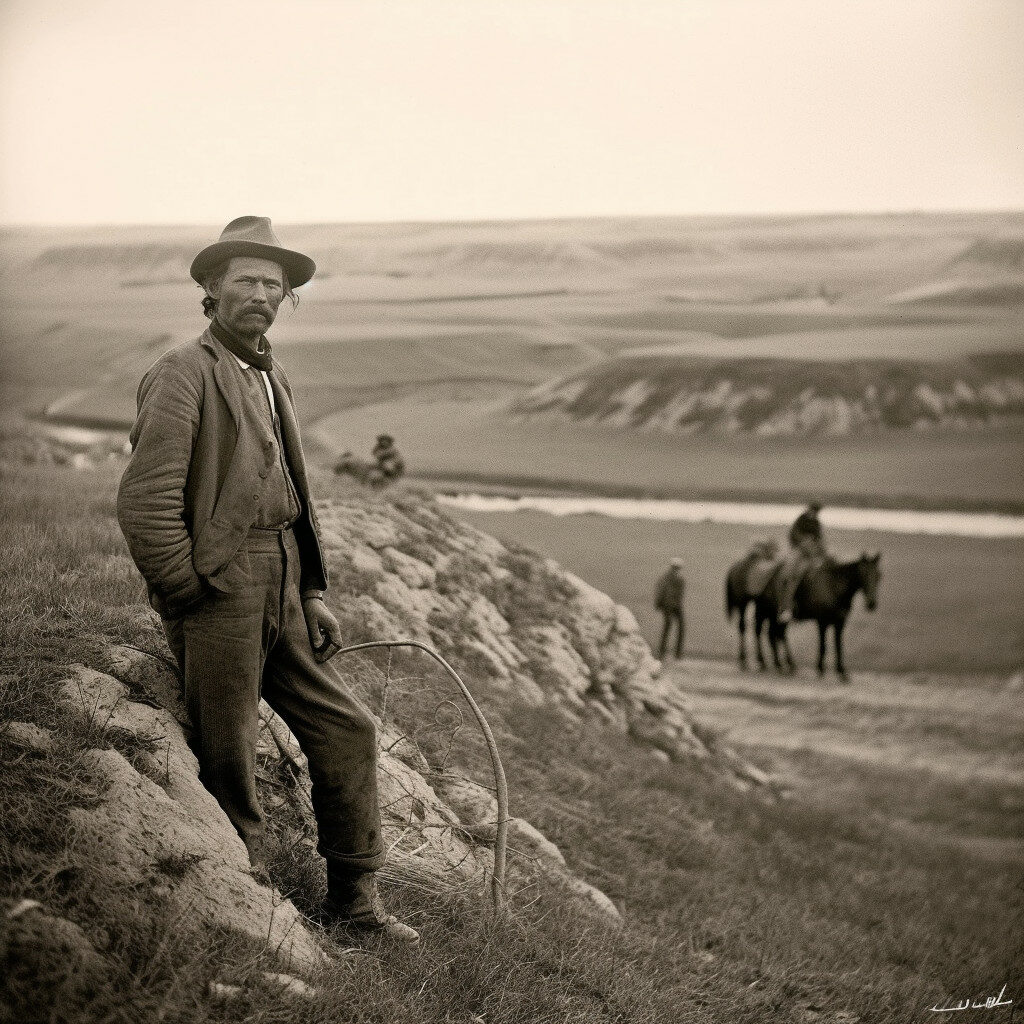
North Dakota is full of unique experiences that you won’t find anywhere else in the world. Whether you’re looking to hike through stunning landscapes, explore historic sites, or immerse yourself in local culture, there’s something for everyone in this beautiful state.
One of the most unique experiences in North Dakota is driving down the Enchanted Highway. This 32-mile stretch of road features a series of larger-than-life sculptures that are sure to take your breath away. From giant grasshoppers to towering metal men, the Enchanted Highway is a must-see for anyone visiting the state.
If you’re looking to get out and stretch your legs, North Dakota has plenty of hiking opportunities to offer. The Maah Daah Hey Trail is one of the most popular options, weaving through the stunning Little Missouri National Grassland. For something a little more challenging, head to the Painted Canyon Overlook for panoramic views of the Badlands.
For history buffs, North Dakota is a treasure trove of fascinating sites. The Lewis and Clark Interpretive Center in Washburn is a great place to learn about the famous explorers and their journey through the upper Midwest. The State Capitol Building in Bismarck is also worth a visit, with its impressive architecture and rich history.
If you’re traveling with kids, the Dakota Zoo in Bismarck is a must-see. Home to over 600 animals from around the world, the zoo is a great place to learn about wildlife and conservation. For something a little more high-flying, check out the Fargo Air Museum, which features a variety of vintage aircraft and exhibits about aviation history.
For a taste of North Dakota’s Scandinavian heritage, head to the Scandinavian Heritage Park in Minot. The park features replicas of traditional Scandinavian buildings and monuments, as well as a museum dedicated to Nordic culture and history.
No trip to North Dakota would be complete without a visit to the National Buffalo Museum in Jamestown. Home to a herd of live buffalo, the museum also features exhibits about the history and culture of the American bison.
Whether you’re interested in history, culture, or outdoor adventure, North Dakota has something for everyone. So pack your bags and get ready for a trip you’ll never forget!
Frequently Asked Questions
What is the significance of Fort Union Trading Post National Historic Site?
Fort Union Trading Post National Historic Site was once a bustling fur trading post located at the confluence of the Yellowstone and Missouri Rivers. It was an essential hub for the fur trade, serving as a meeting place for traders, Native Americans, and trappers. Today, the site is a preserved piece of history that offers visitors the chance to learn about the fur trade and its impact on the region.
What are some interesting facts about North Dakota’s National Parks?
North Dakota is home to two national parks: Theodore Roosevelt National Park and Knife River Indian Villages National Historic Site. Theodore Roosevelt National Park is named after the 26th President of the United States, who was known for his love of the outdoors and conservation efforts. Knife River Indian Villages National Historic Site preserves the history and culture of the Northern Plains Indians, particularly the Hidatsa people.
What are some unique landforms found in North Dakota?
North Dakota is known for its rolling hills, buttes, and badlands. The Badlands in Theodore Roosevelt National Park are particularly unique, with their rugged terrain and colorful rock formations. The Pembina Gorge is another notable landform, featuring a deep, wooded valley and stunning views.
What is the history behind North Dakota’s state flag?
North Dakota’s state flag features a blue field with a bald eagle and a shield with thirteen stripes and a ribbon with the state motto, “Liberty and Union, Now and Forever, One and Inseparable.” The eagle represents the United States and the shield represents the strength of the nation. The thirteen stripes on the shield represent the original thirteen states, and the blue field represents loyalty.
What are some notable people from North Dakota?
North Dakota has produced many notable figures, including astronaut Neil Armstrong, author Louis L’Amour, and musician Peggy Lee. Other notable North Dakotans include politician William Langer, hockey player Phil Jackson, and actress Angie Dickinson.
What are three must-see historical sites in North Dakota?
North Dakota has many historical sites worth visiting, but three must-see sites are Fort Union Trading Post National Historic Site, Knife River Indian Villages National Historic Site, and the North Dakota Heritage Center & State Museum. Fort Union Trading Post offers a glimpse into the fur trade era, while Knife River Indian Villages showcases the history and culture of the Northern Plains Indians. The North Dakota Heritage Center & State Museum features exhibits on North Dakota’s history, geology, and culture.

